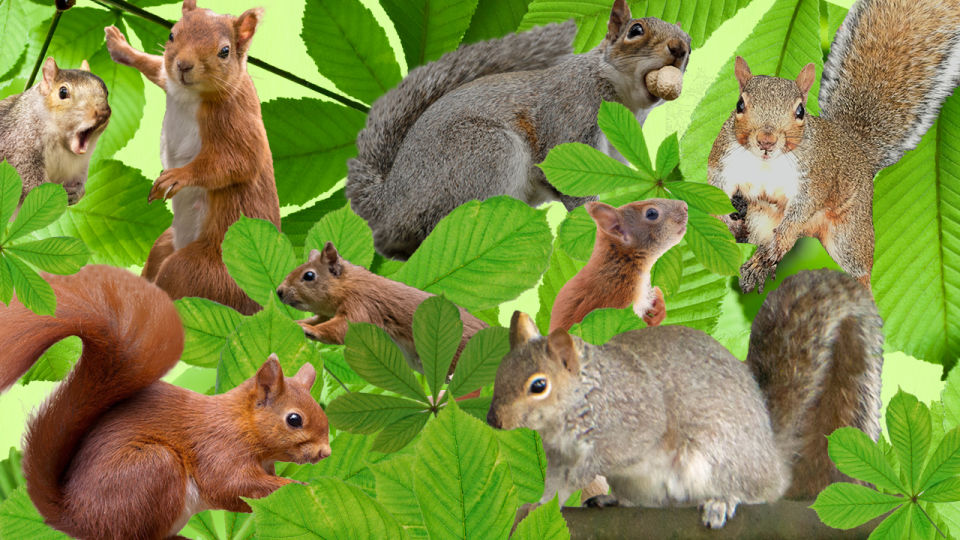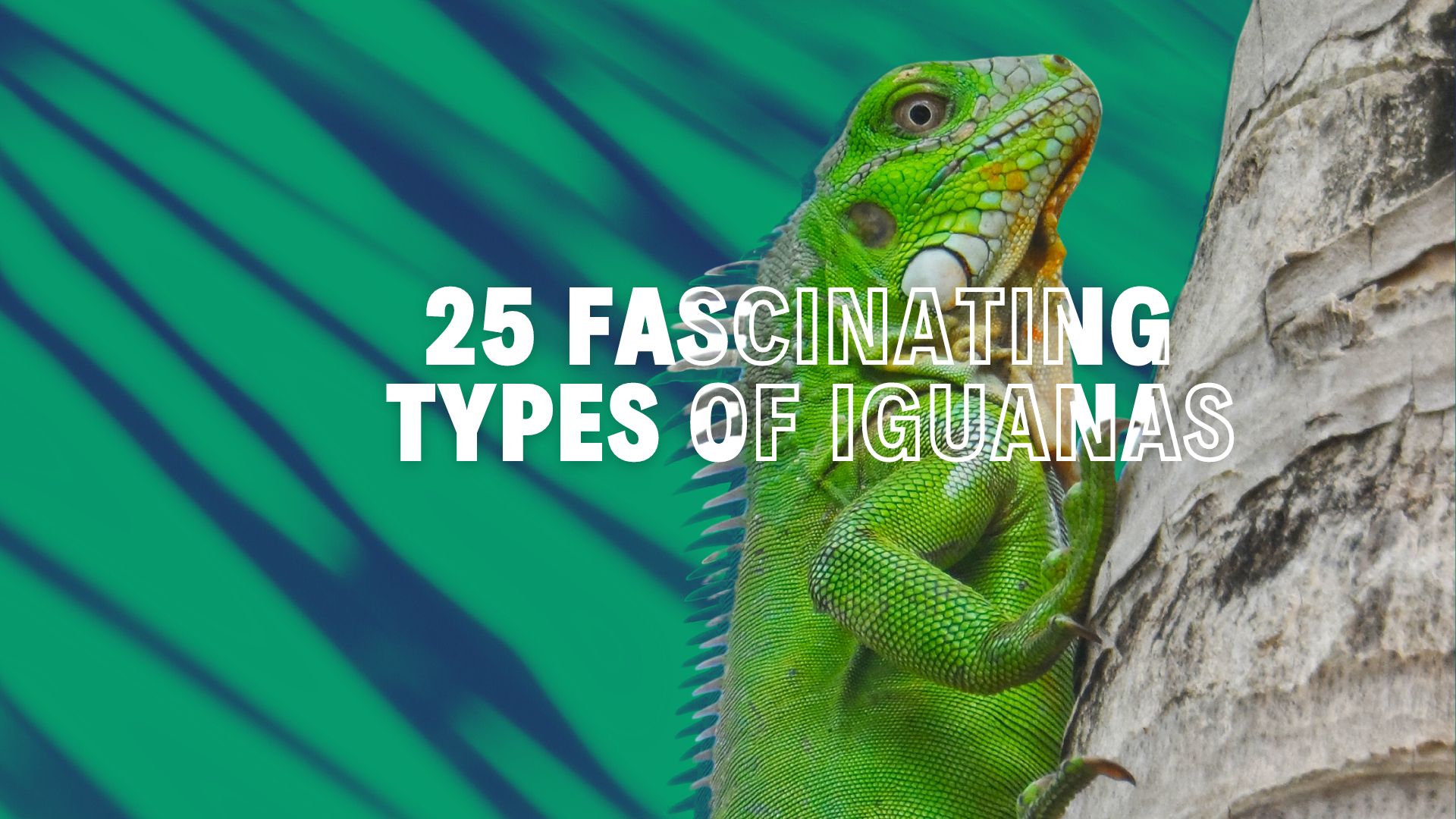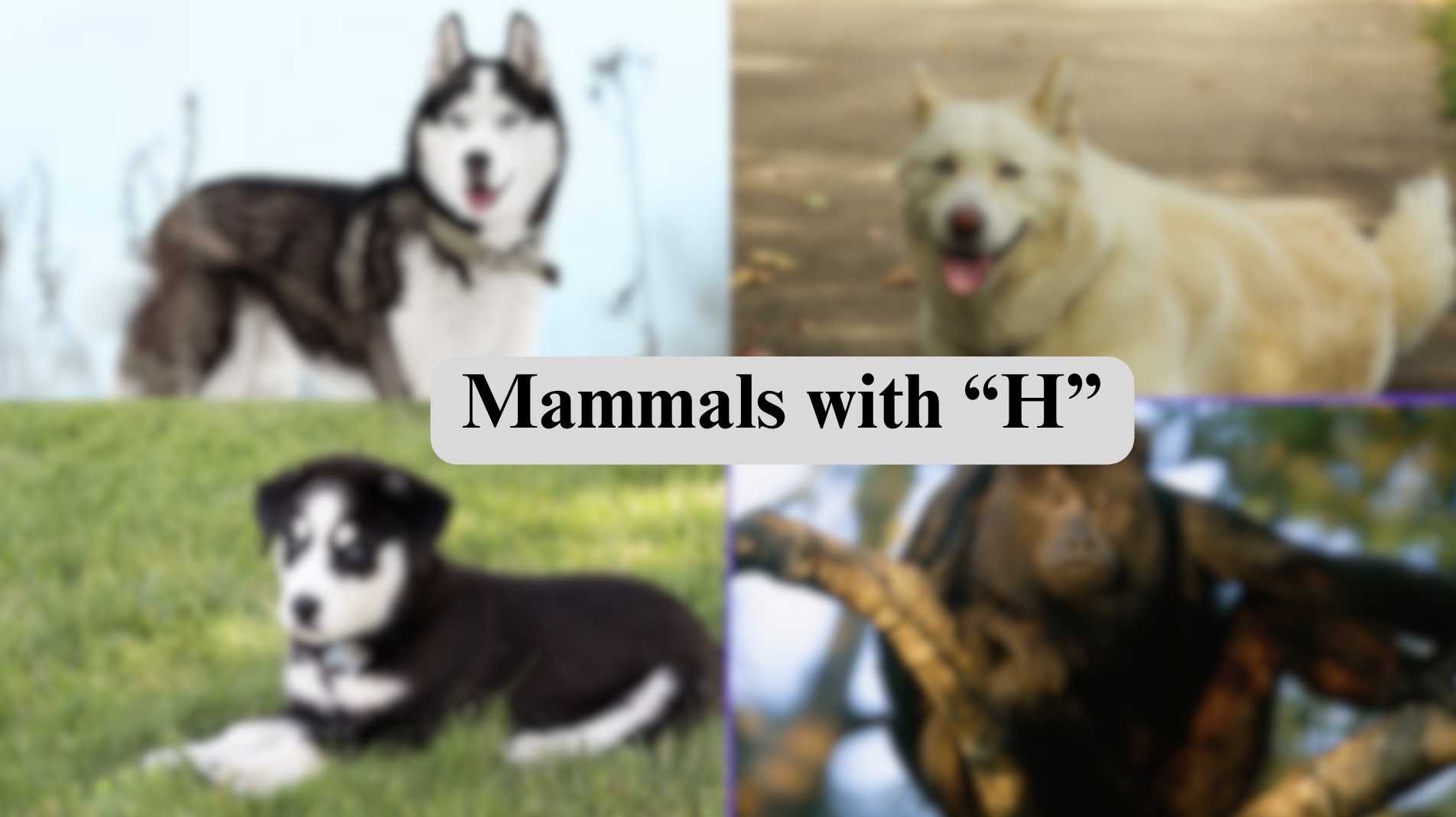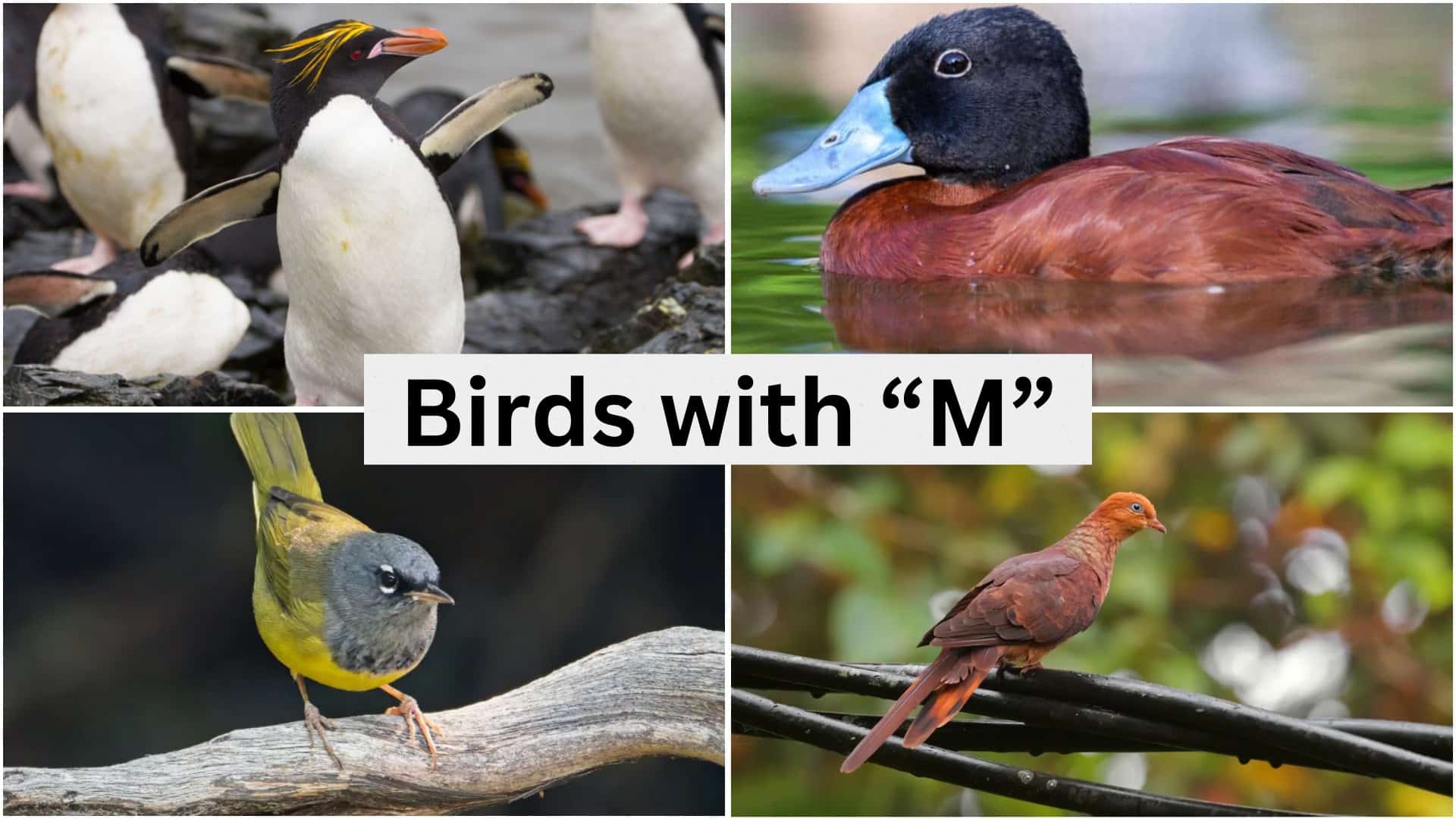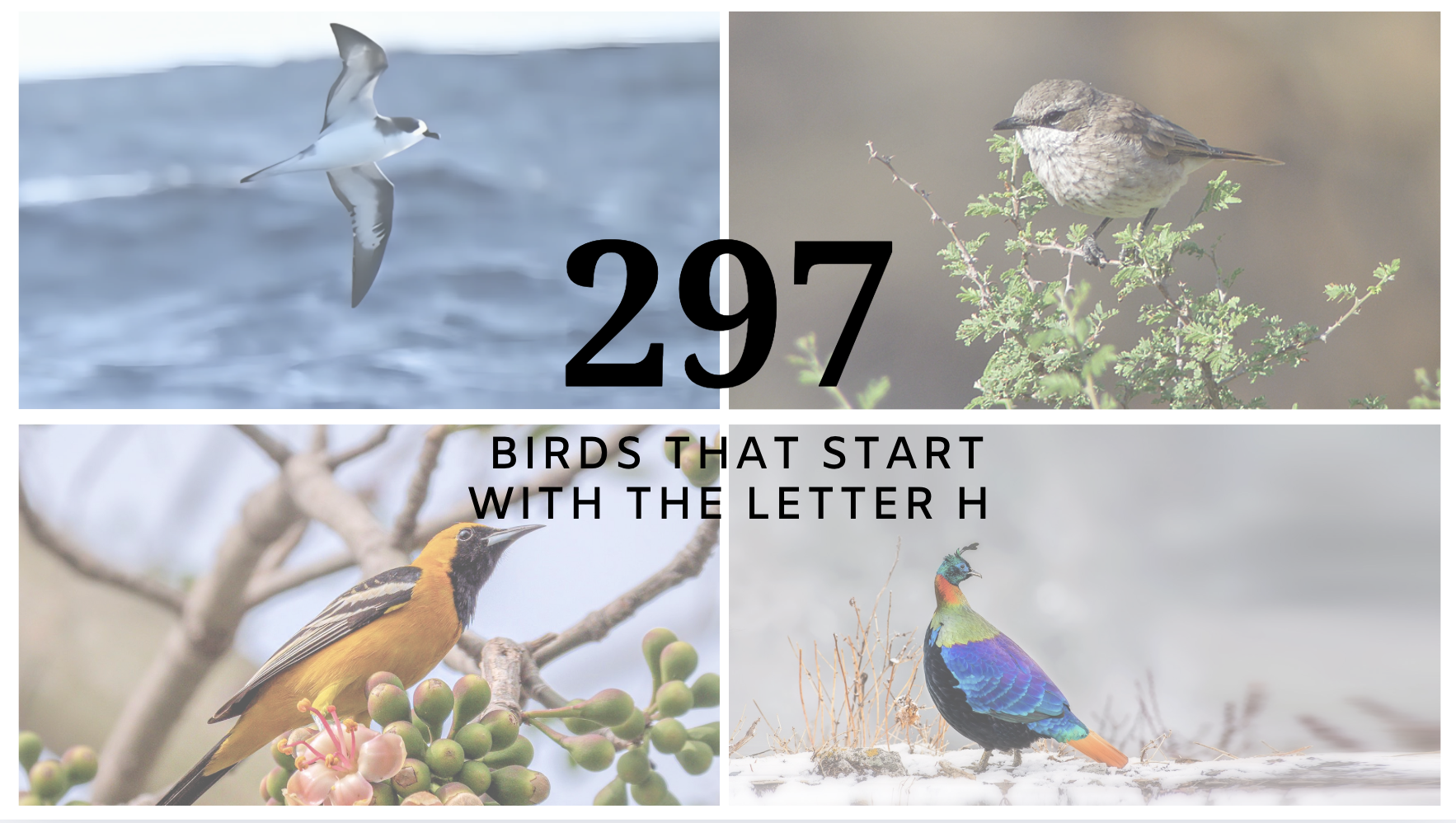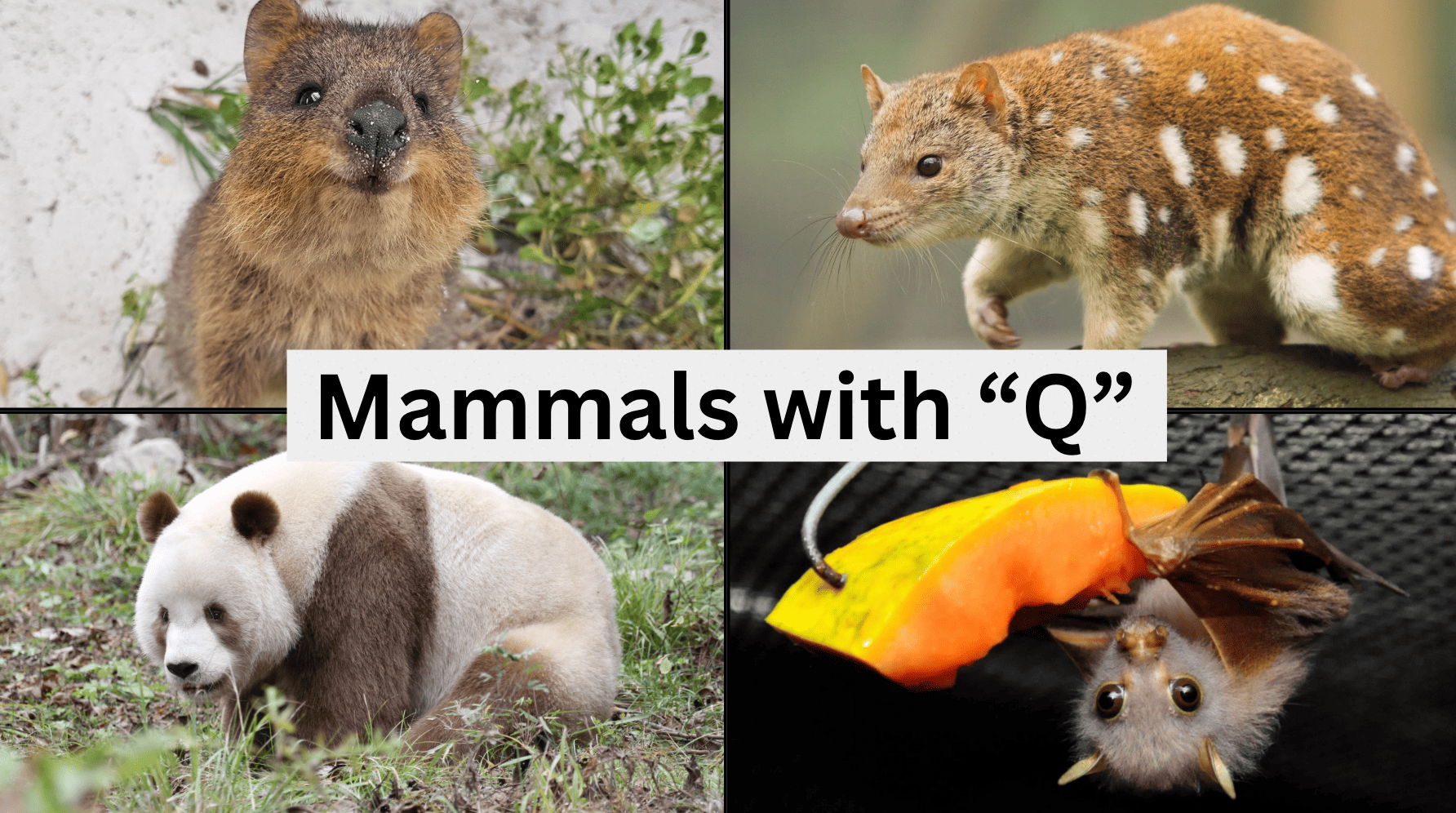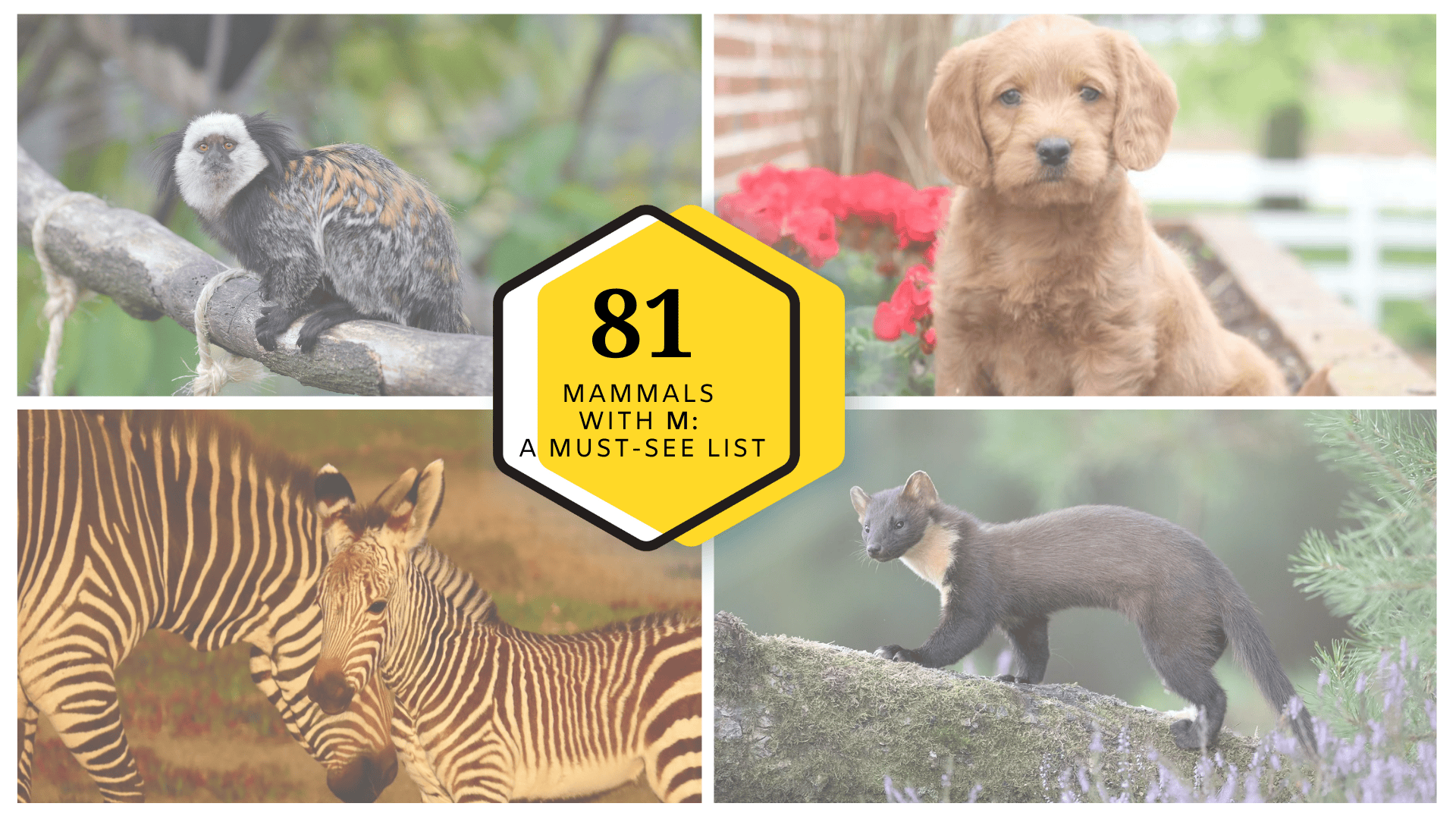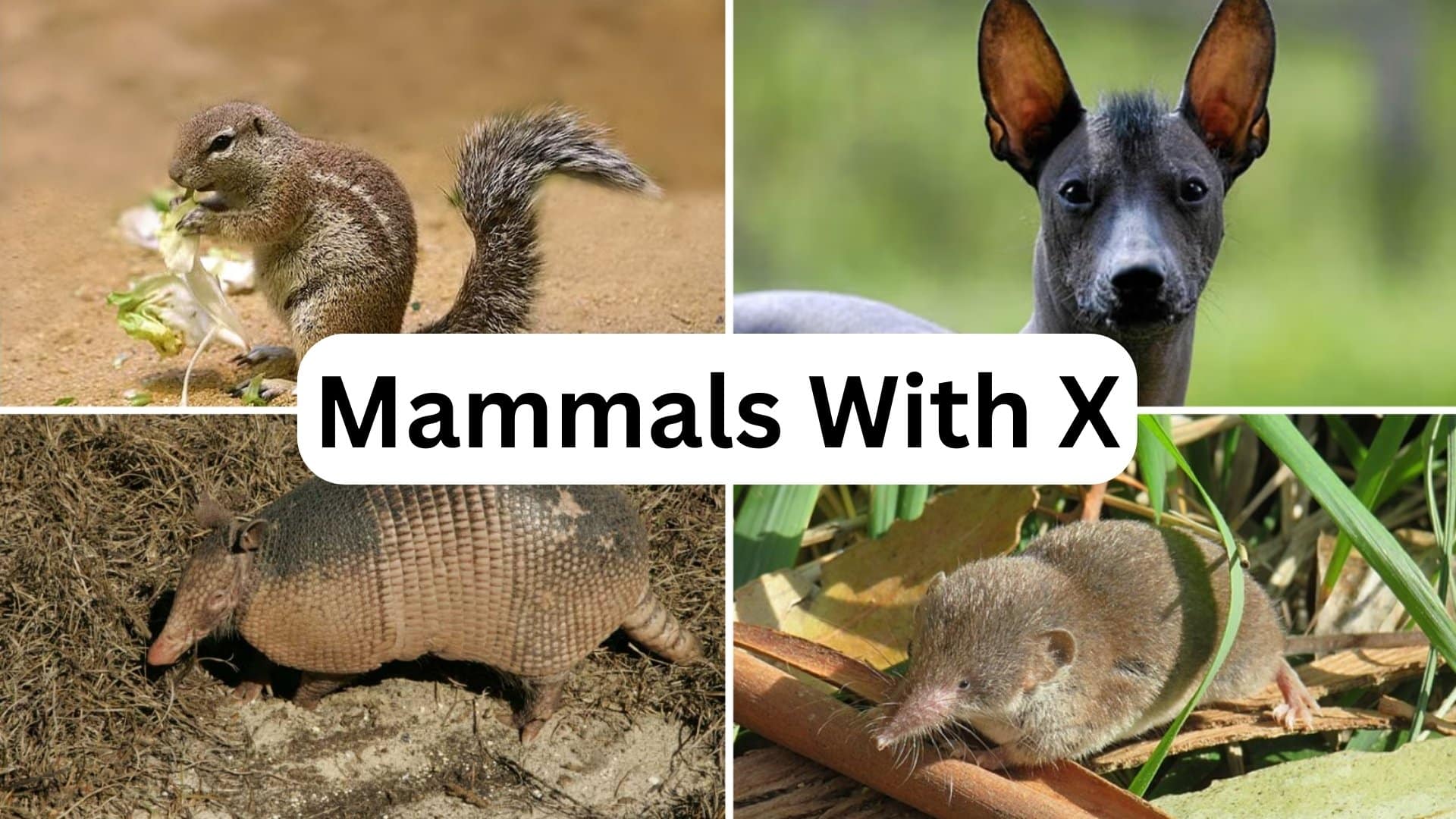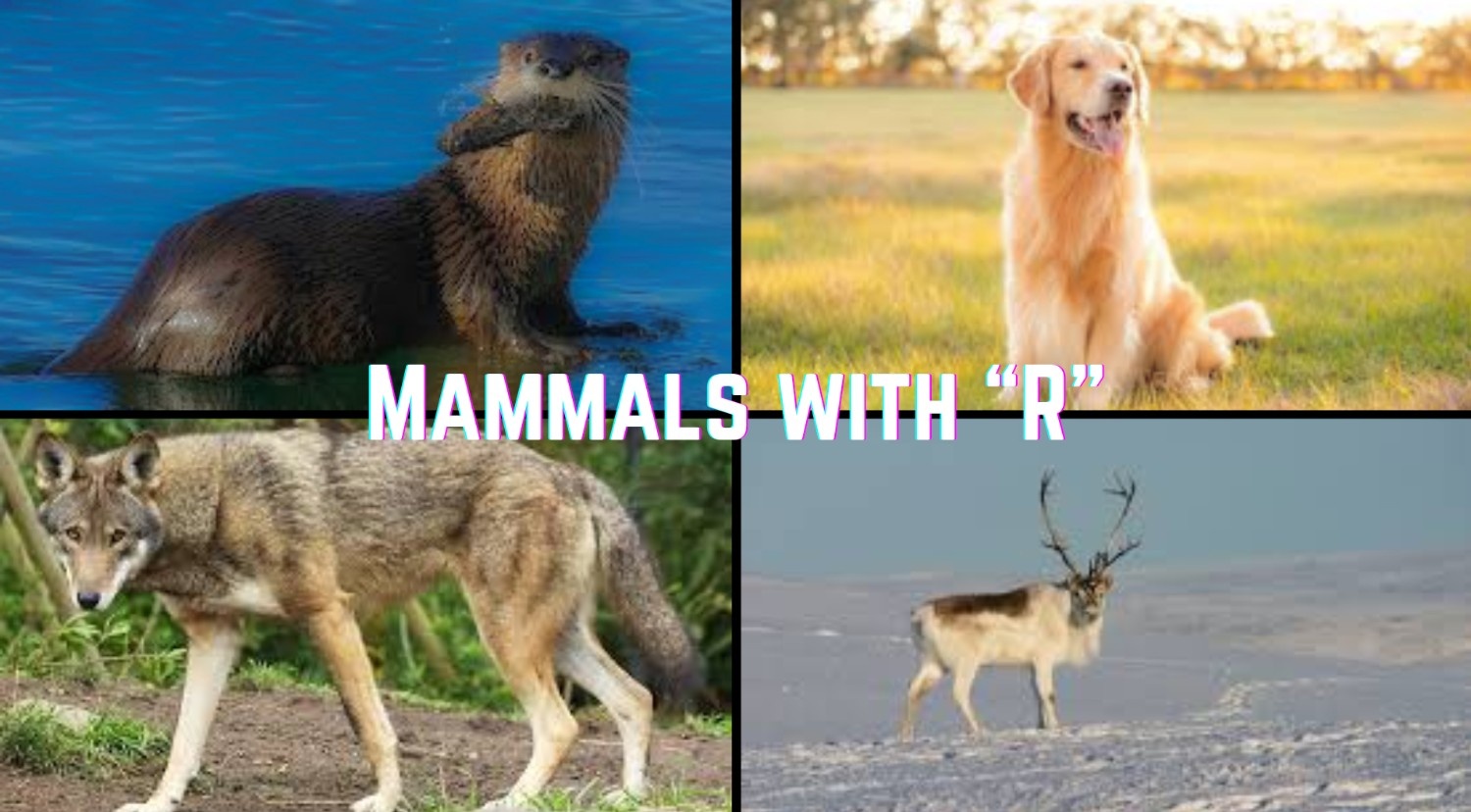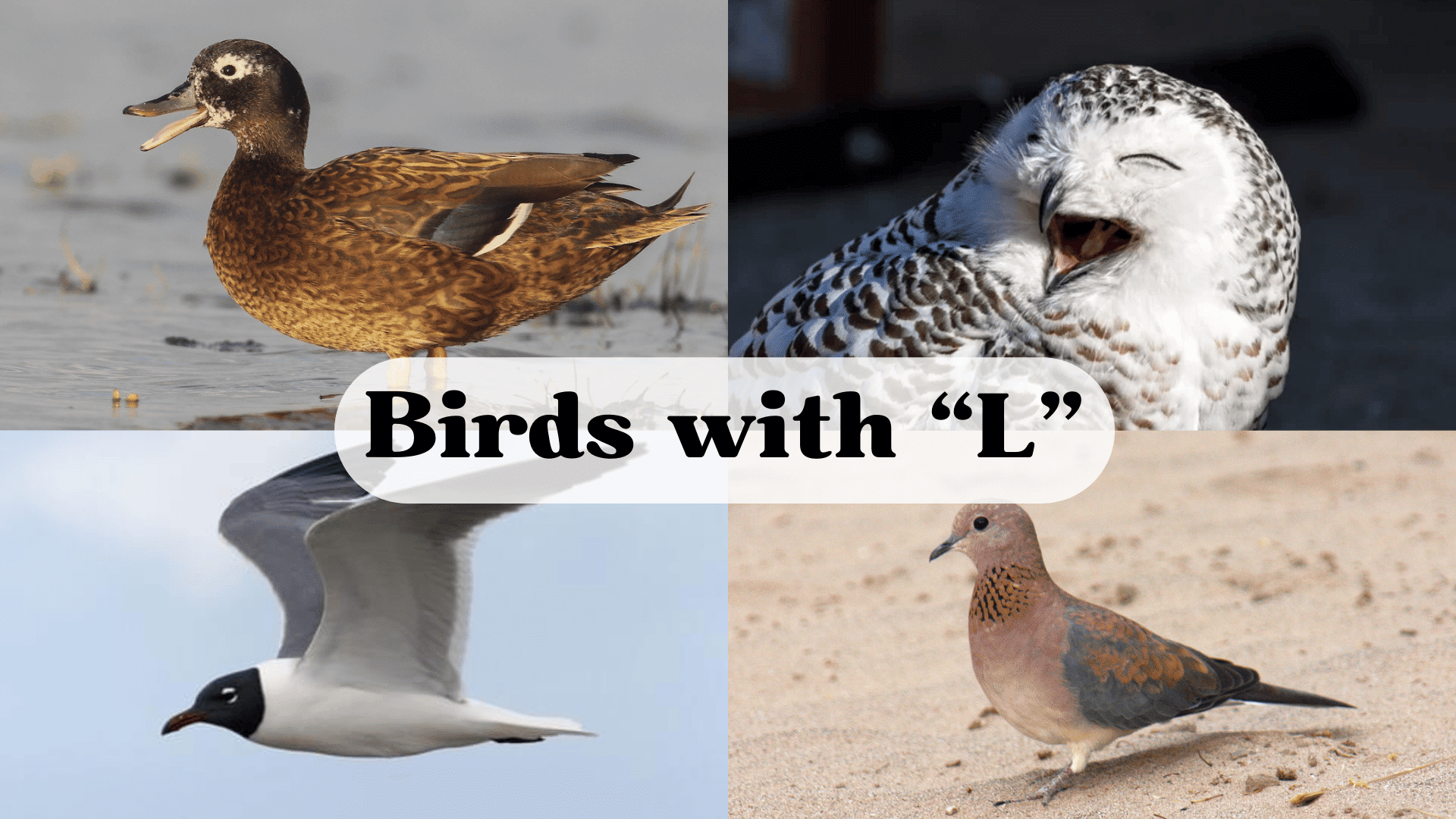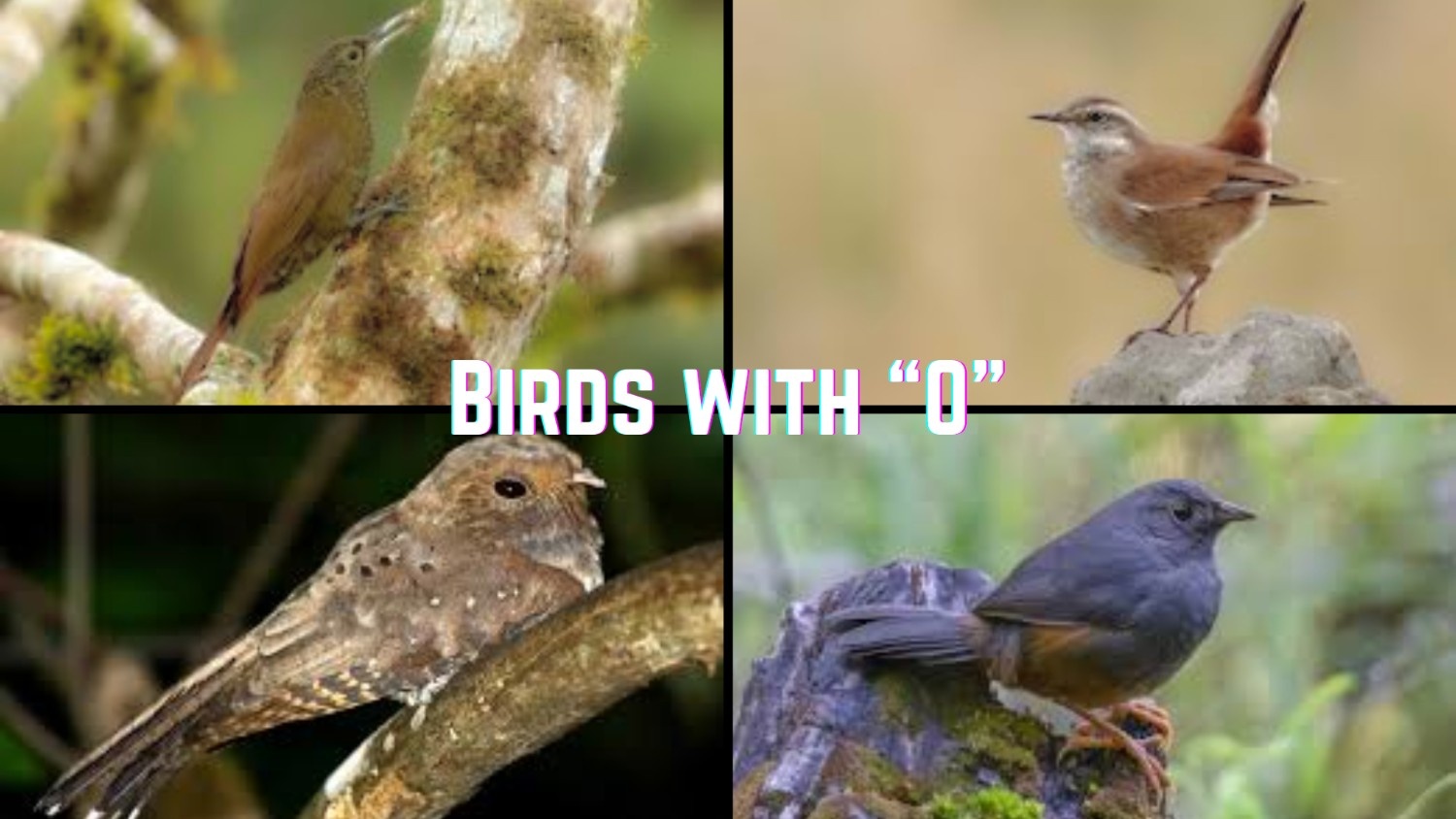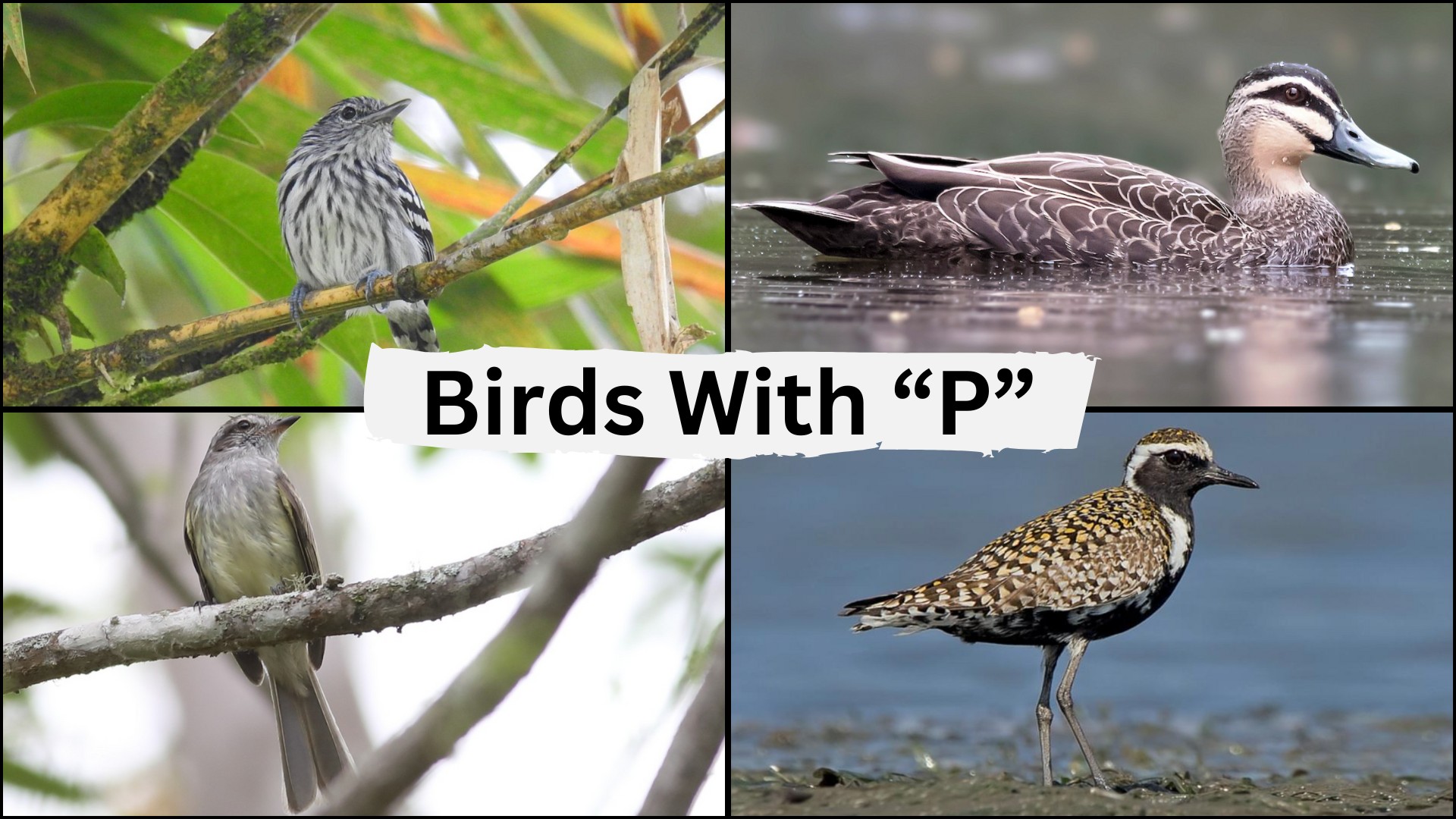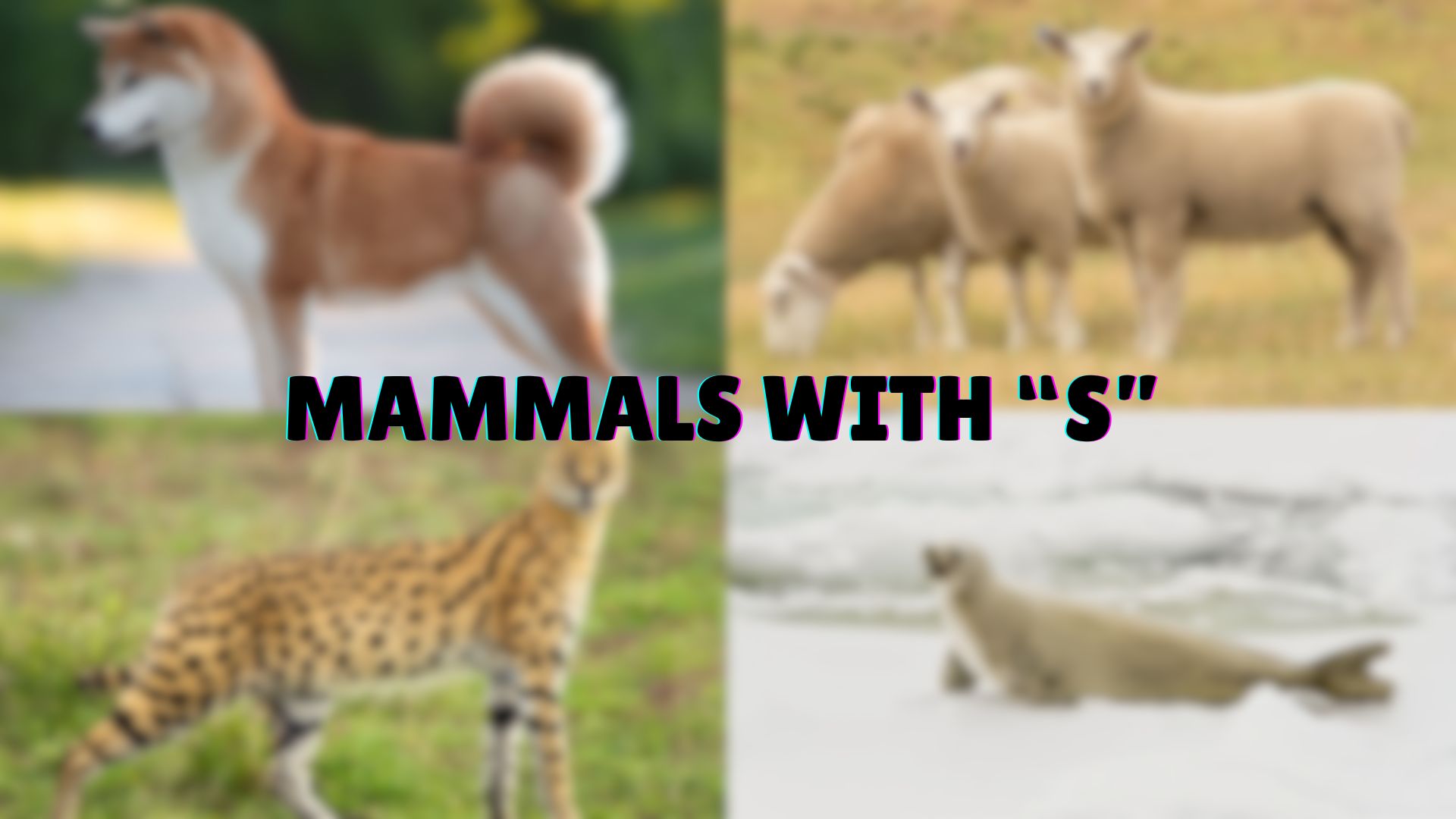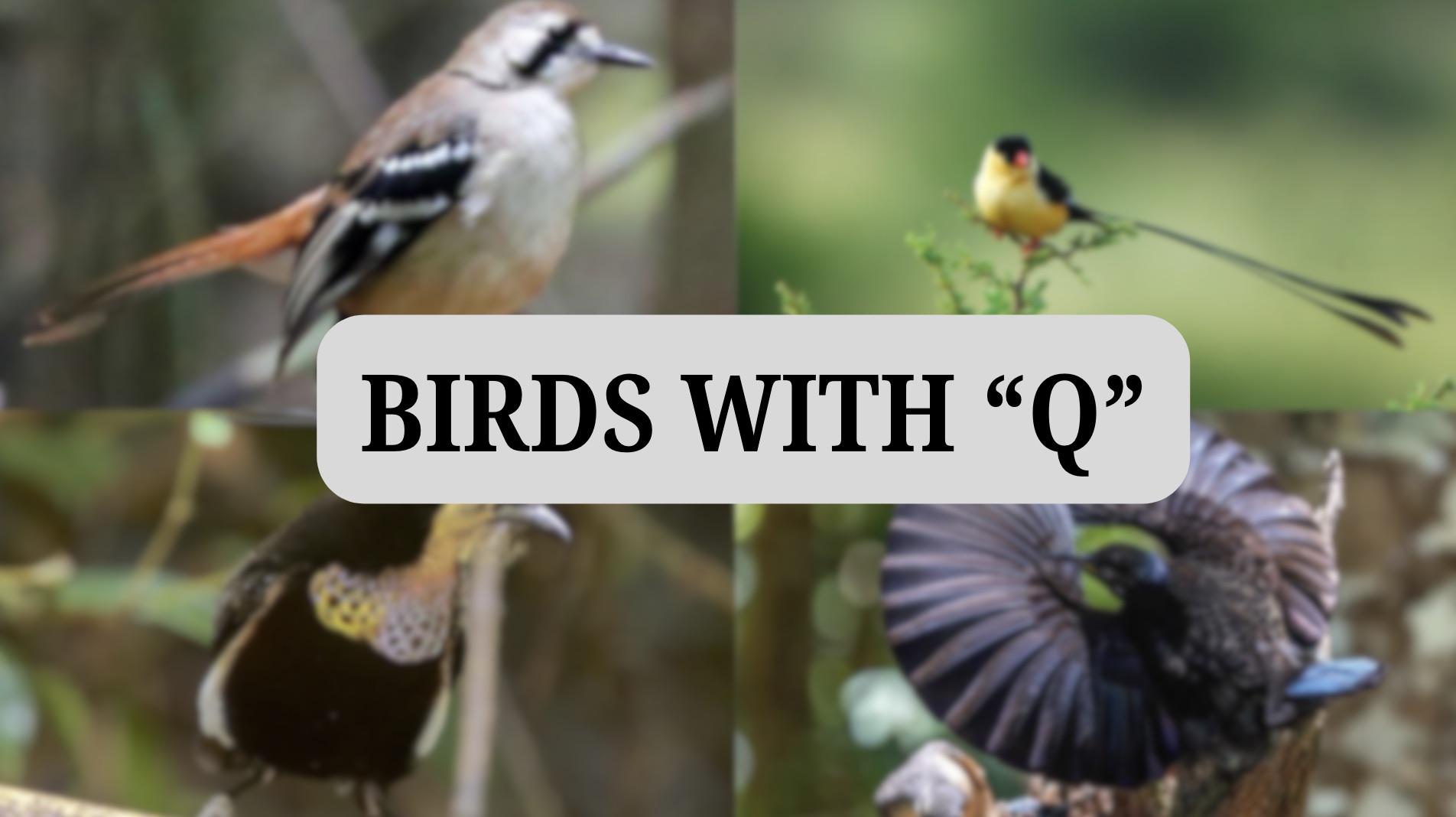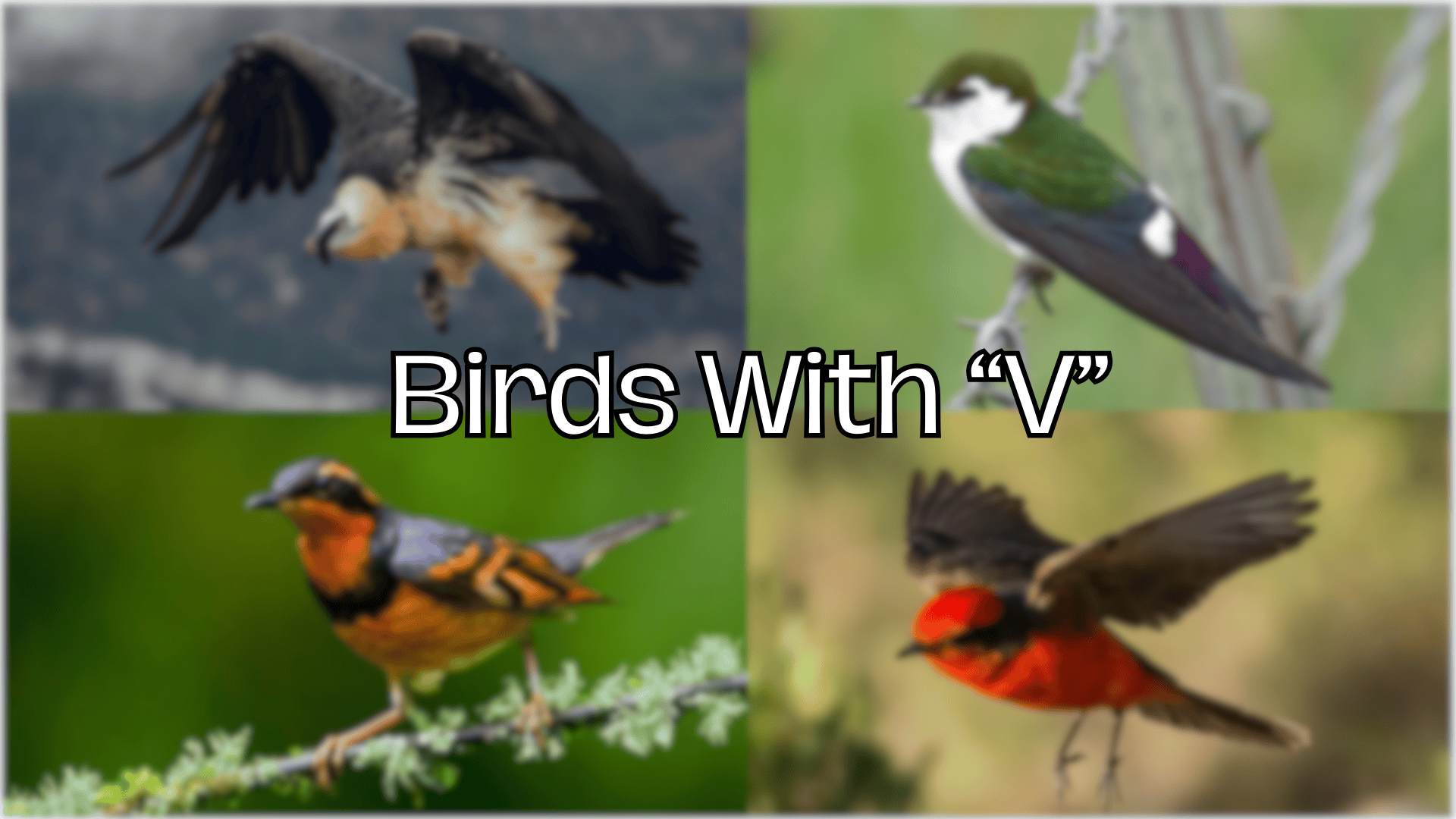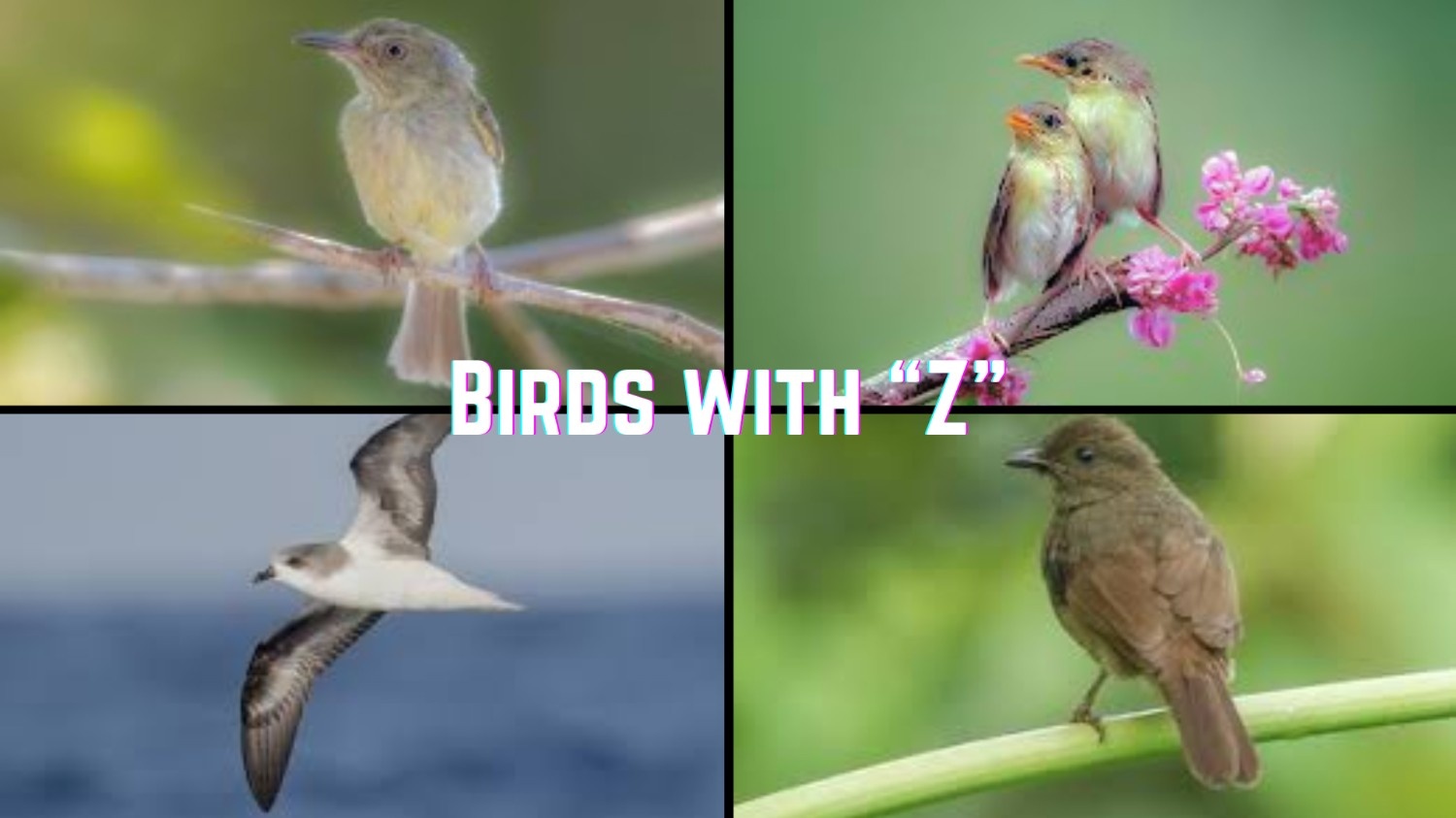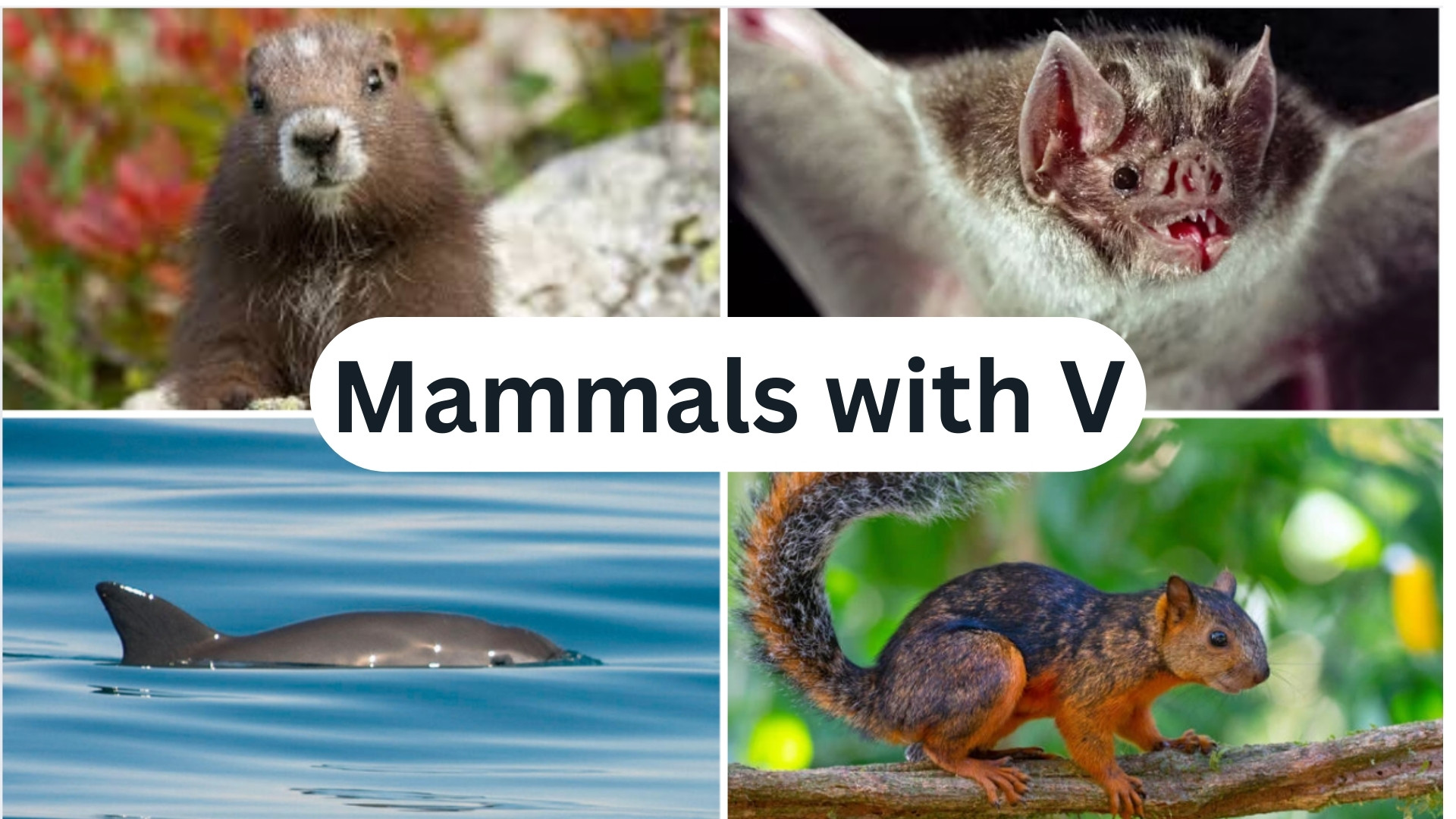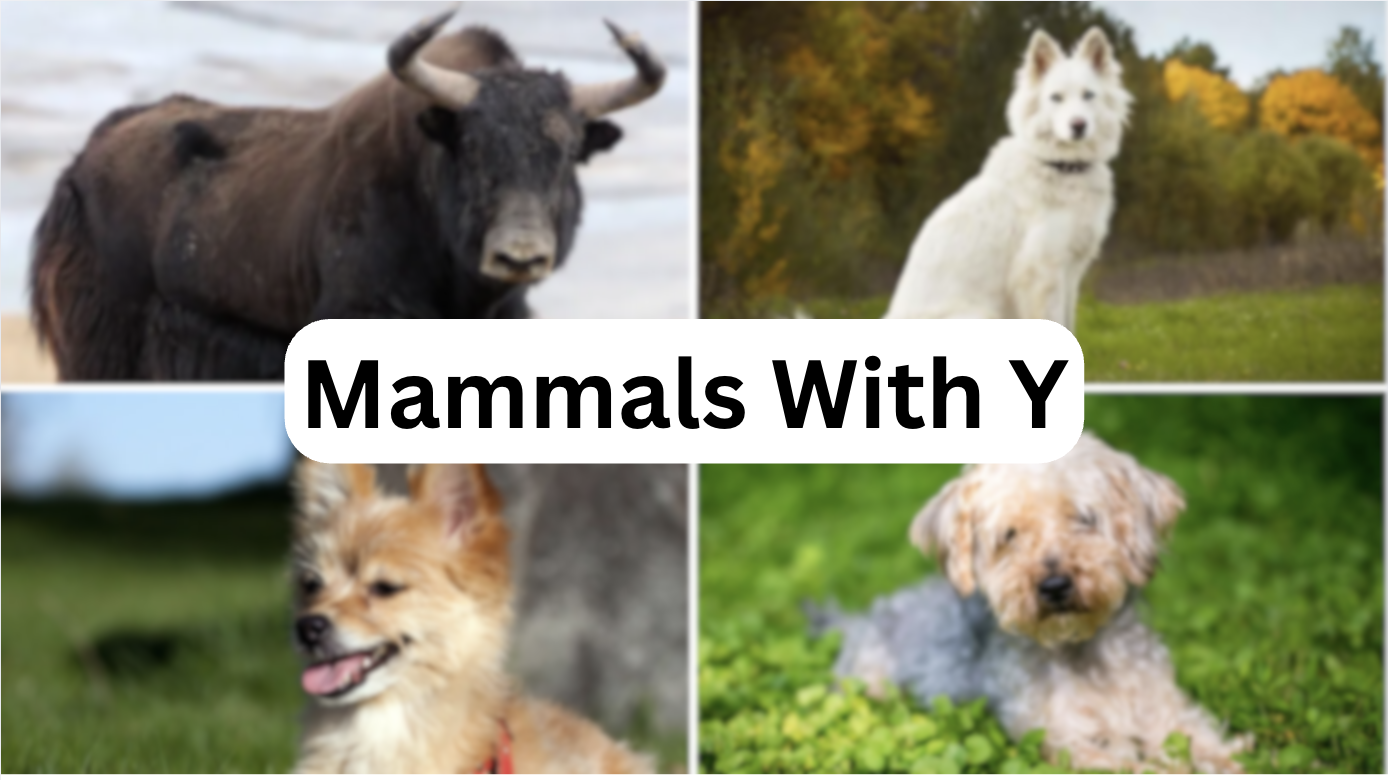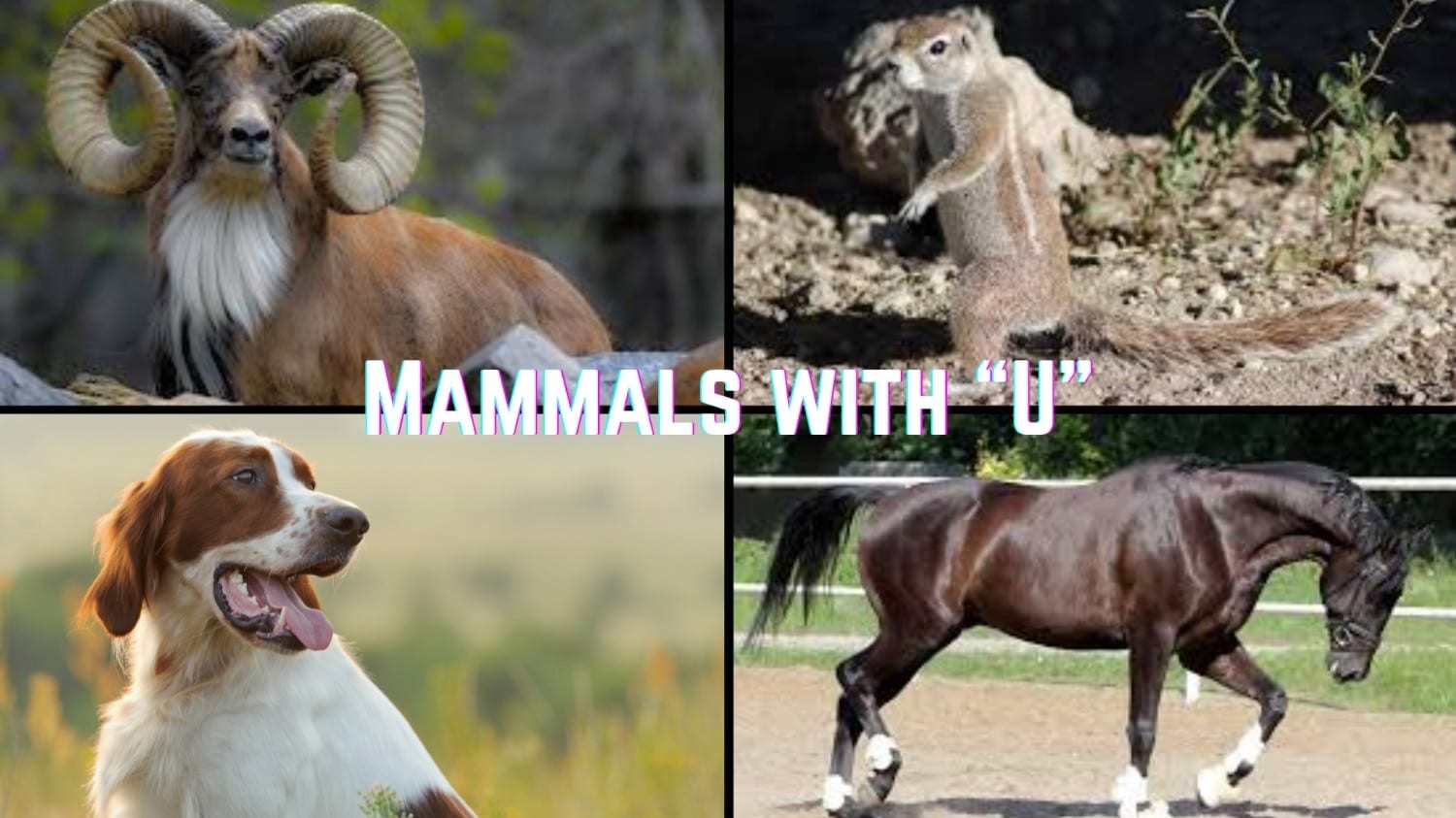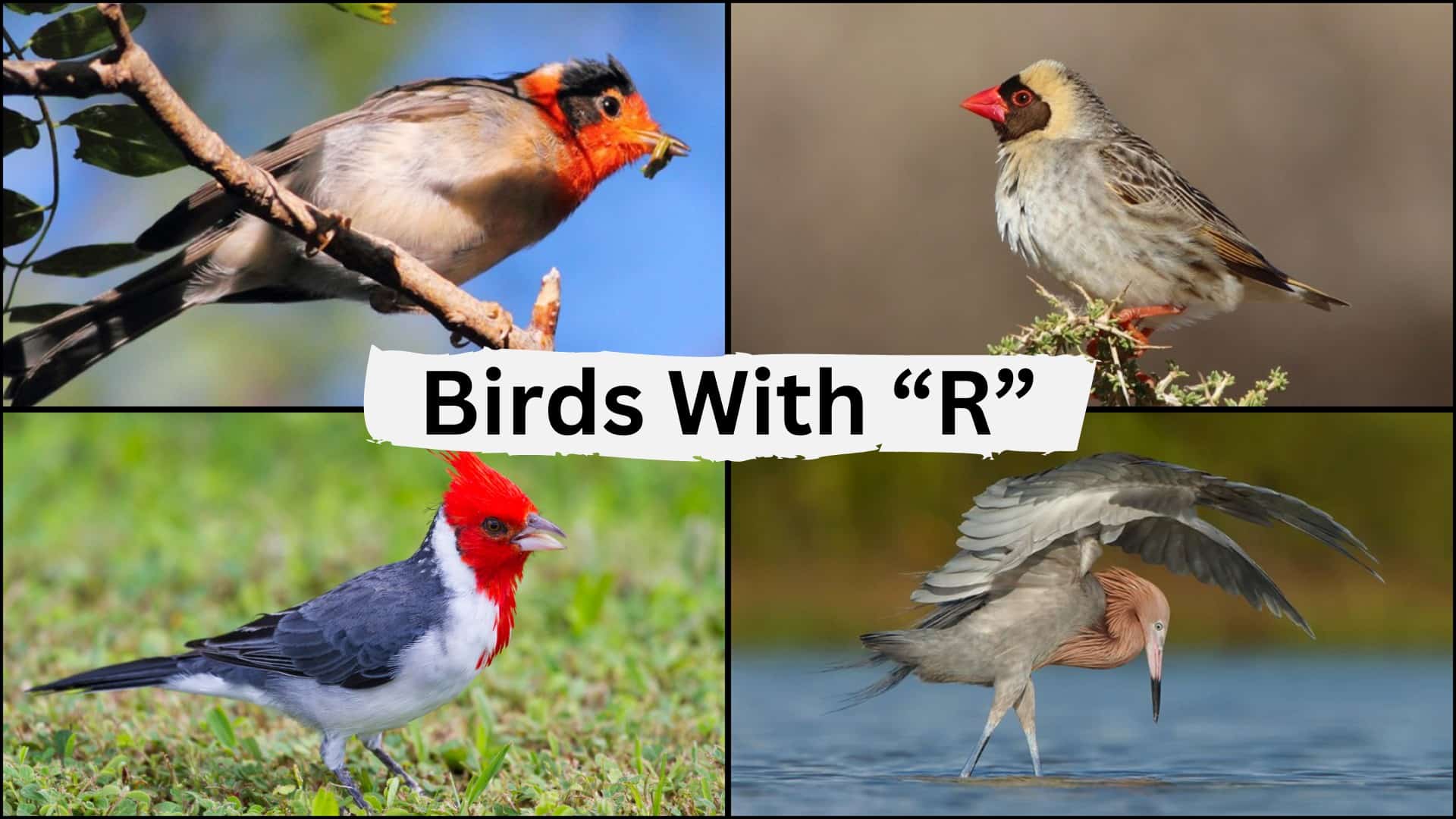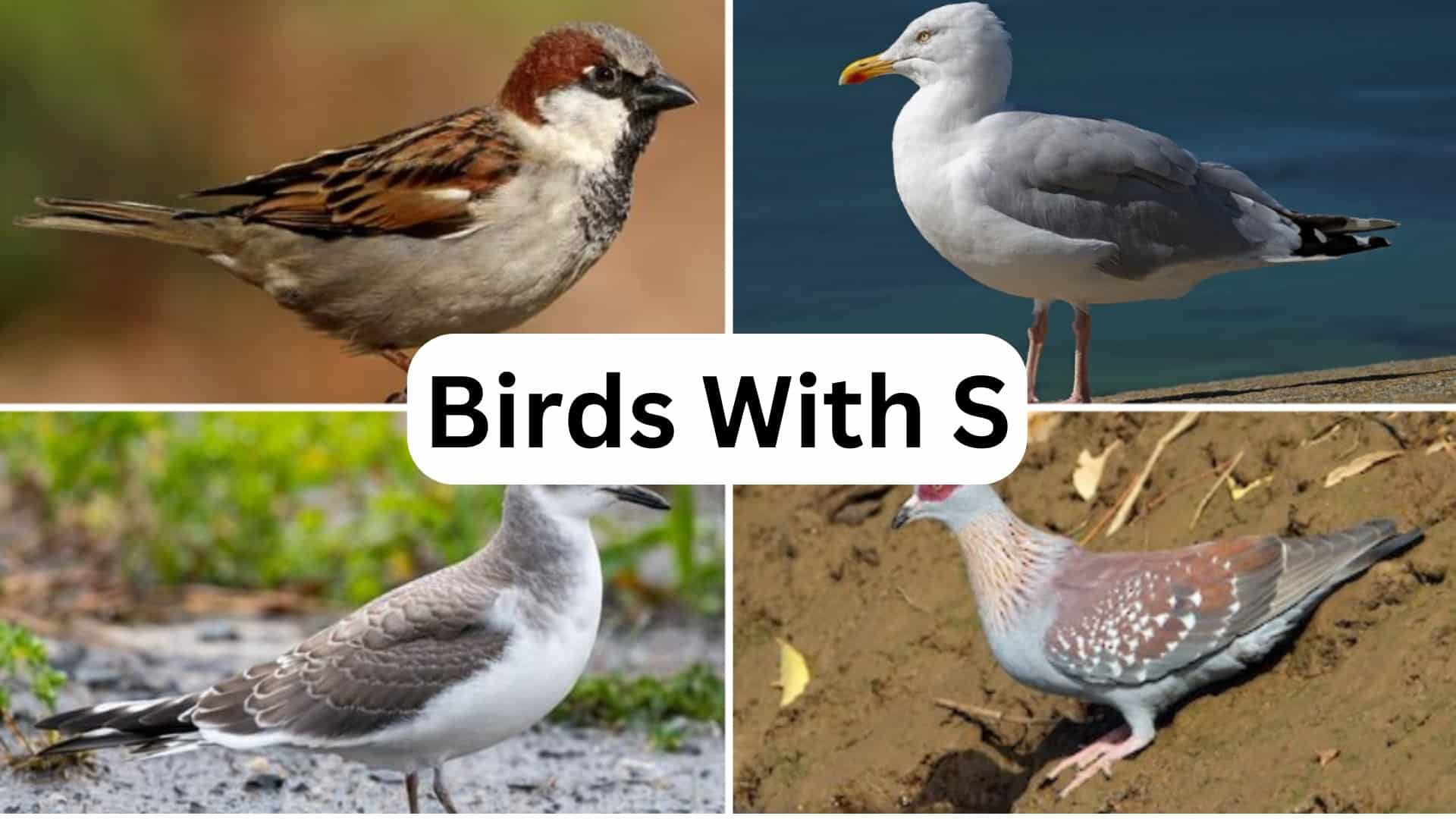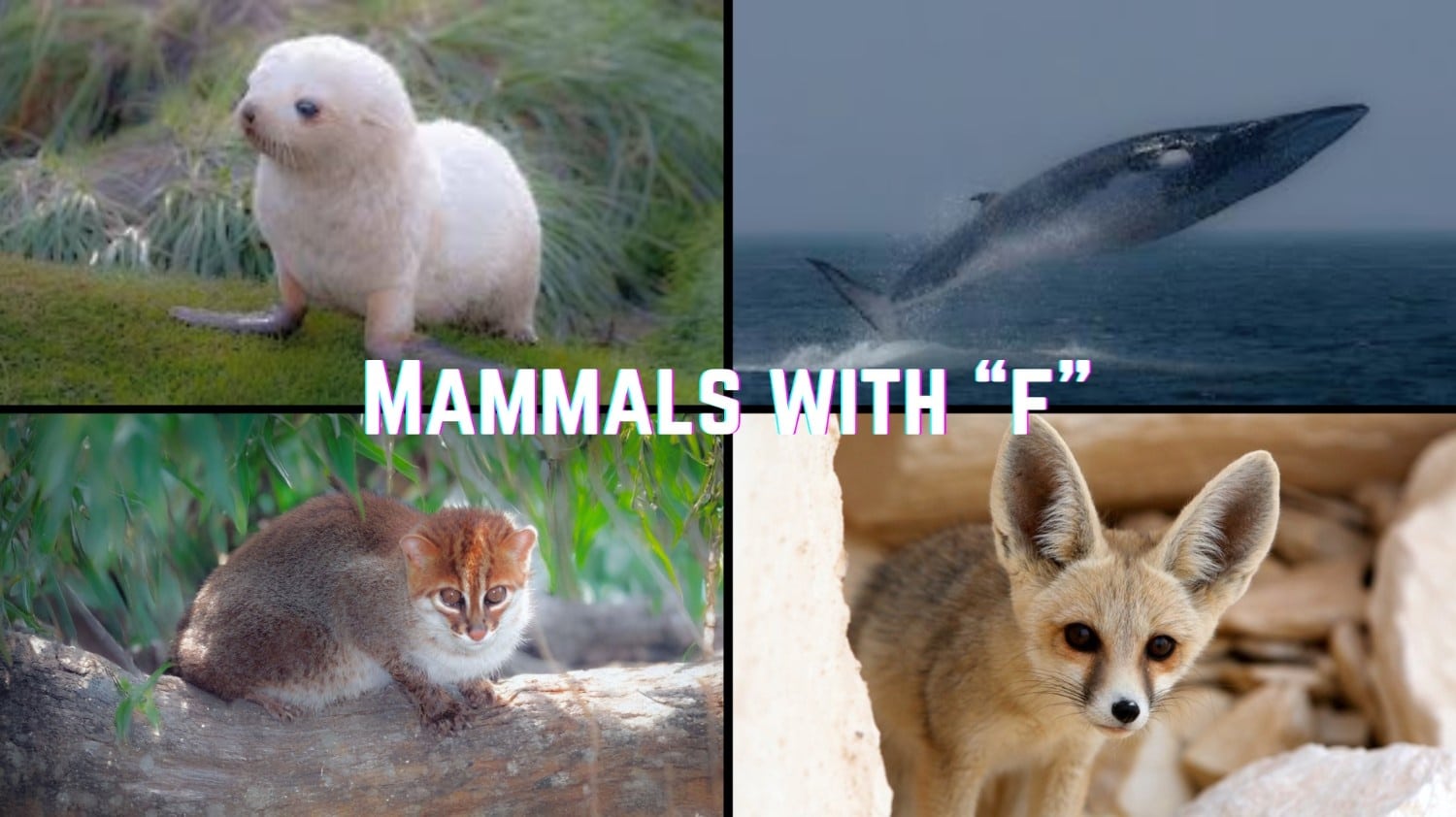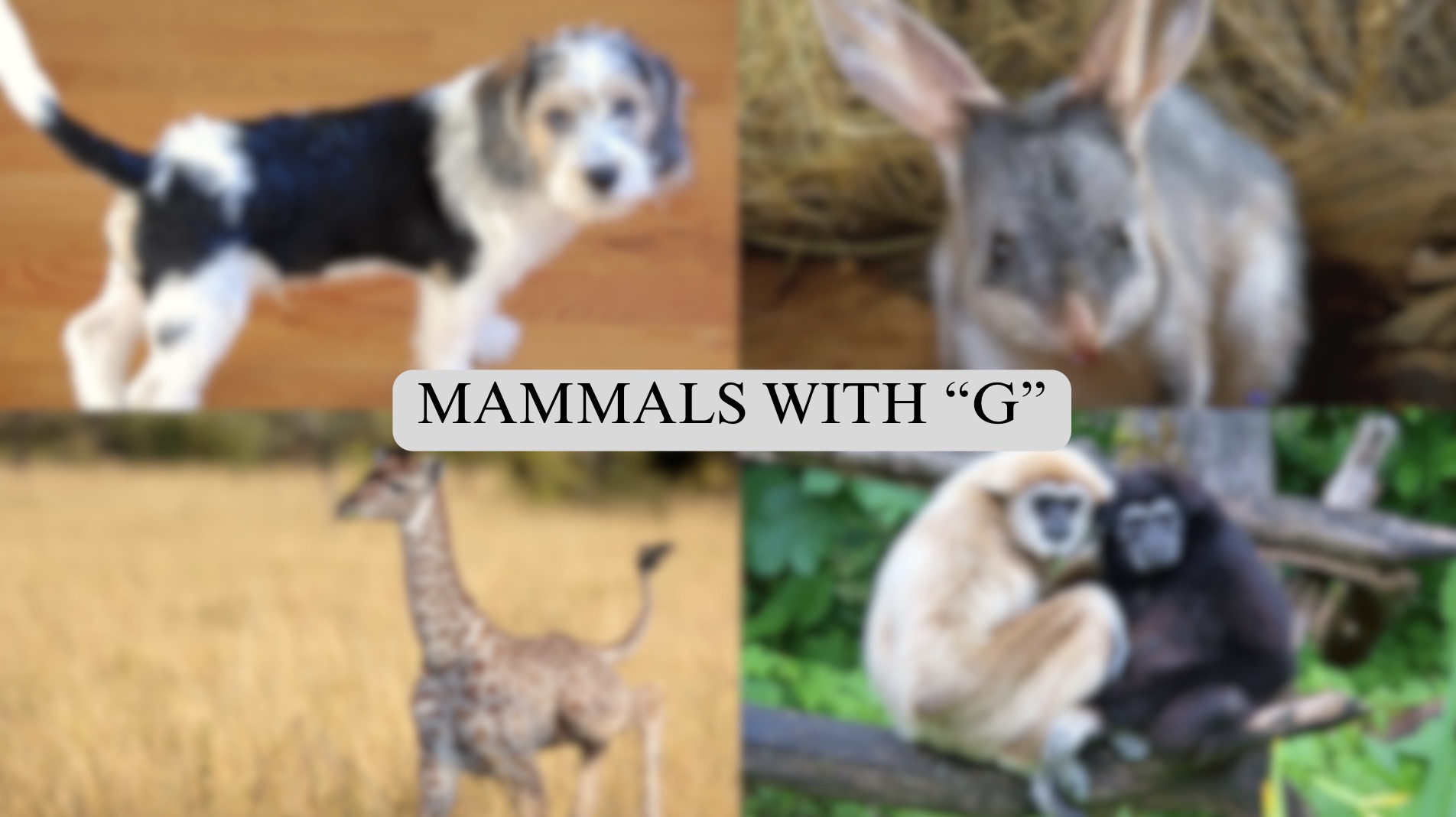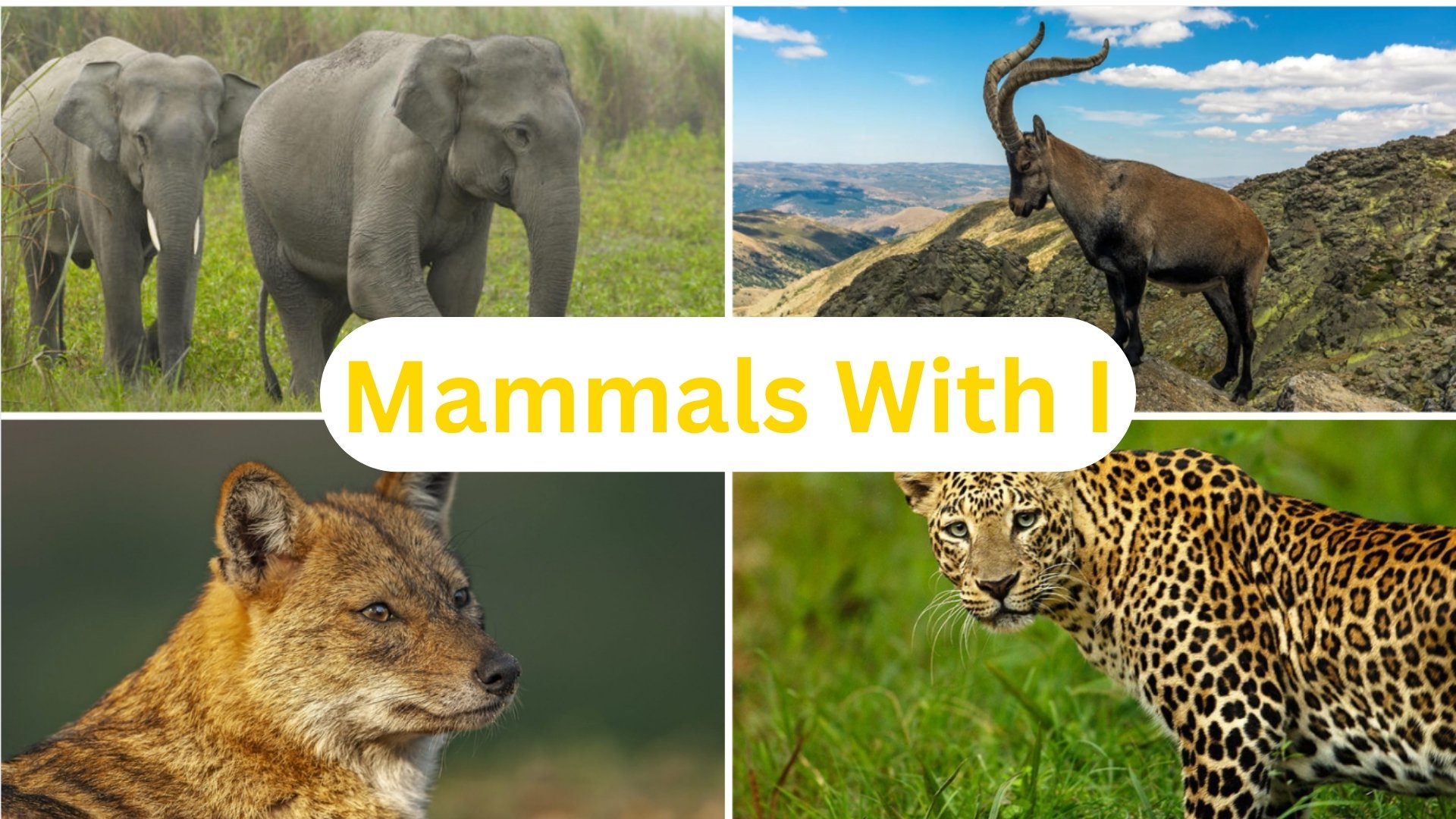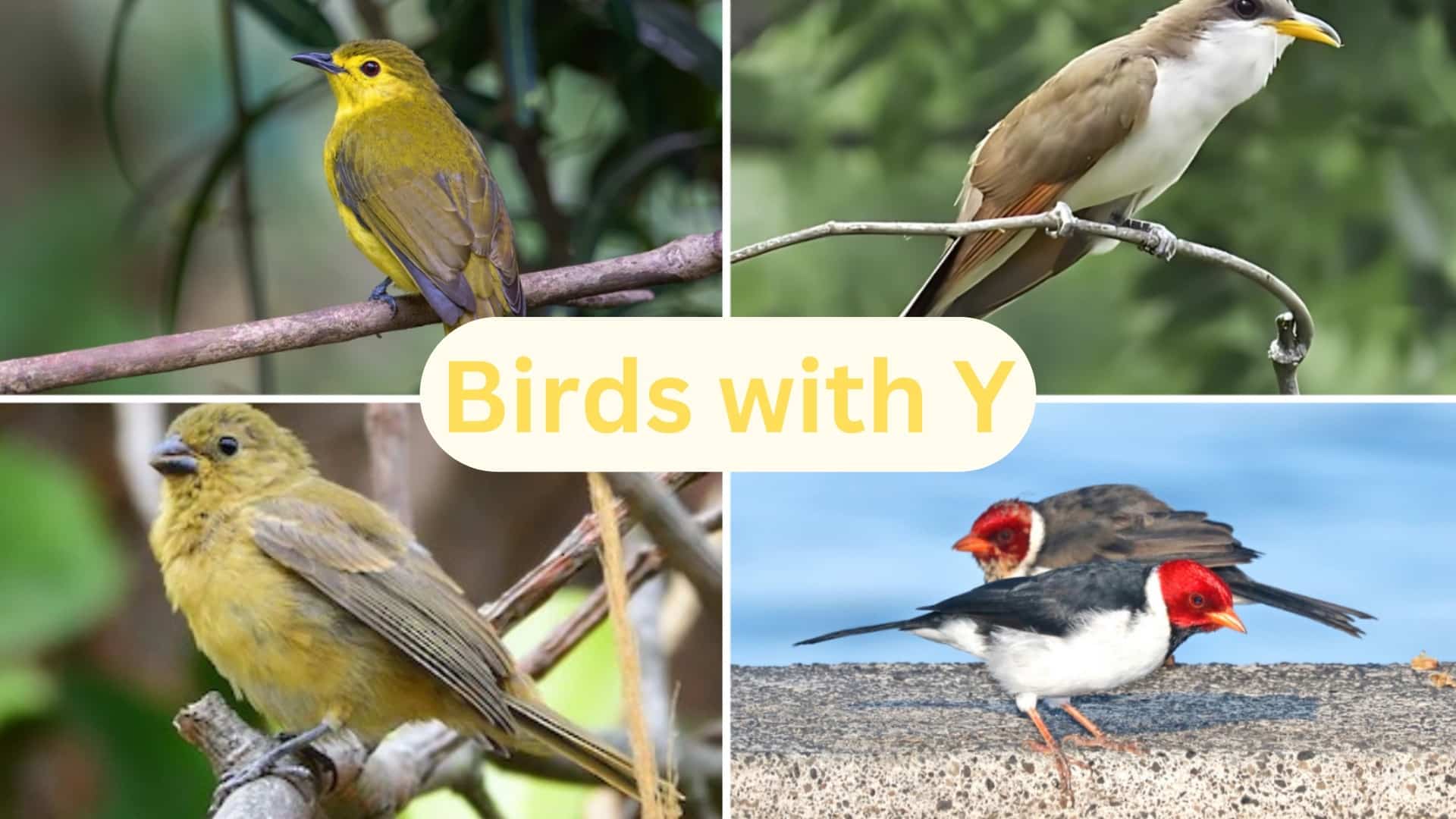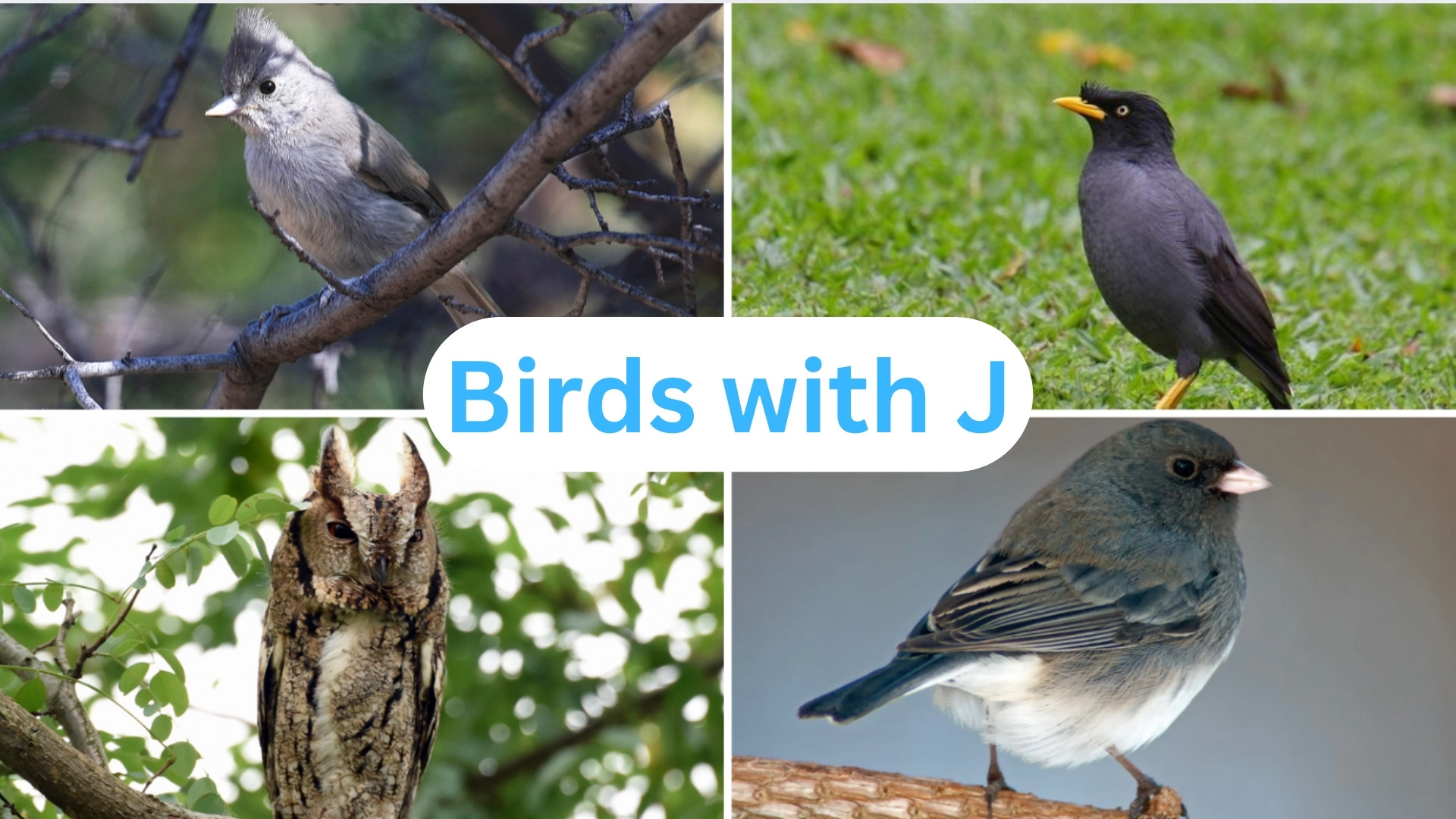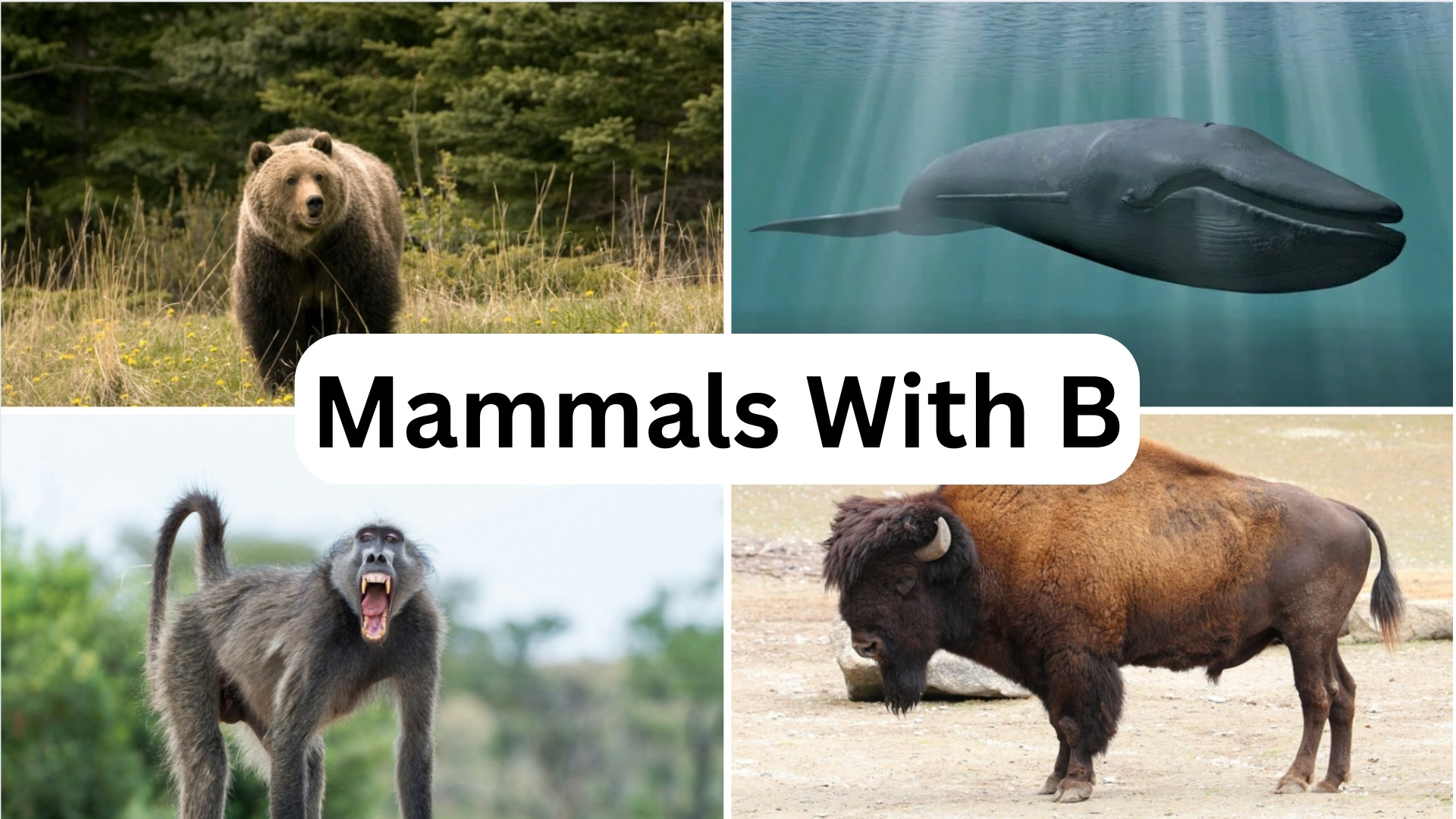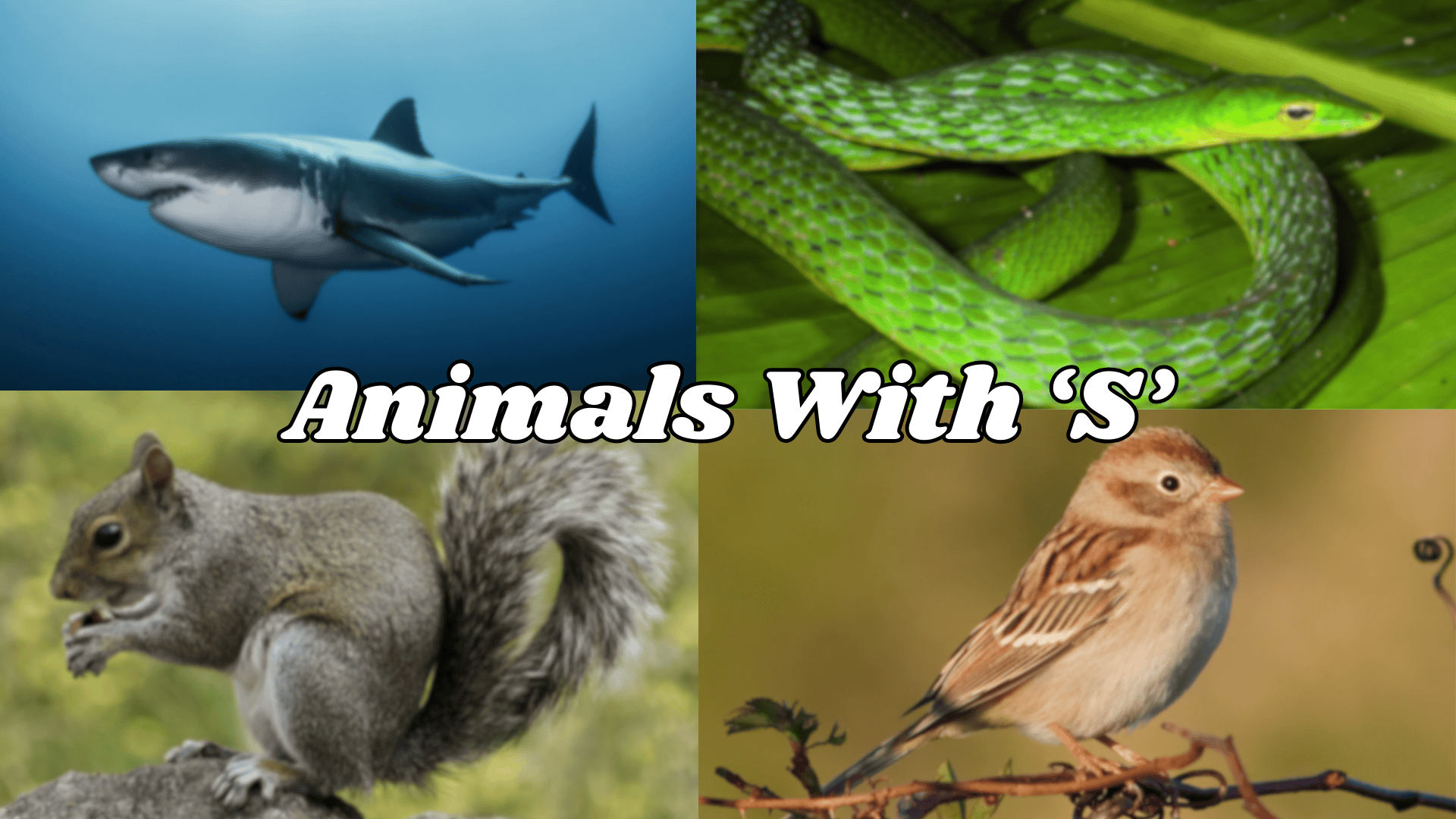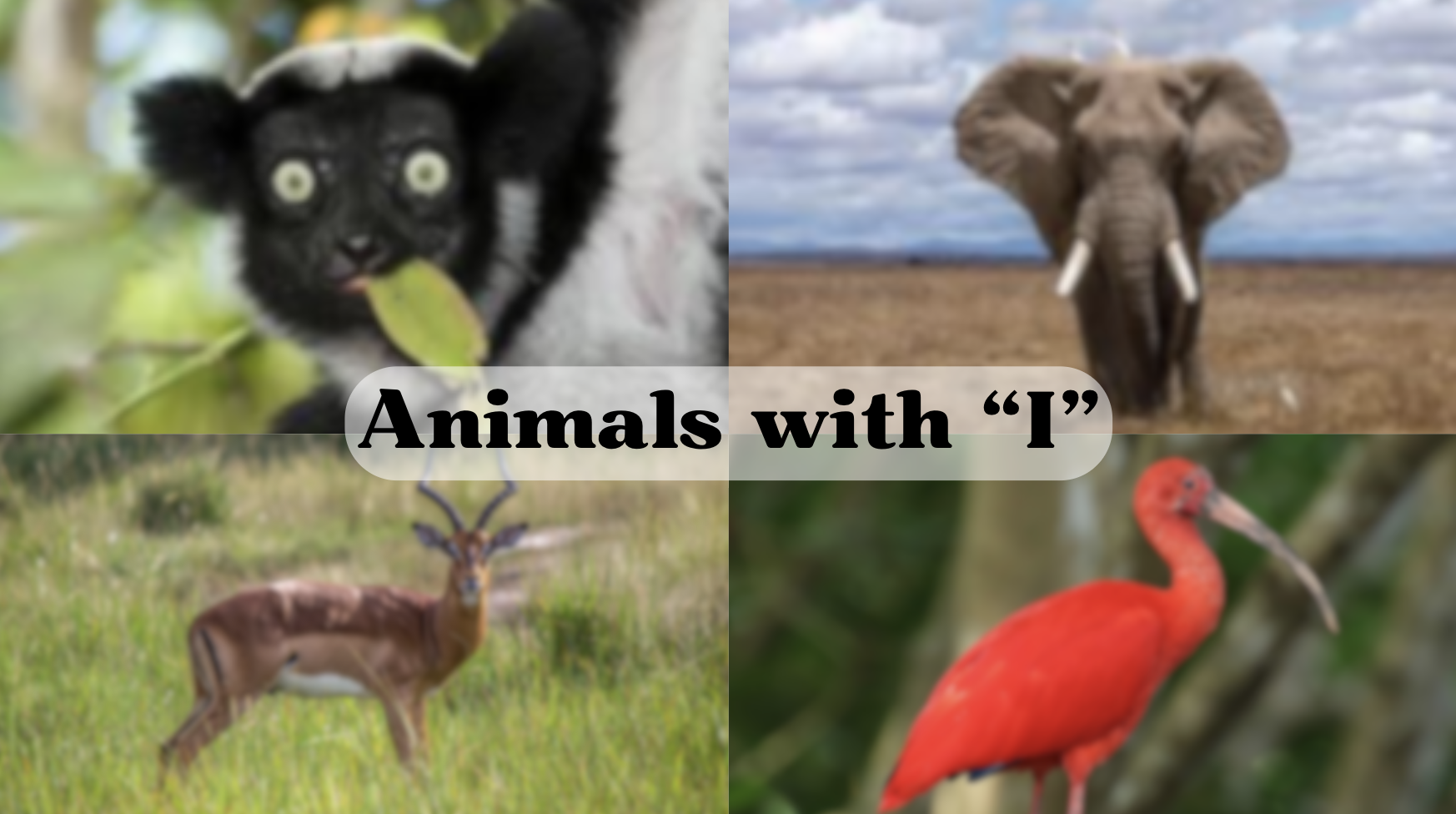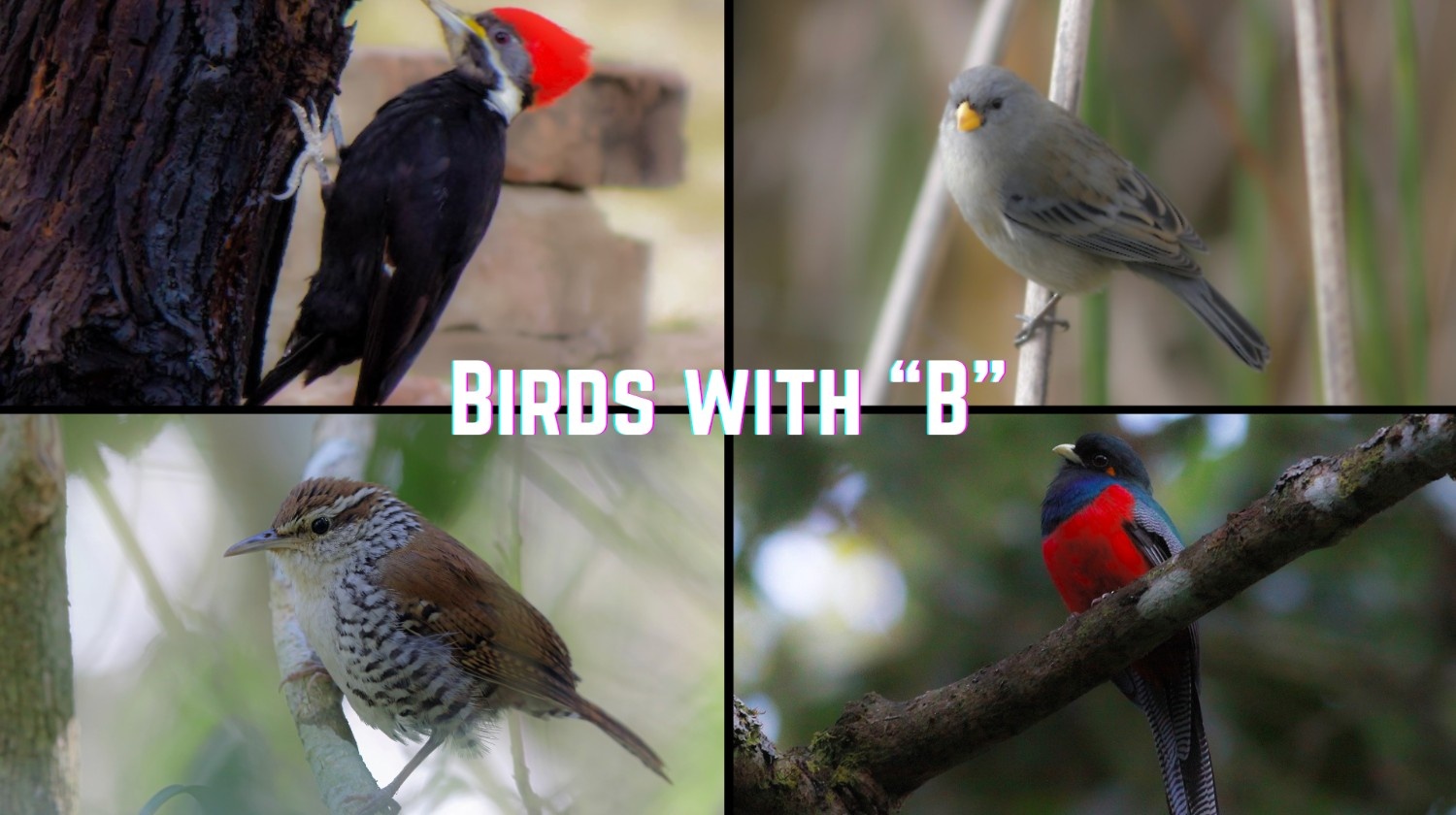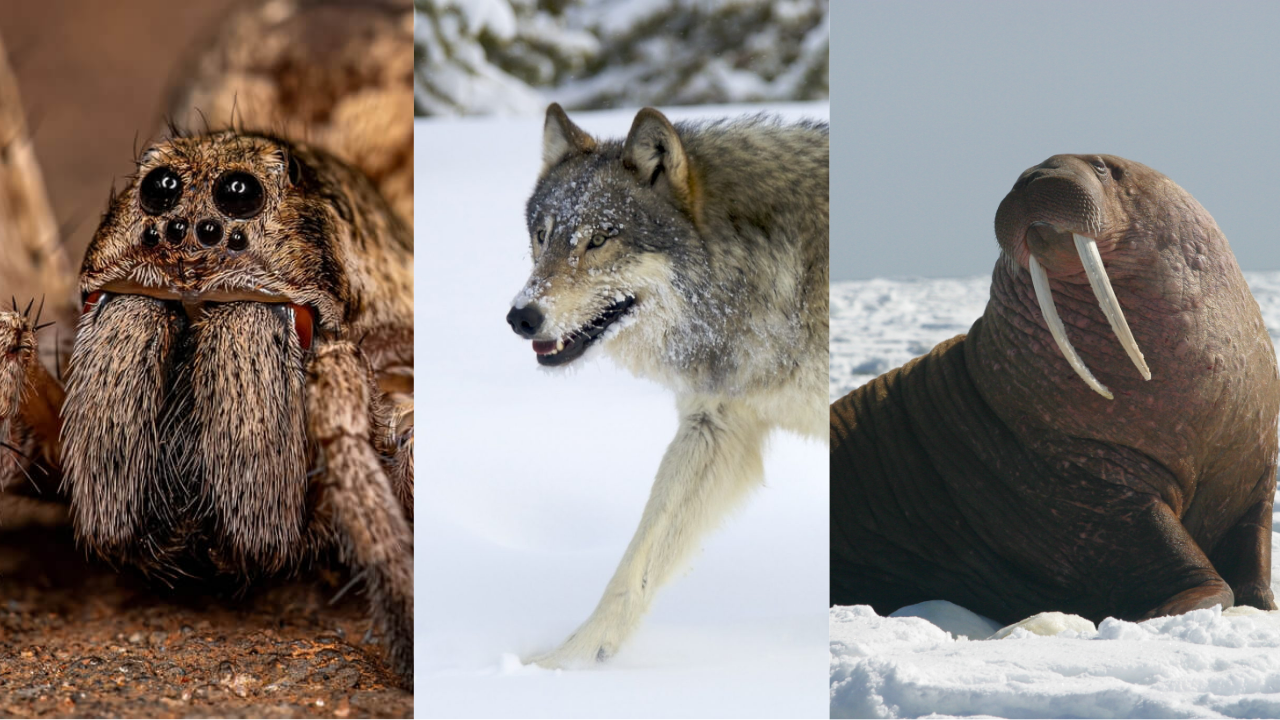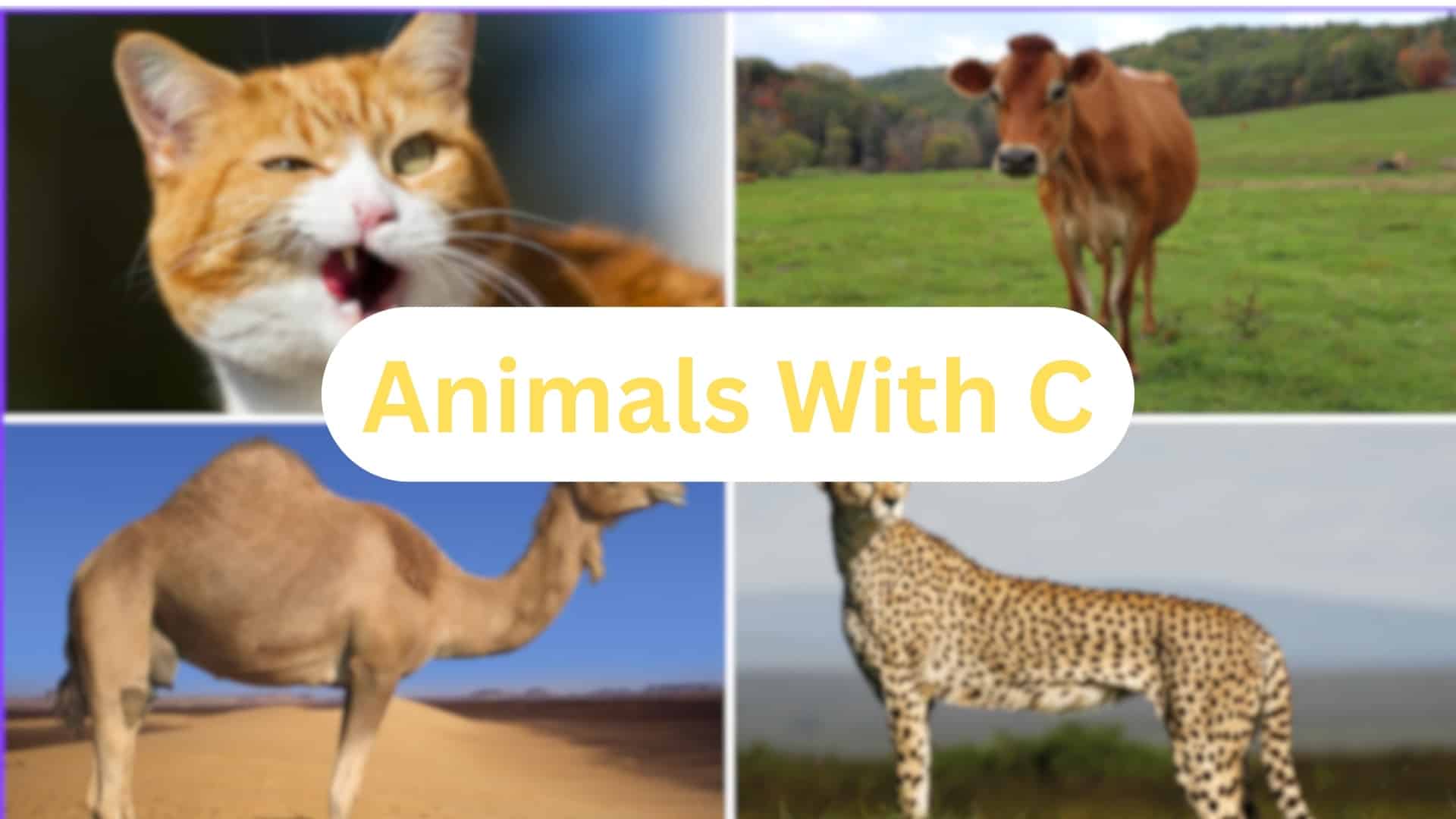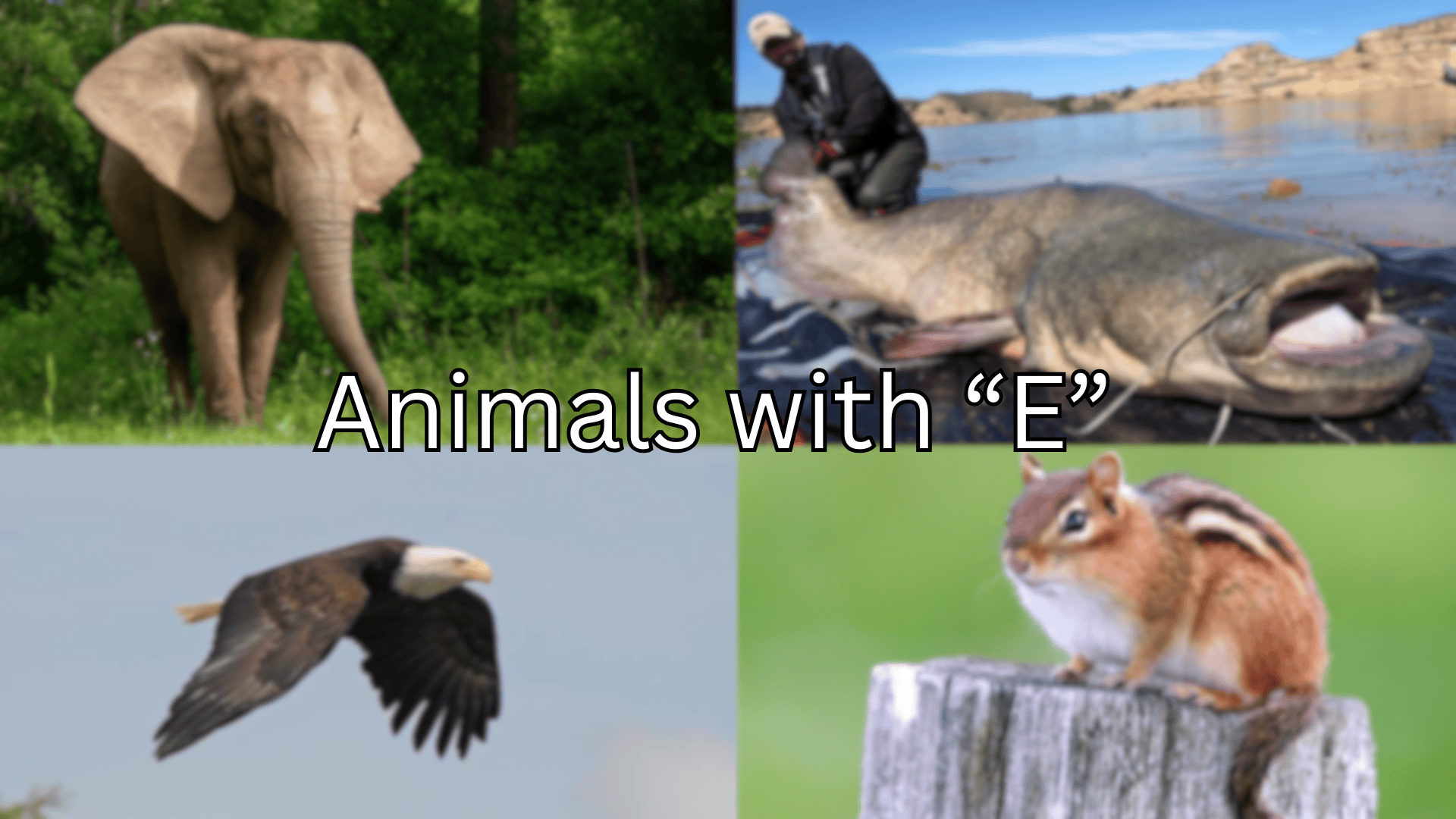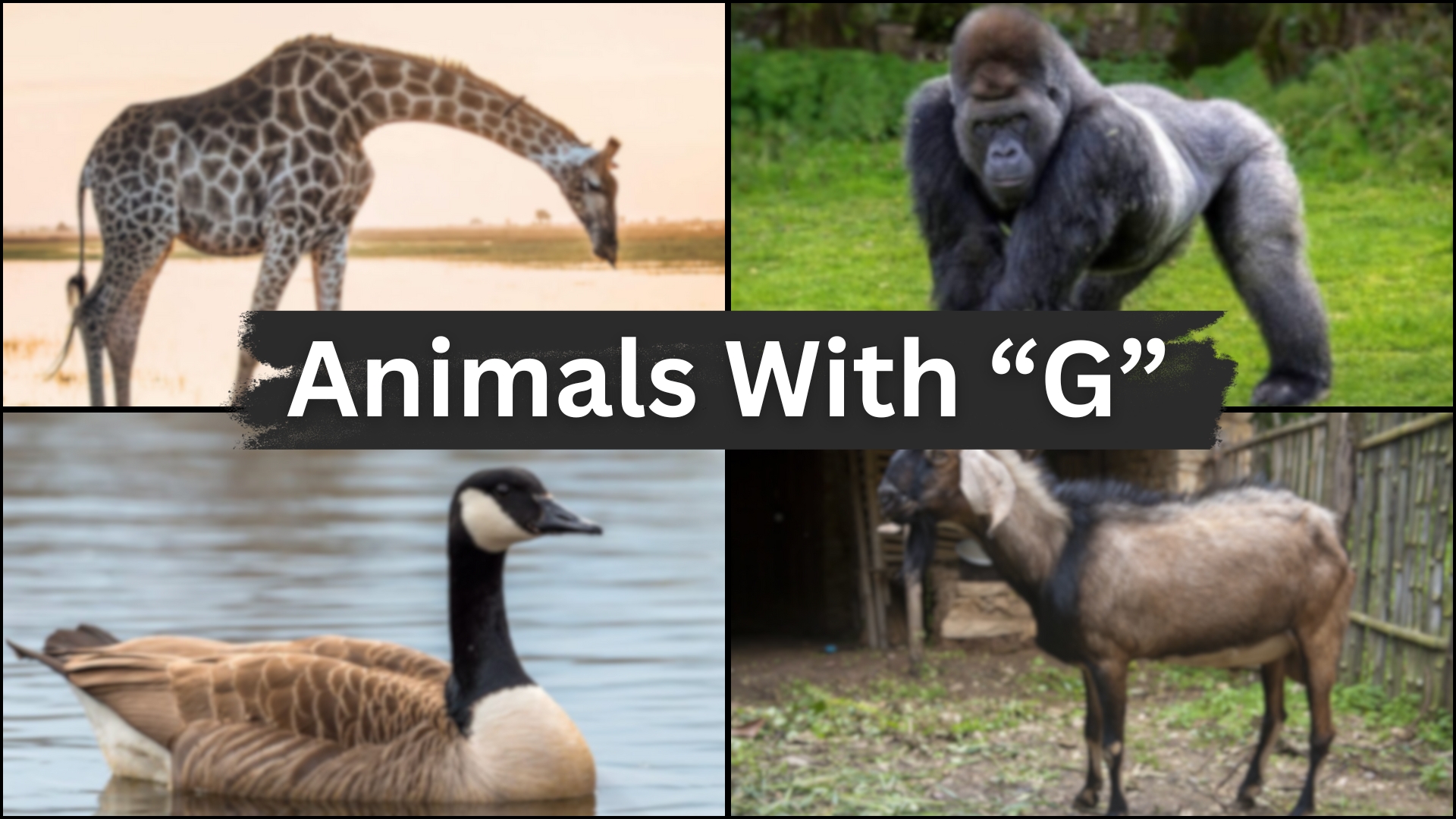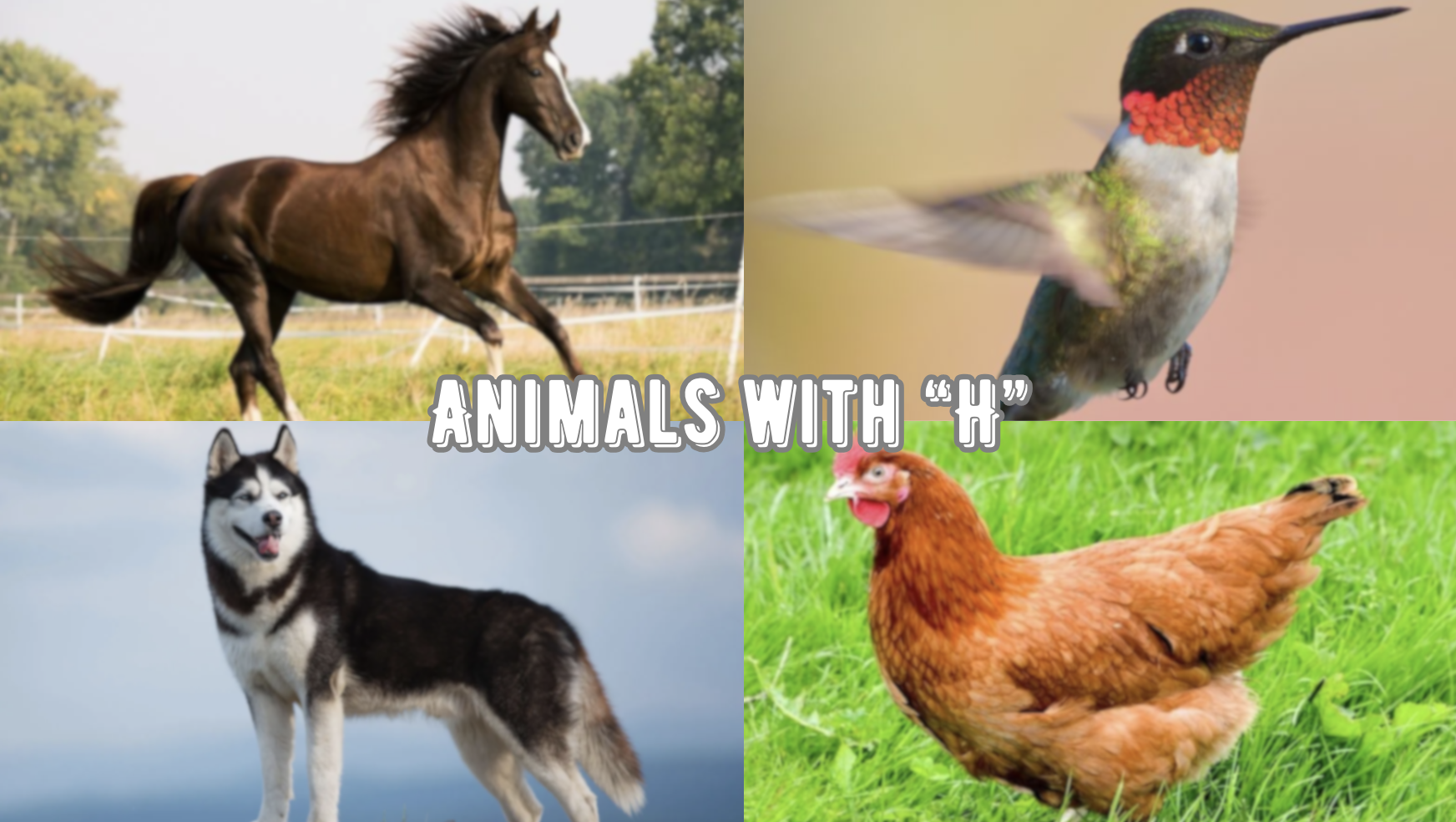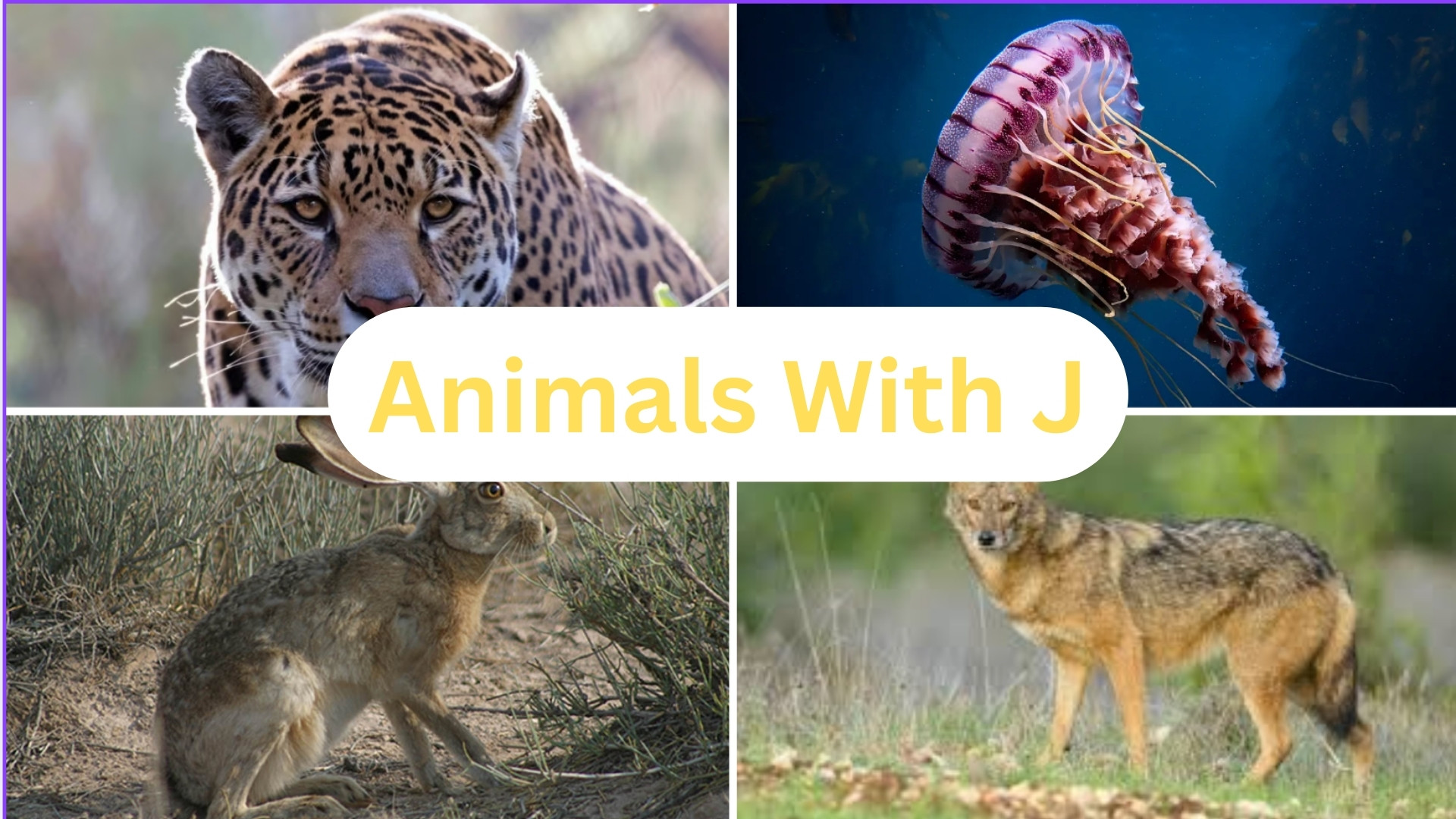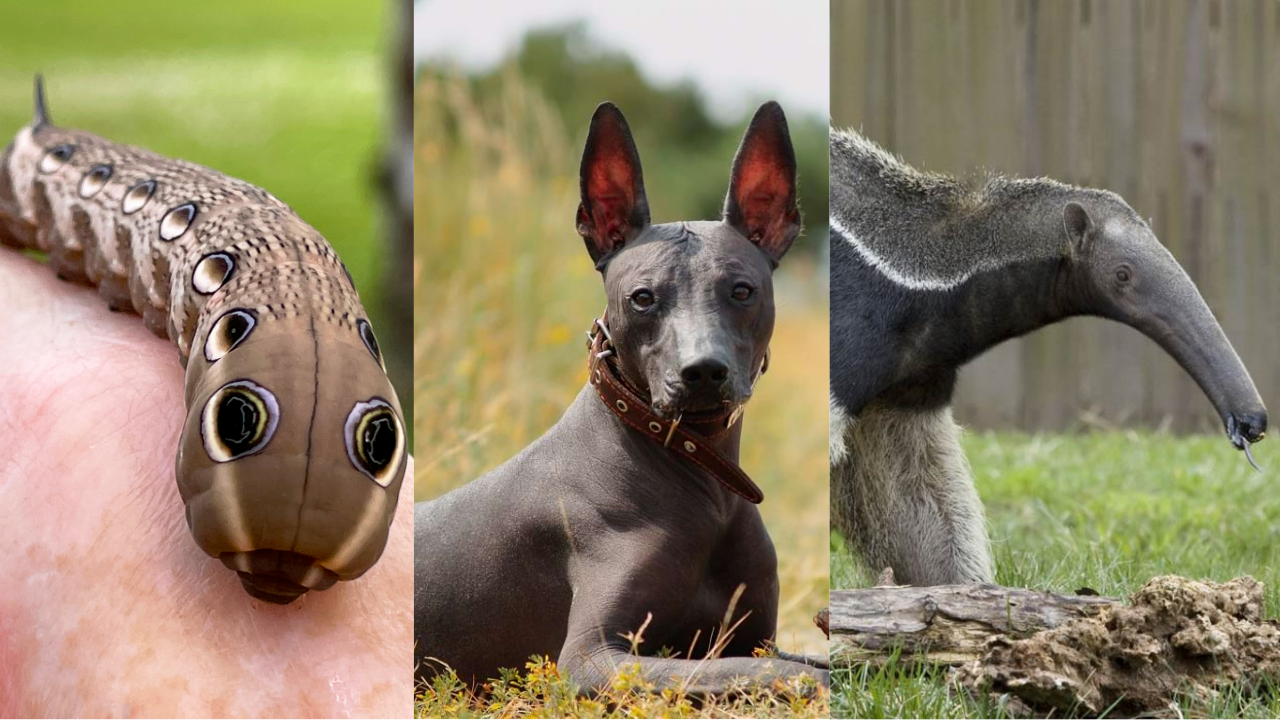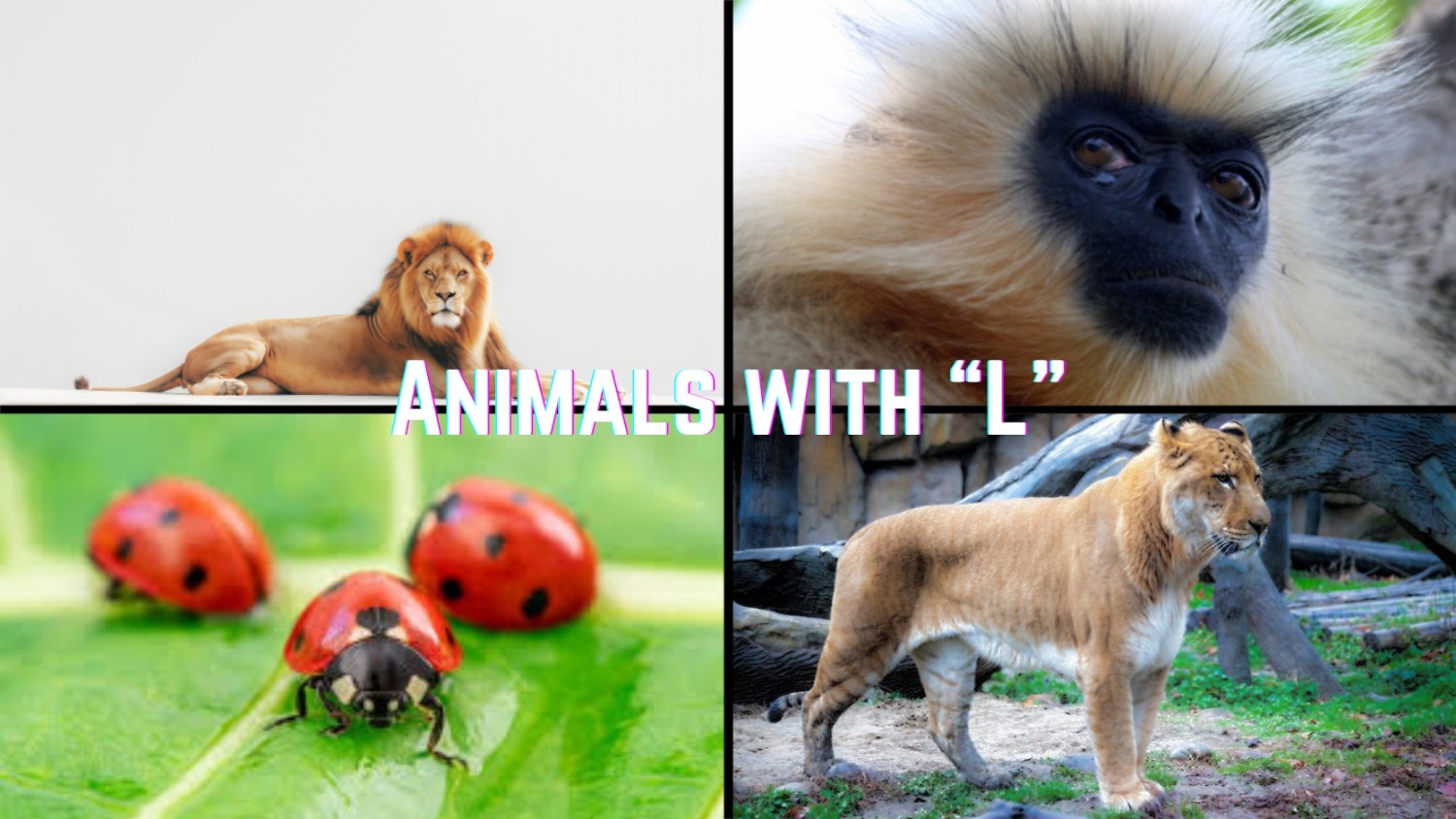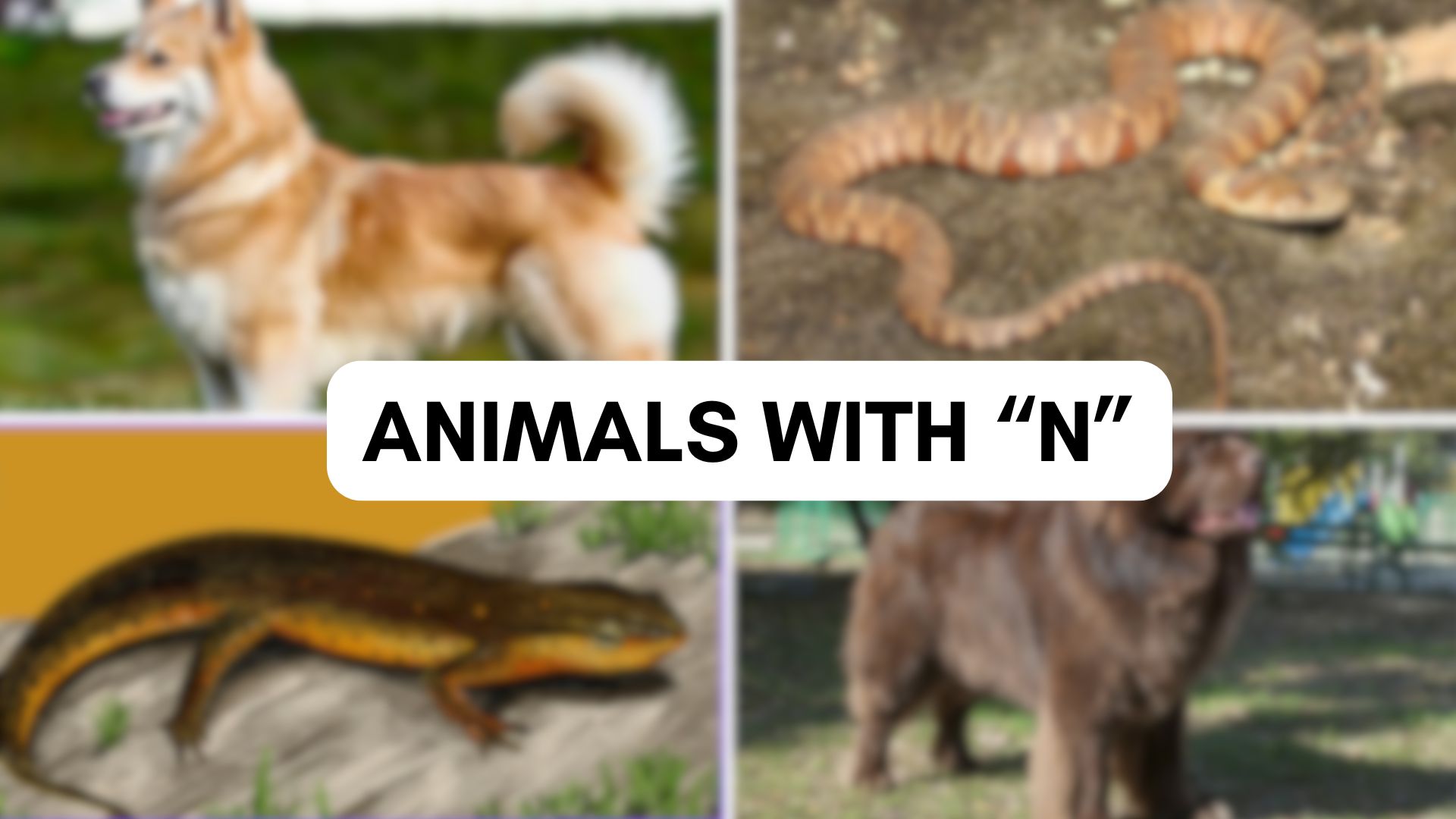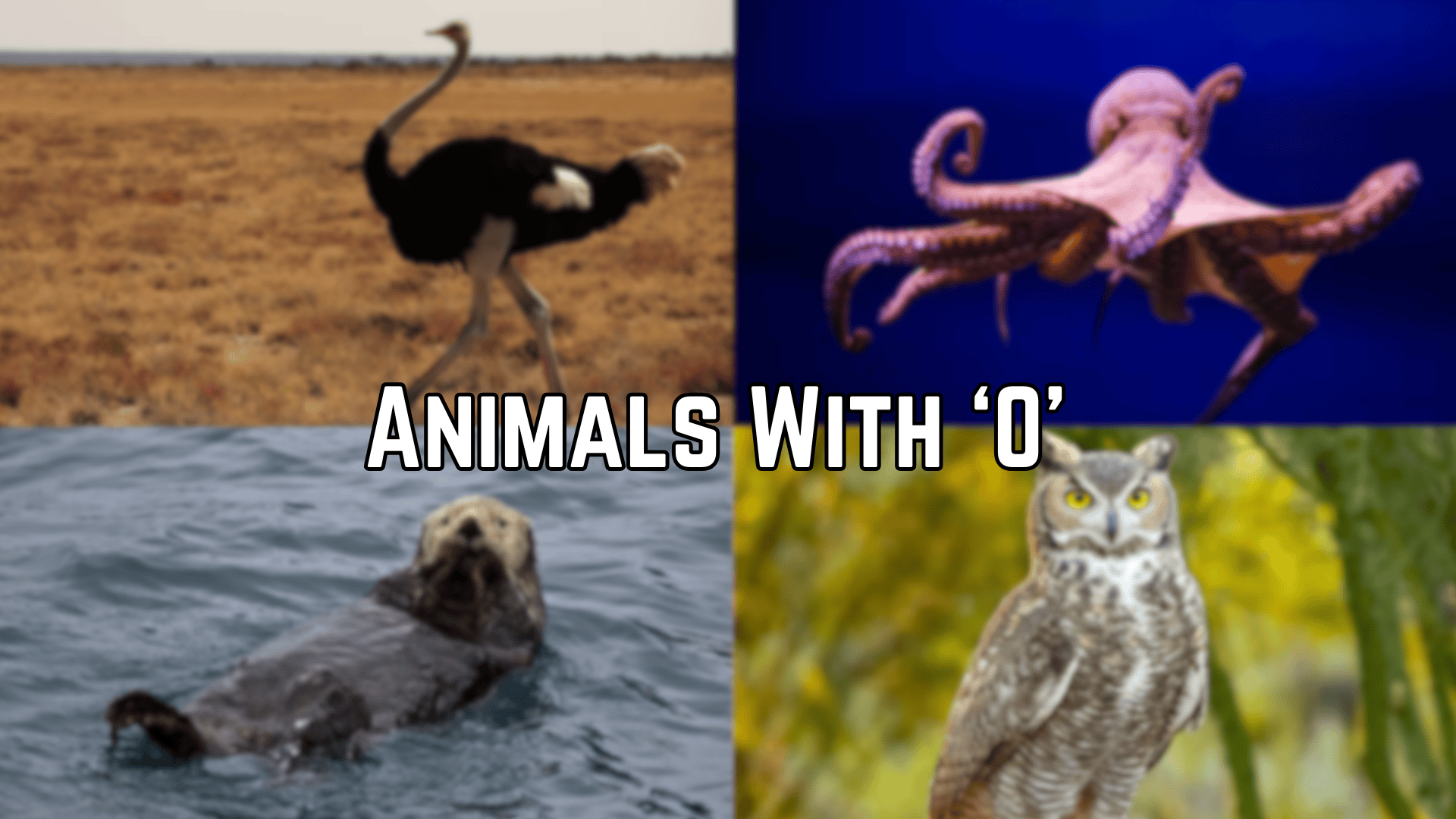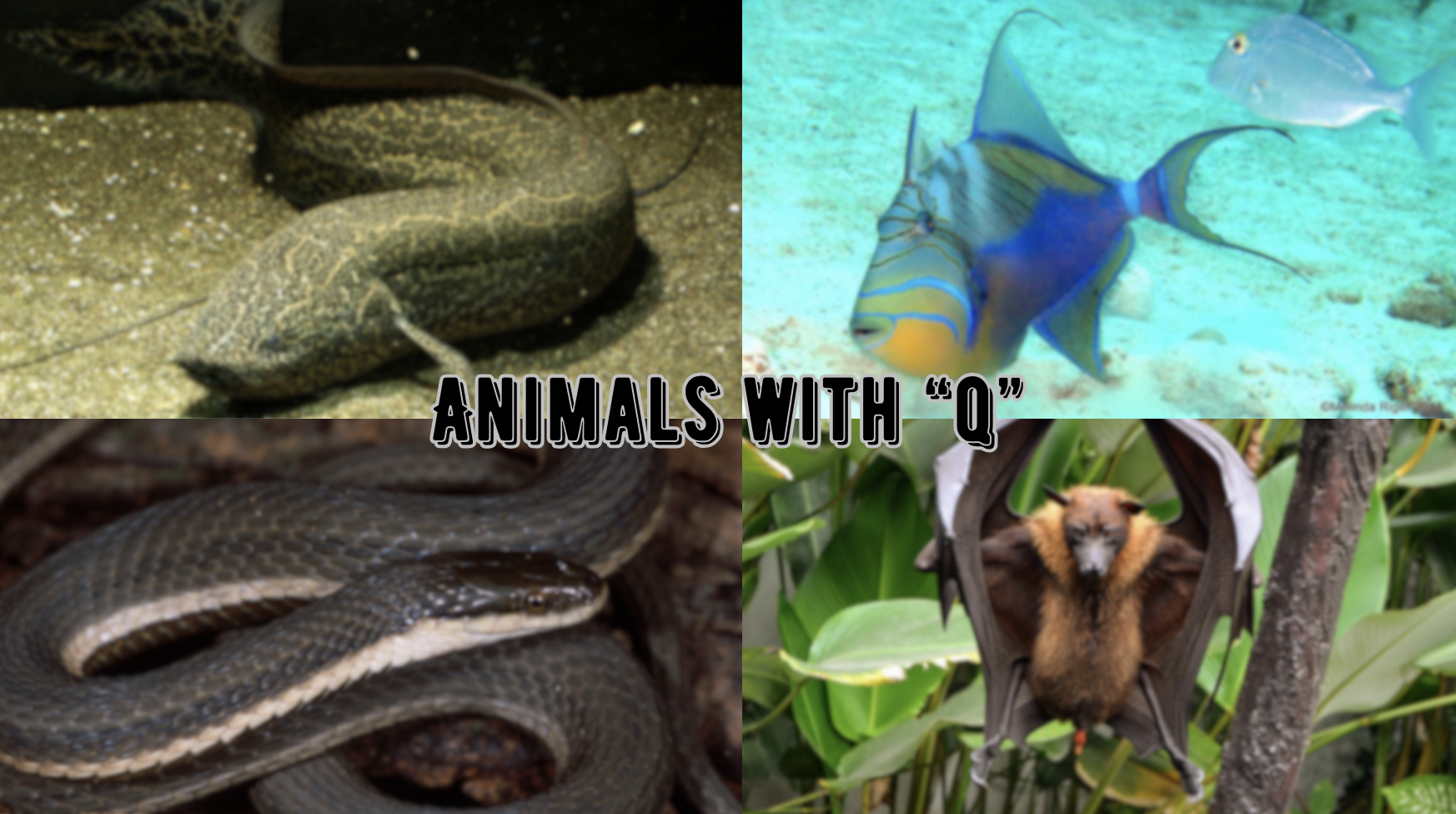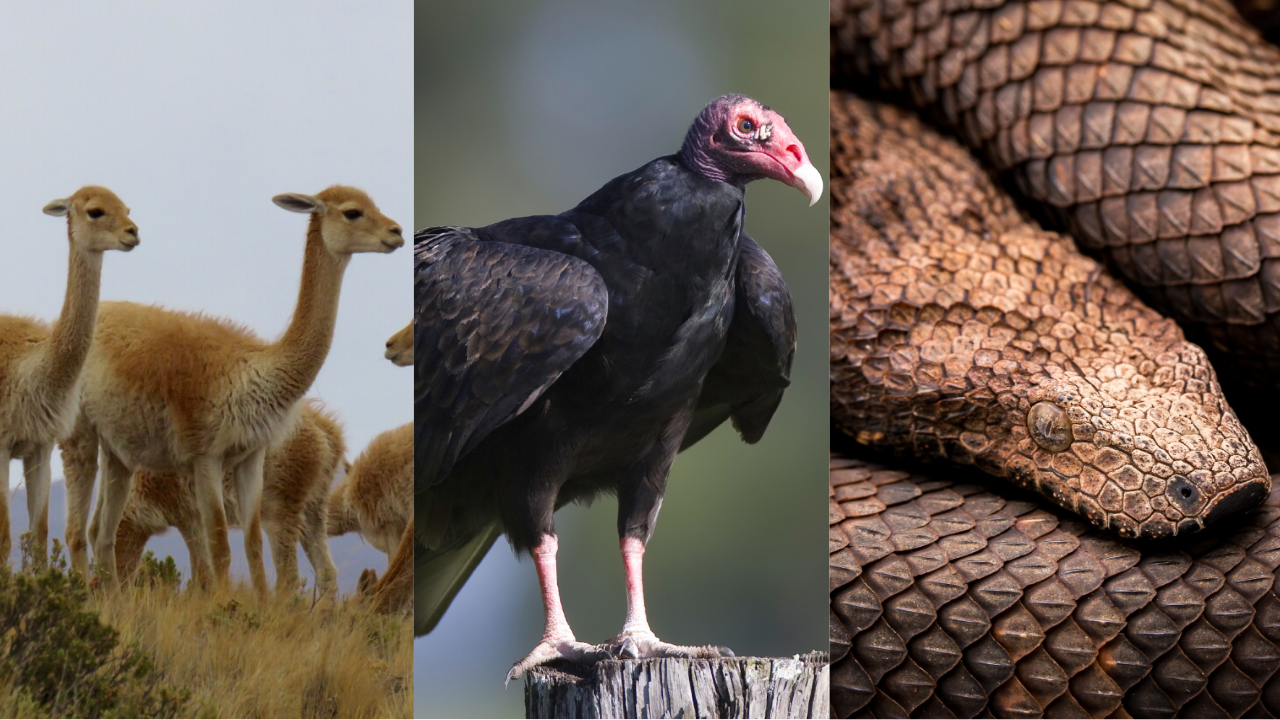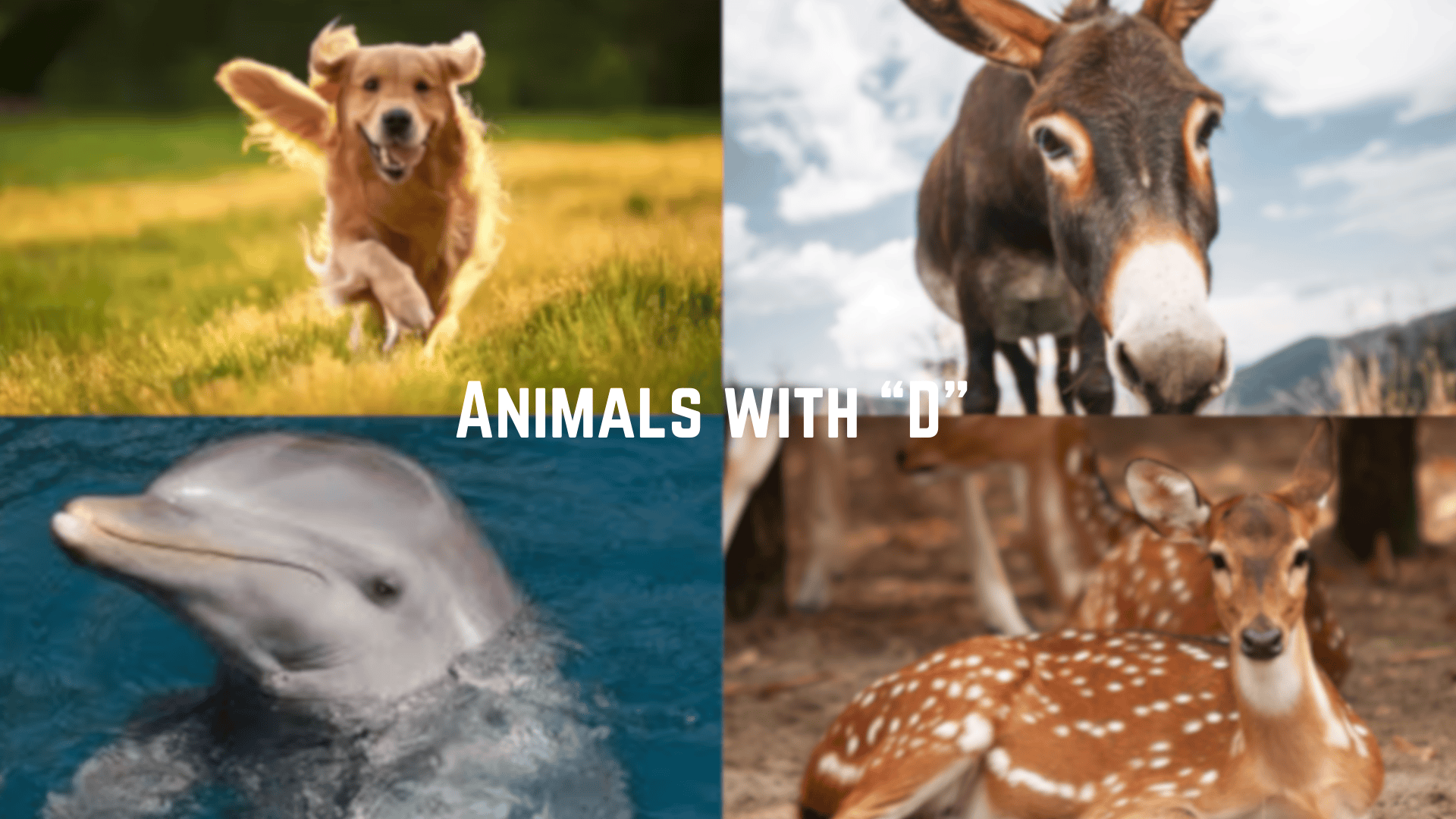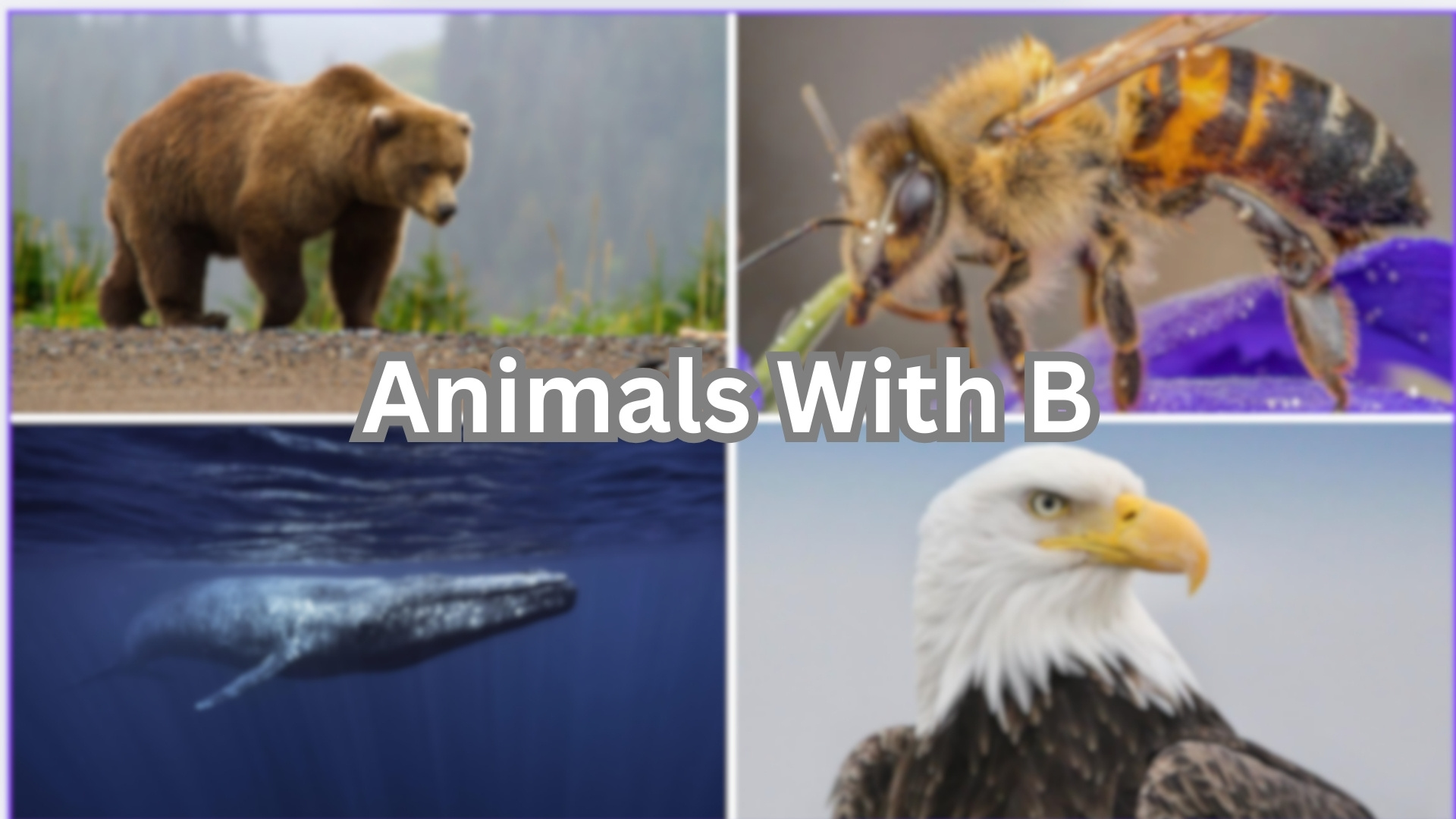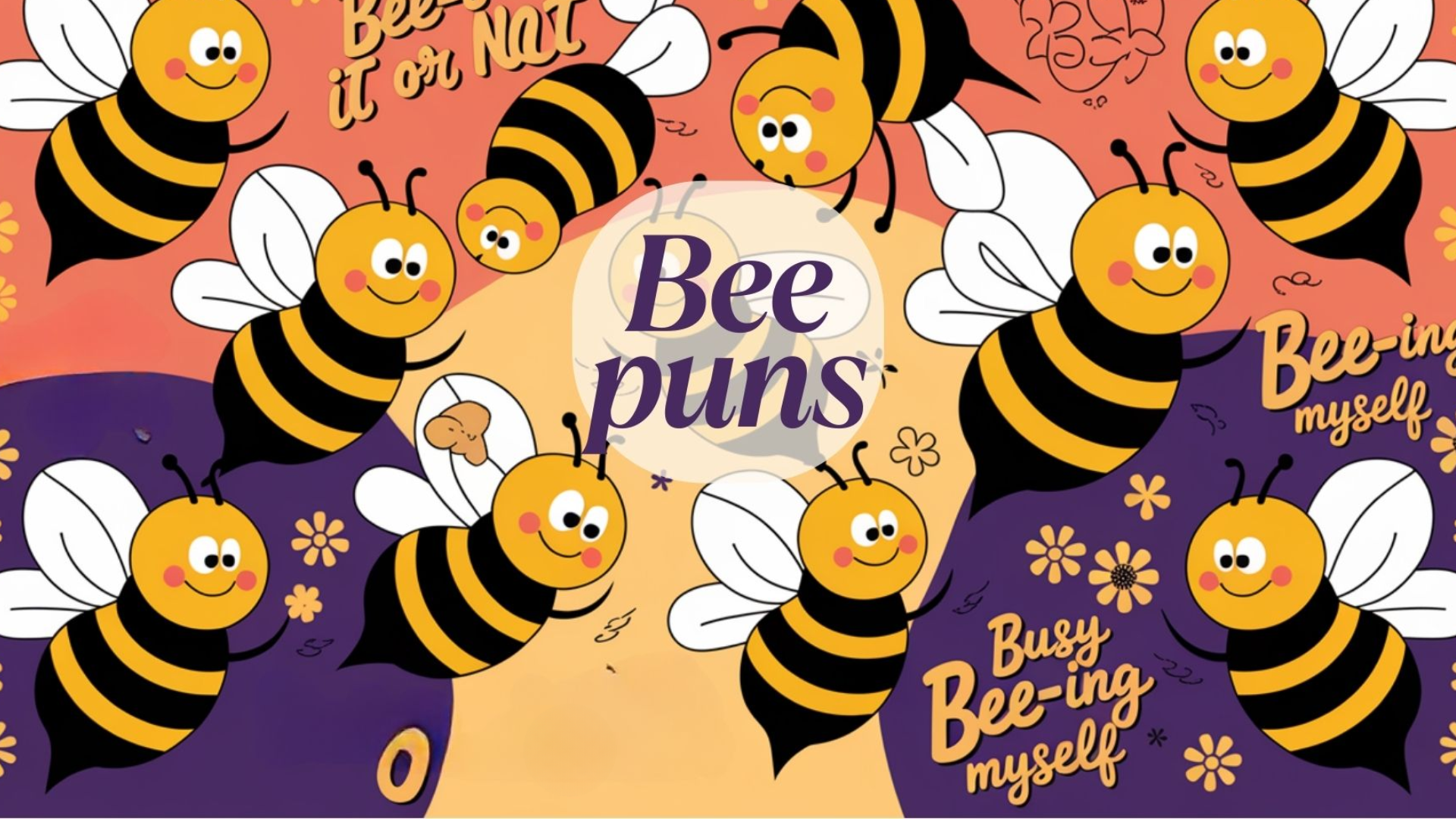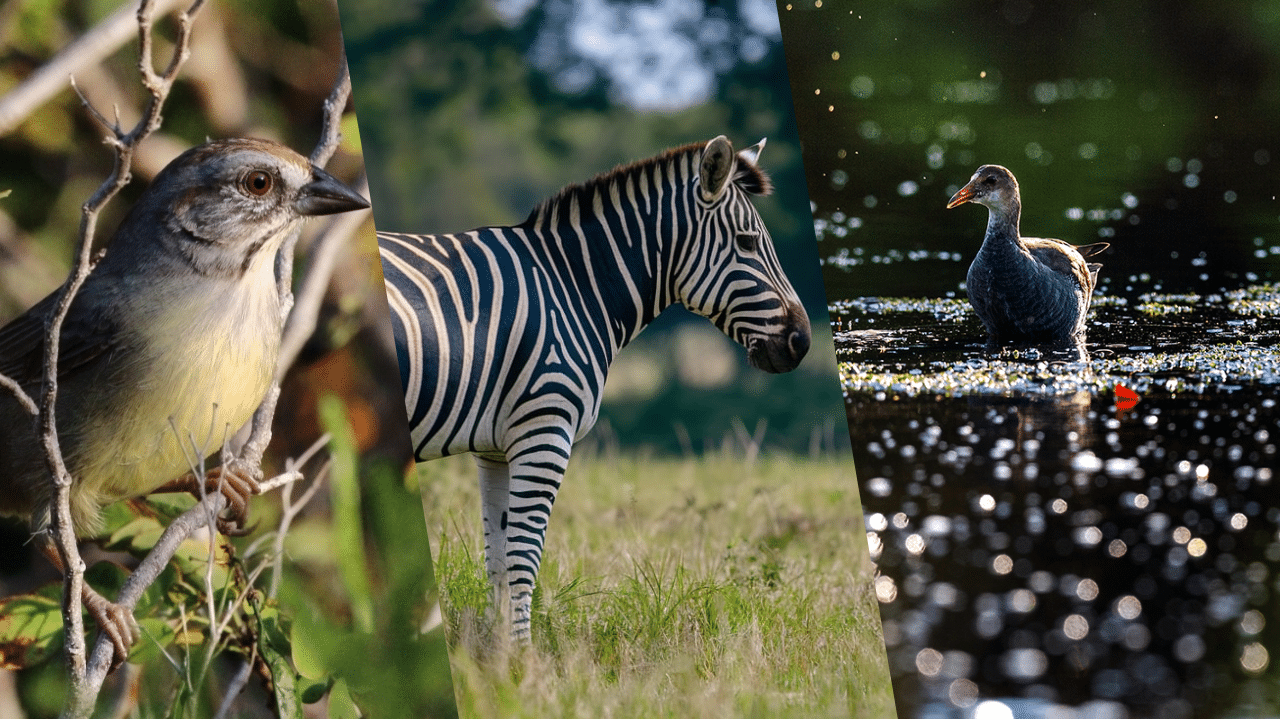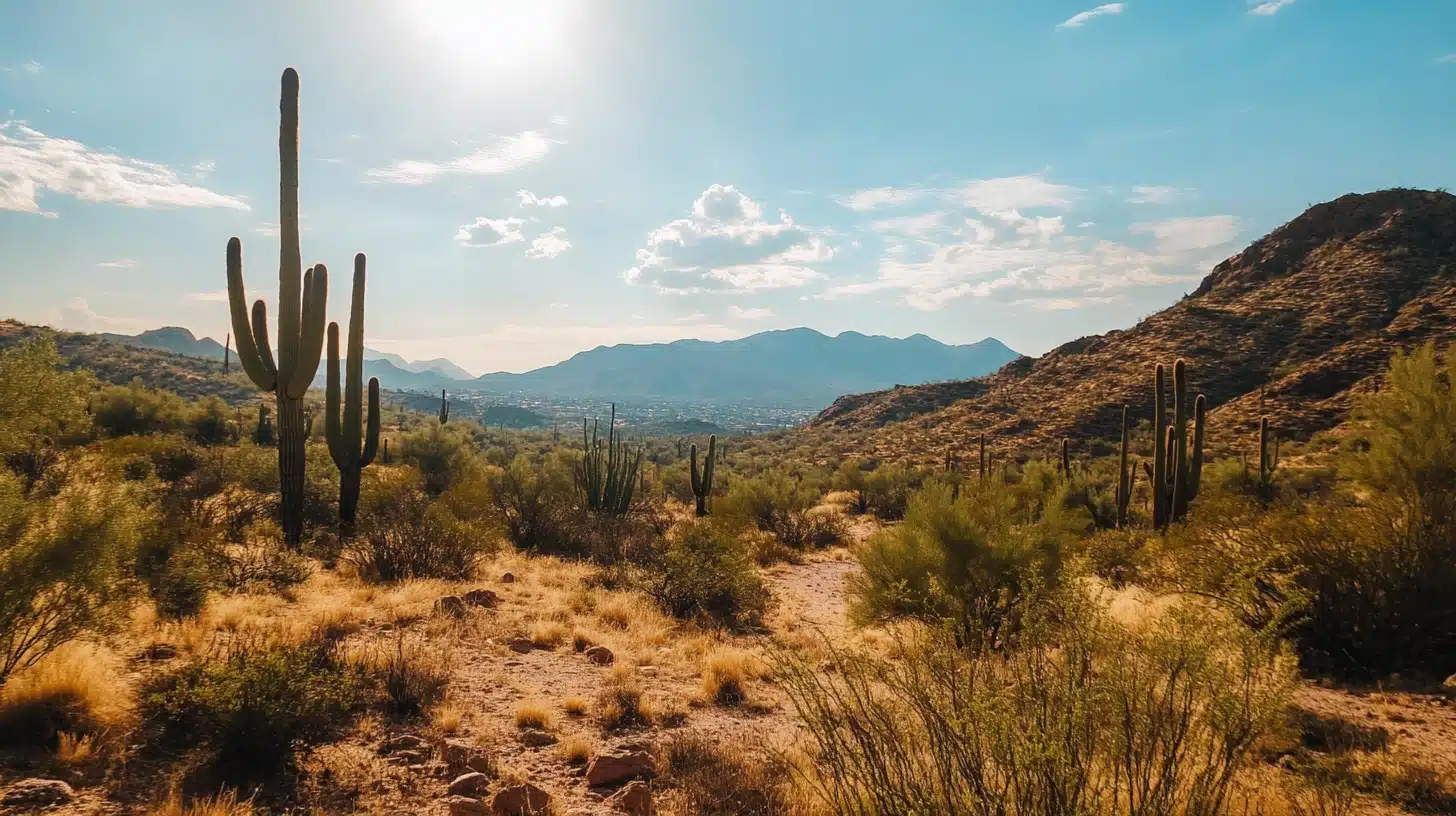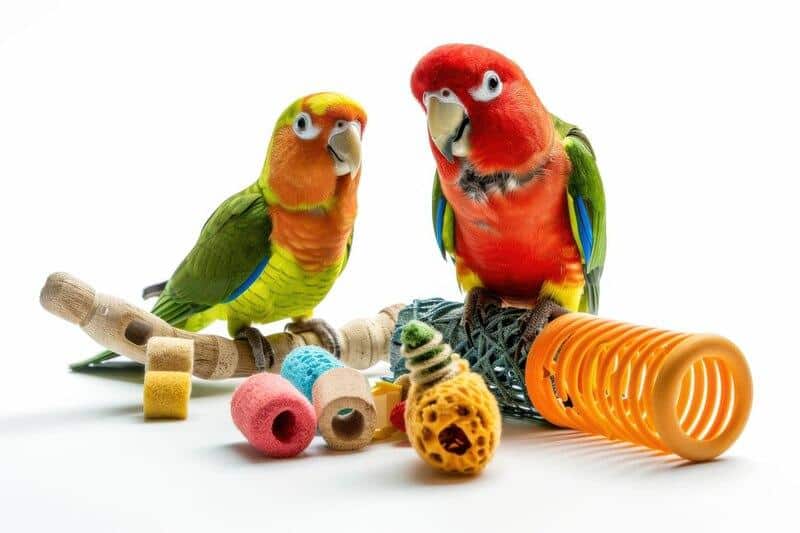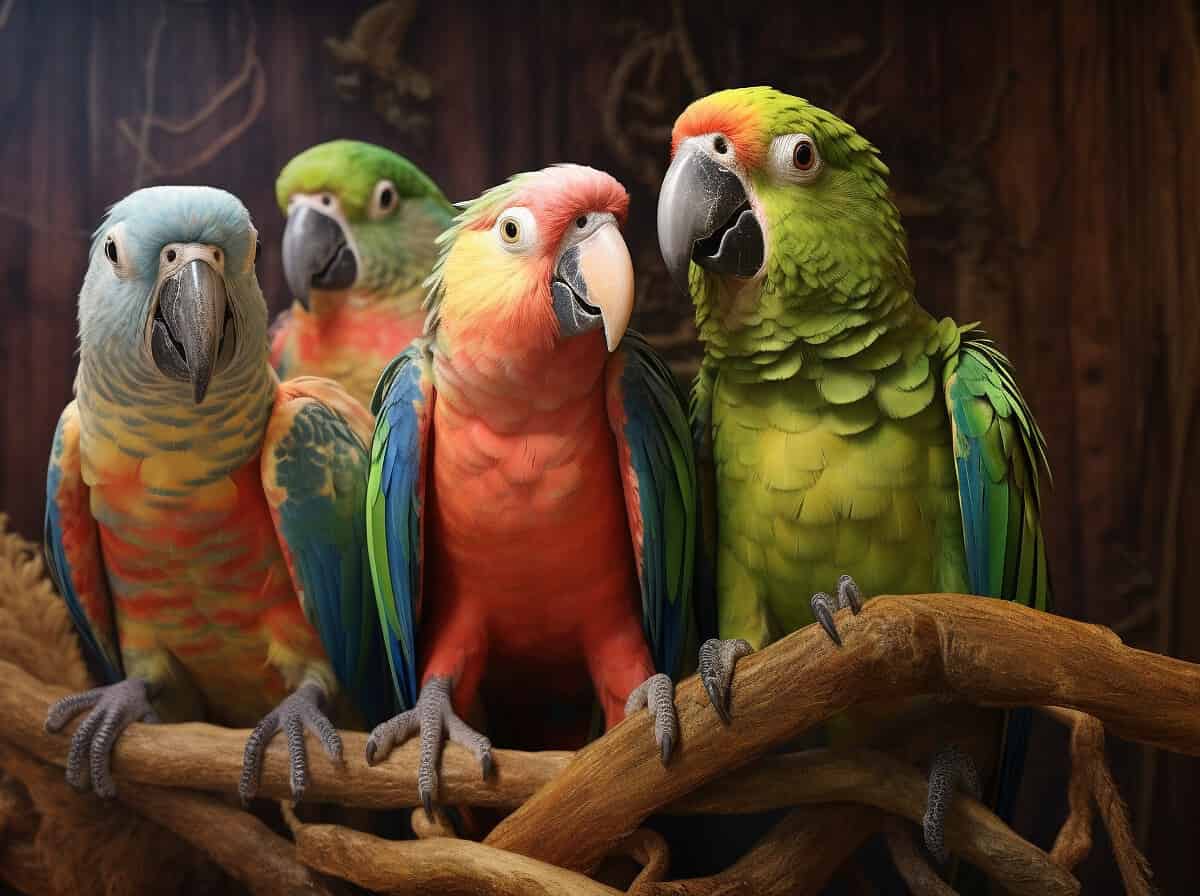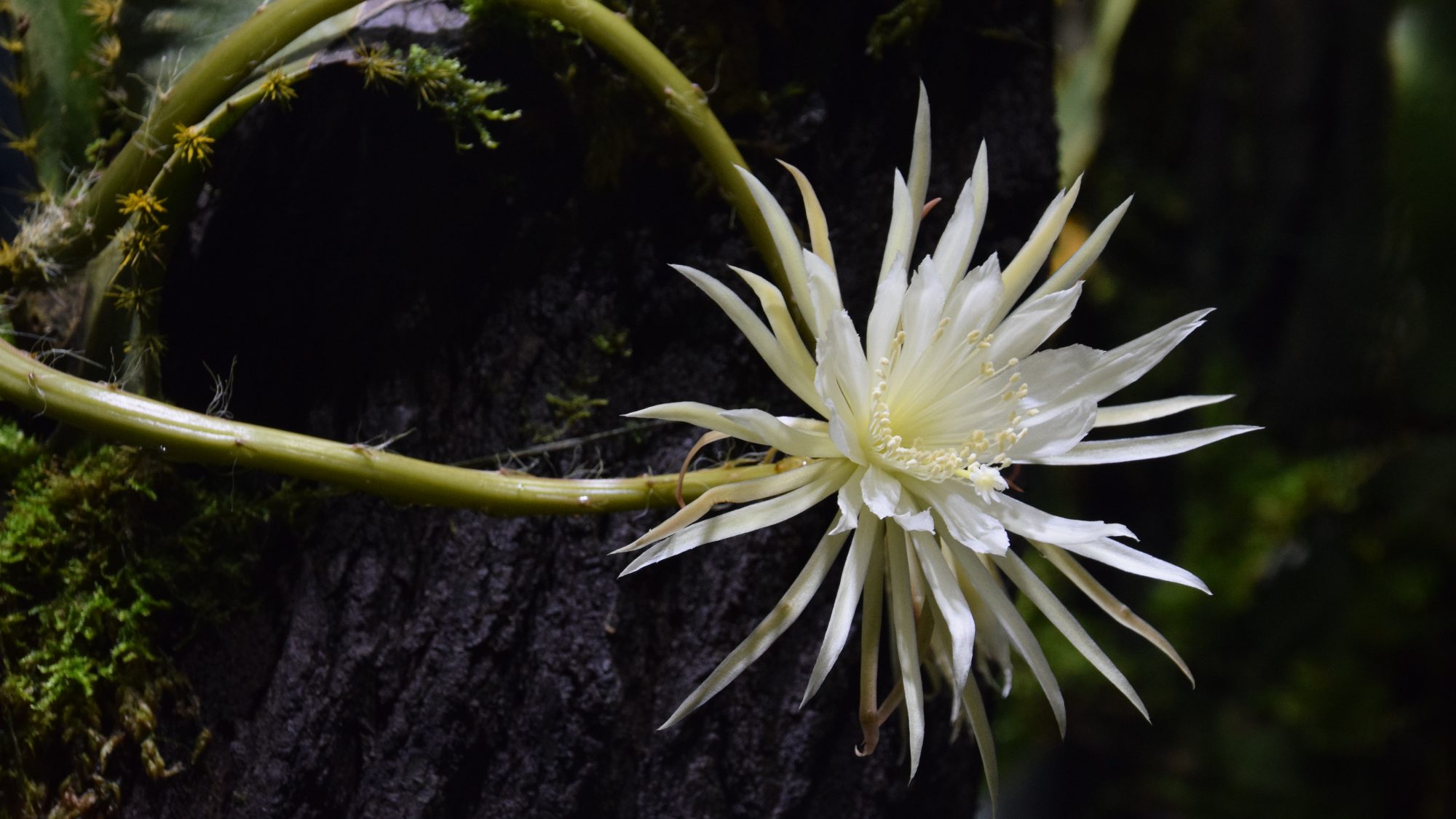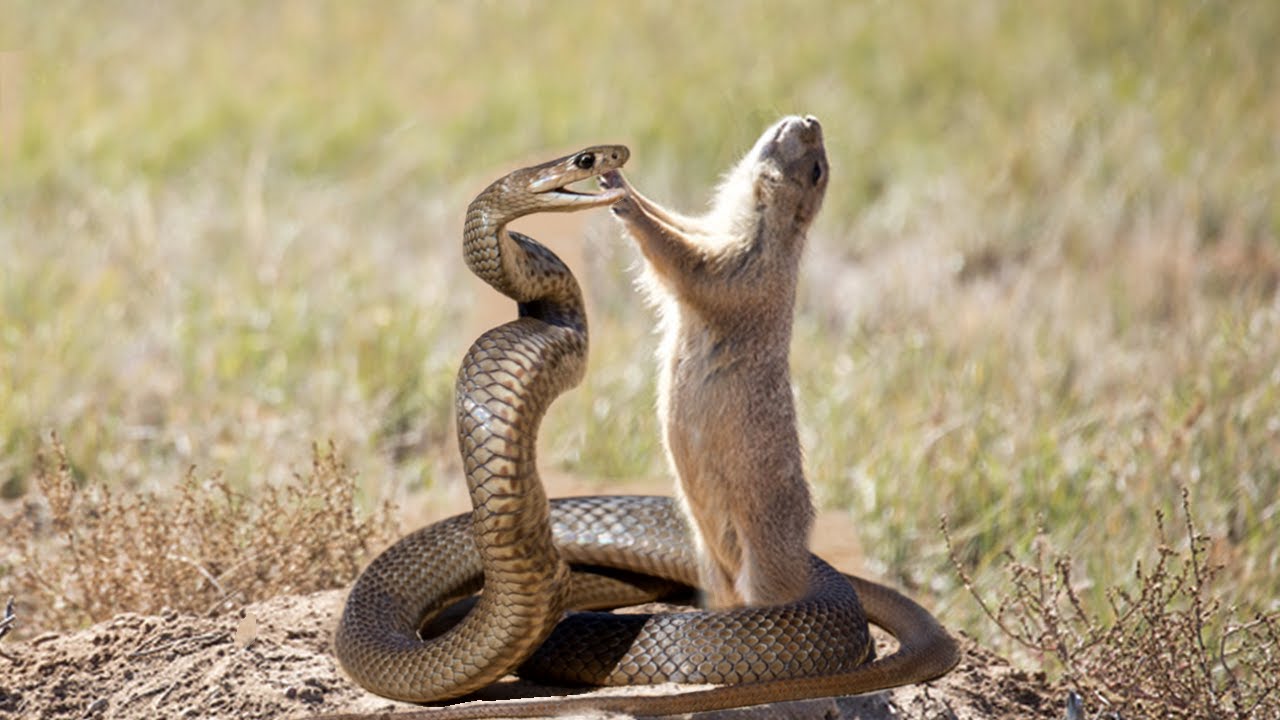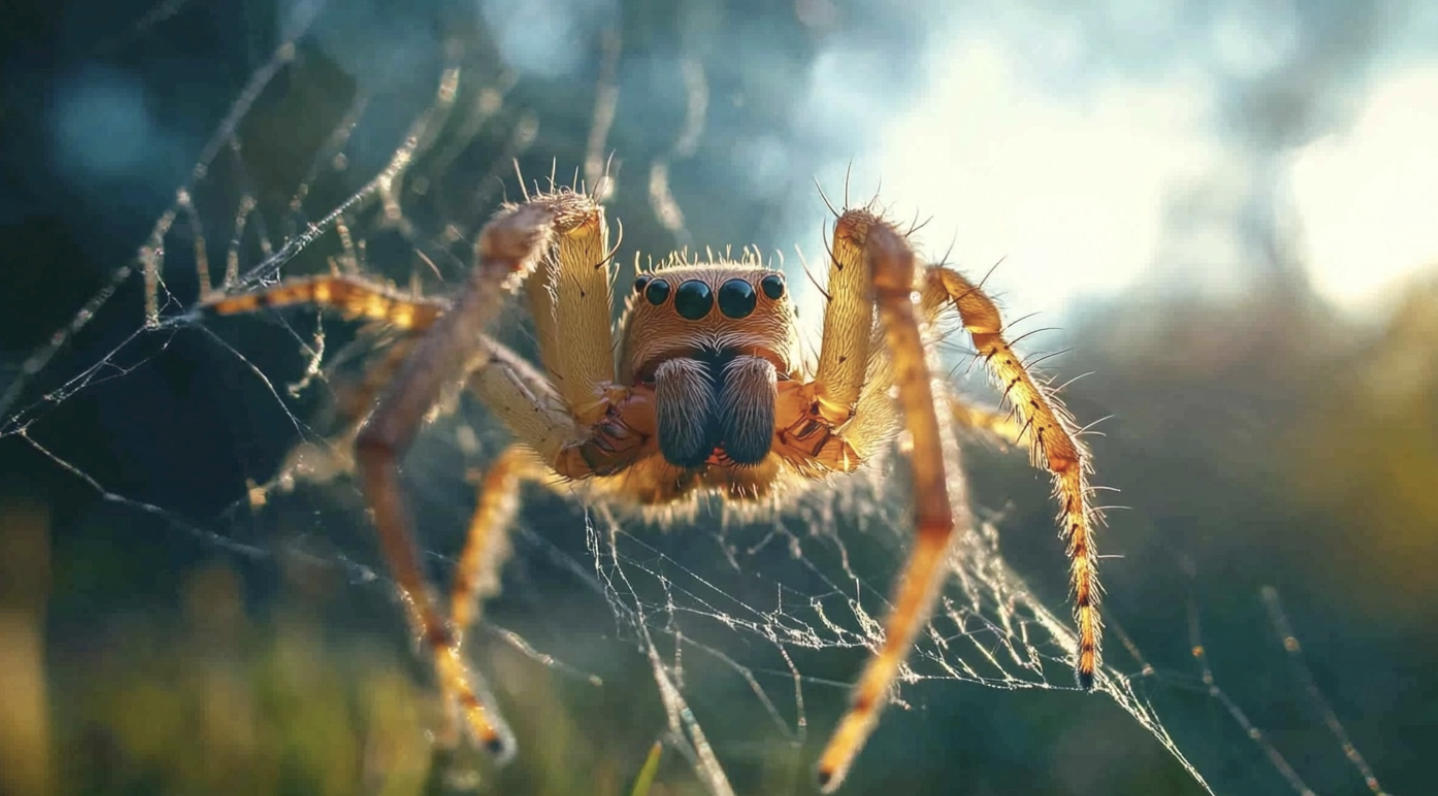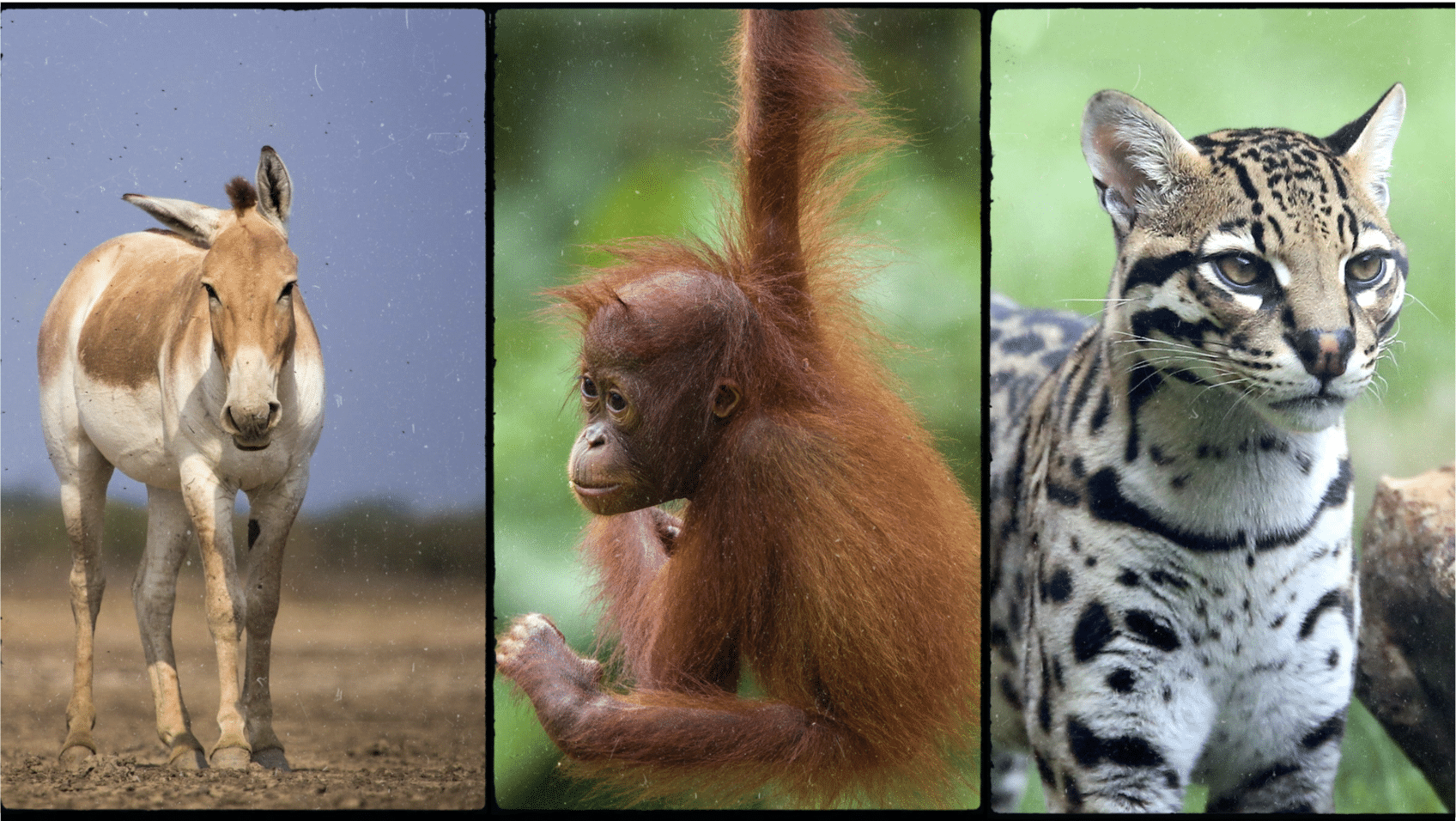
Welcome to the wonderful world of mammals that begin with O! From the dense jungles of Asia to the frozen Arctic waters, these animals show off nature’s amazing variety.
Did you know that our planet hosts everything from tiny rats to massive marine hunters in just this one letter group?
This collection takes you across continents to meet famous faces and rare creatures you might never have heard of.
Some swing through trees, others dip deep underwater, while some roam open plains. Each has its special traits that help it survive in its home.
Let’s plunge into this group of animals that includes clever apes, water-loving mammals, and even egg-laying oddities!
Commonly Spotted Mammals With The Letter “O”
1. Orangutan
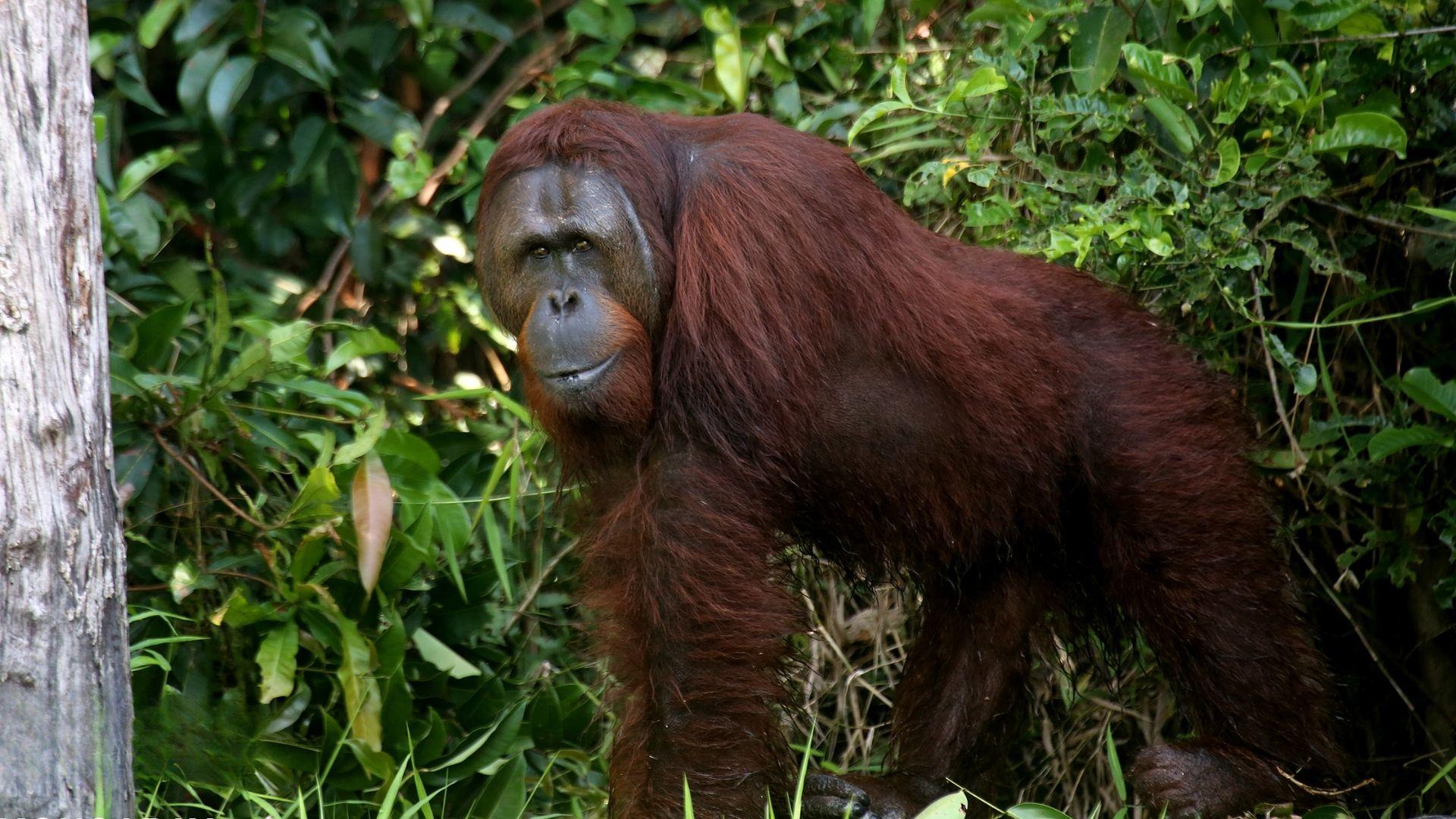
- Region of Habitat: Native to rainforests of Borneo and Sumatra in Southeast Asia
- Scientific Name: Genus Pongo (includes three species: Pongo abelii, Pongo pygmaeus, and Pongo tapanuliensis)
- Feeding Habits: Primarily frugivorous, consuming over 400 types of fruit; also eats leaves, bark, insects, and occasionally small vertebrates
- What Sound They Make: Long calls or “long pure notes” that can be heard for over a kilometer; also make kiss-squeak sounds when distressed.
Fun Facts
These highly intelligent great apes construct approximately 30,000 nests over a lifetime, using branches and foliage to create new sleeping nests every night.
They share about 97% of their DNA with humans, making them one of our closest relatives in the animal kingdom.
2. Orca (Killer Whale)

- Region of Habitat: Found in all oceans, from polar regions to tropical seas, with higher concentrations in colder waters
- Scientific Name: Orcinus orca
- Feeding Habits: Apex predators with diverse diets depending on population; some specialize in fish, while others hunt marine mammals, including seals, sea lions, and even other whales
- What Sound They Make: Complex vocalizations including clicks, whistles, and pulsed calls; each pod has distinctive dialects
Fun Facts
Orcas have the second-largest brain of any marine mammal. They display remarkable social intelligence and cultural behaviors that have been passed down through generations.
They’re actually the largest member of the dolphin family, not whales, as their common name suggests.
3. Otter
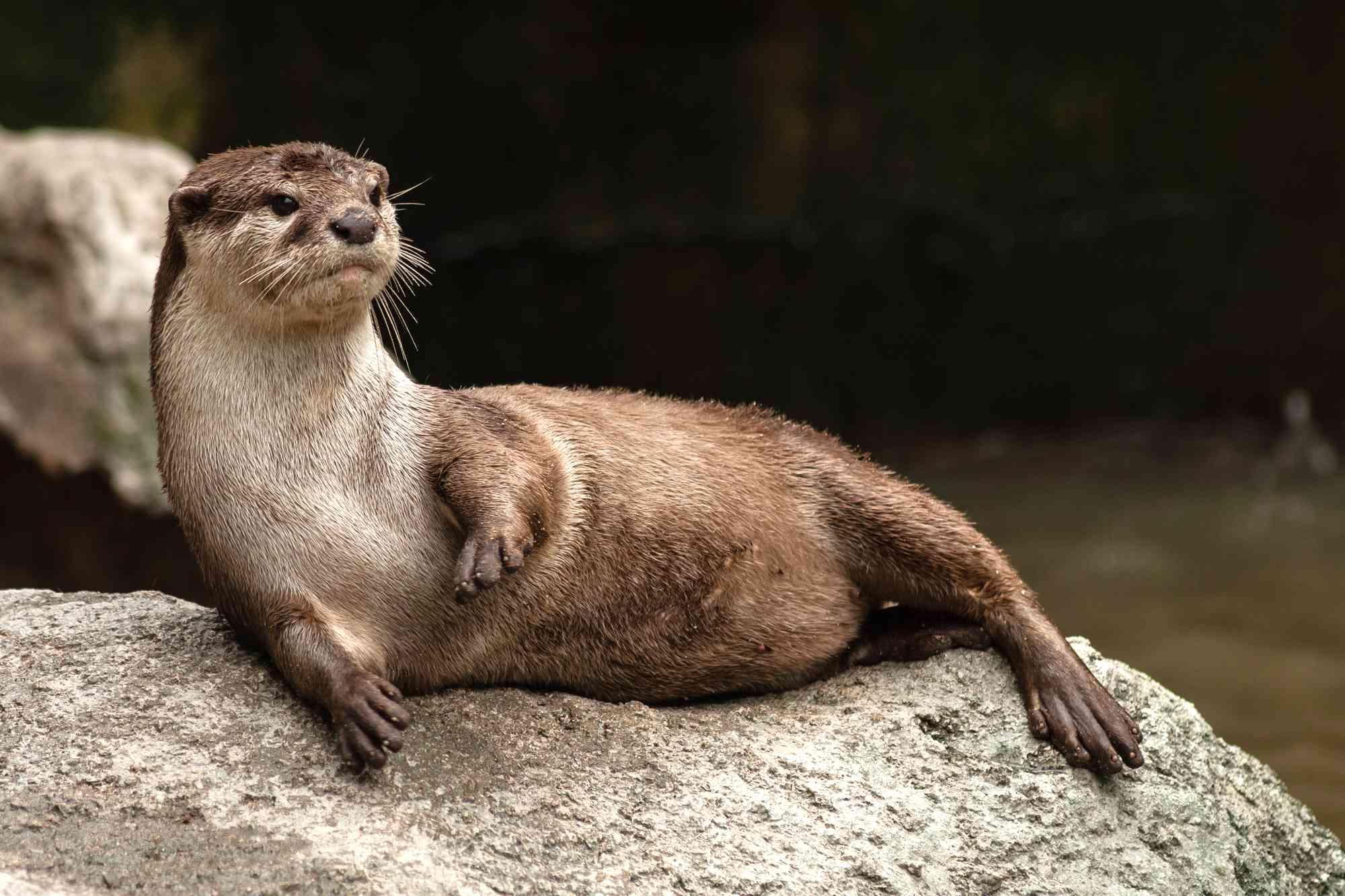
- Region of Habitat: Distributed across North America, Europe, Asia, and parts of North Africa; sea otters inhabit coastal Pacific Ocean
- Scientific Name: Family Mustelidae (includes 13 species across seven genera)
- Feeding Habits: Primarily carnivorous, feeding on fish, crustaceans, mollusks, and other aquatic animals; sea otters are known for using rocks to crack open shellfish
- What Sound They Make: A Variety of vocalizations, including chirps, whistles, growls, and high-pitched screams
Fun Facts
Otters have the densest fur of any animal, with up to one million hairs per square inch, providing exceptional insulation in cold water.
They often hold hands (called “rafting”) while sleeping to prevent drifting apart in water currents.
4. Ox
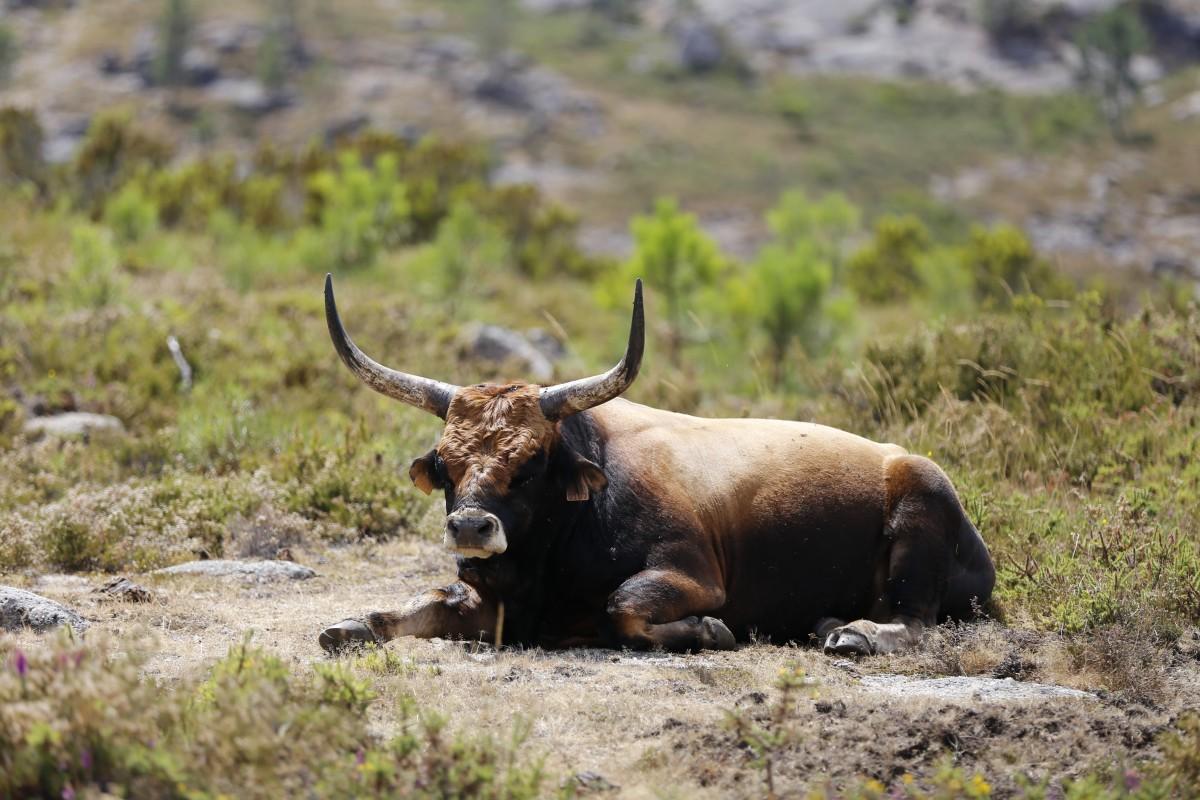
- Region of Habitat: Domesticated worldwide for agricultural purposes, particularly common in Asia, Africa, and South America
- Scientific Name: Typically Bos taurus (domestic cattle) or Bubalus bubalis (water buffalo) castrated and trained as draft animals
- Feeding Habits: Herbivorous ruminants consuming grasses, hay, silage, and grain
- What Sound They Make: Deep, resonant lowing or mooing sounds
Fun Facts
A single ox can pull loads equivalent to several horses, making it invaluable throughout human agricultural history.
Its strength and endurance made it crucial for plowing fields, transportation, and powering mechanical devices like mills for thousands of years before motorization.
NOTE: “Ox” is not a specific breed or species but refers to a castrated male bovine trained as a draft animal.
5. Opossum
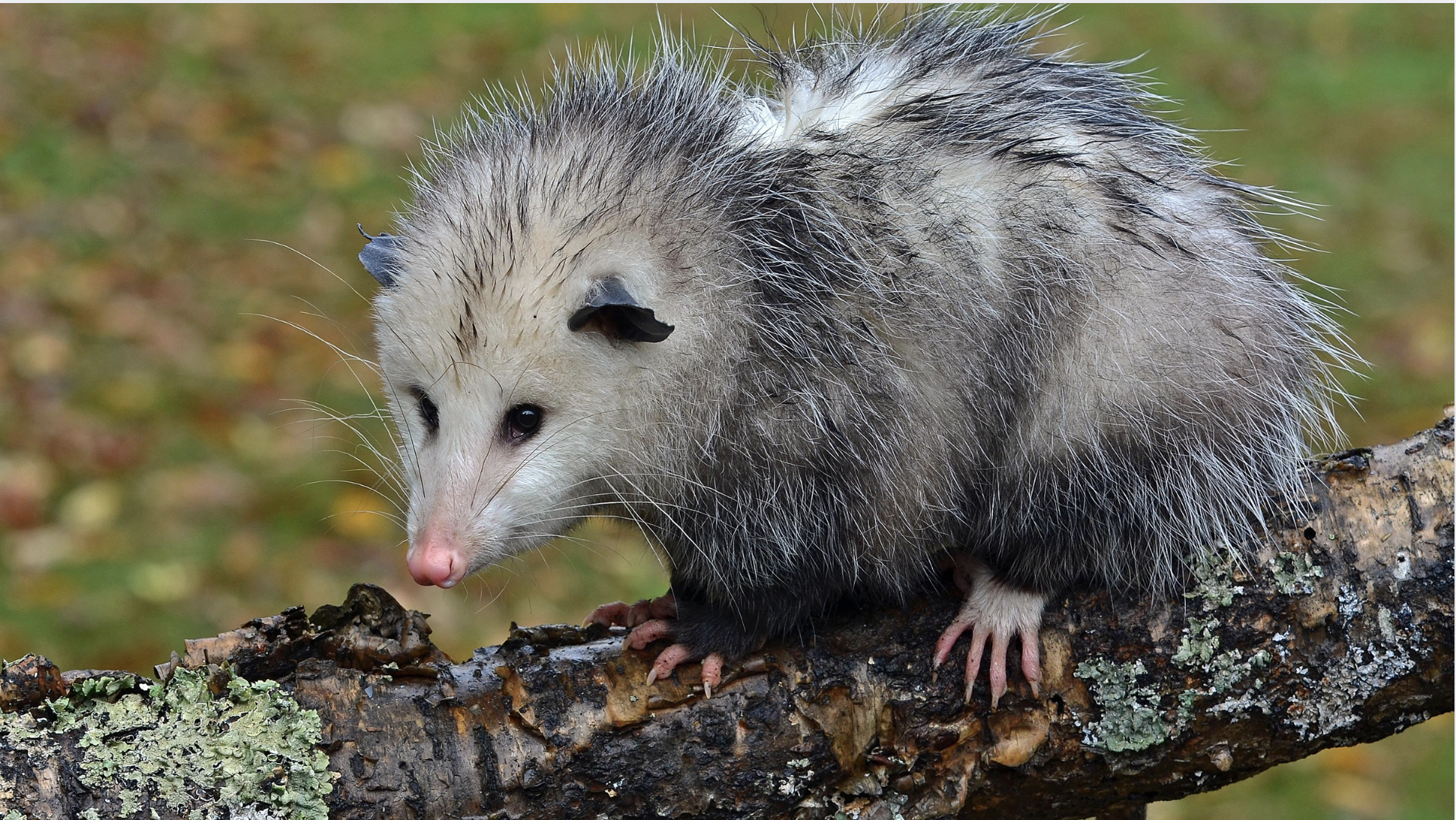
- Region of Habitat: Native to the Americas, with the Virginia opossum widespread throughout North and Central America
- Scientific Name: Family Didelphidae (over 100 species, with Didelphis virginiana being the most common in North America)
- Feeding Habits: Opportunistic omnivores consuming insects, small animals, fruits, grains, and carrion; they help control tick populations
- What Sound They Make: Hisses, growls, and screeches when threatened; generally quiet otherwise
Fun Facts
Opossums are the only marsupials native to North America. Like kangaroos, they carry their young in a pouch.
When threatened, they can enter an involuntary catatonic state (“playing possum”) where they appear dead, sometimes for hours, complete with a foul-smelling secretion that deters predators.
6. Okapi
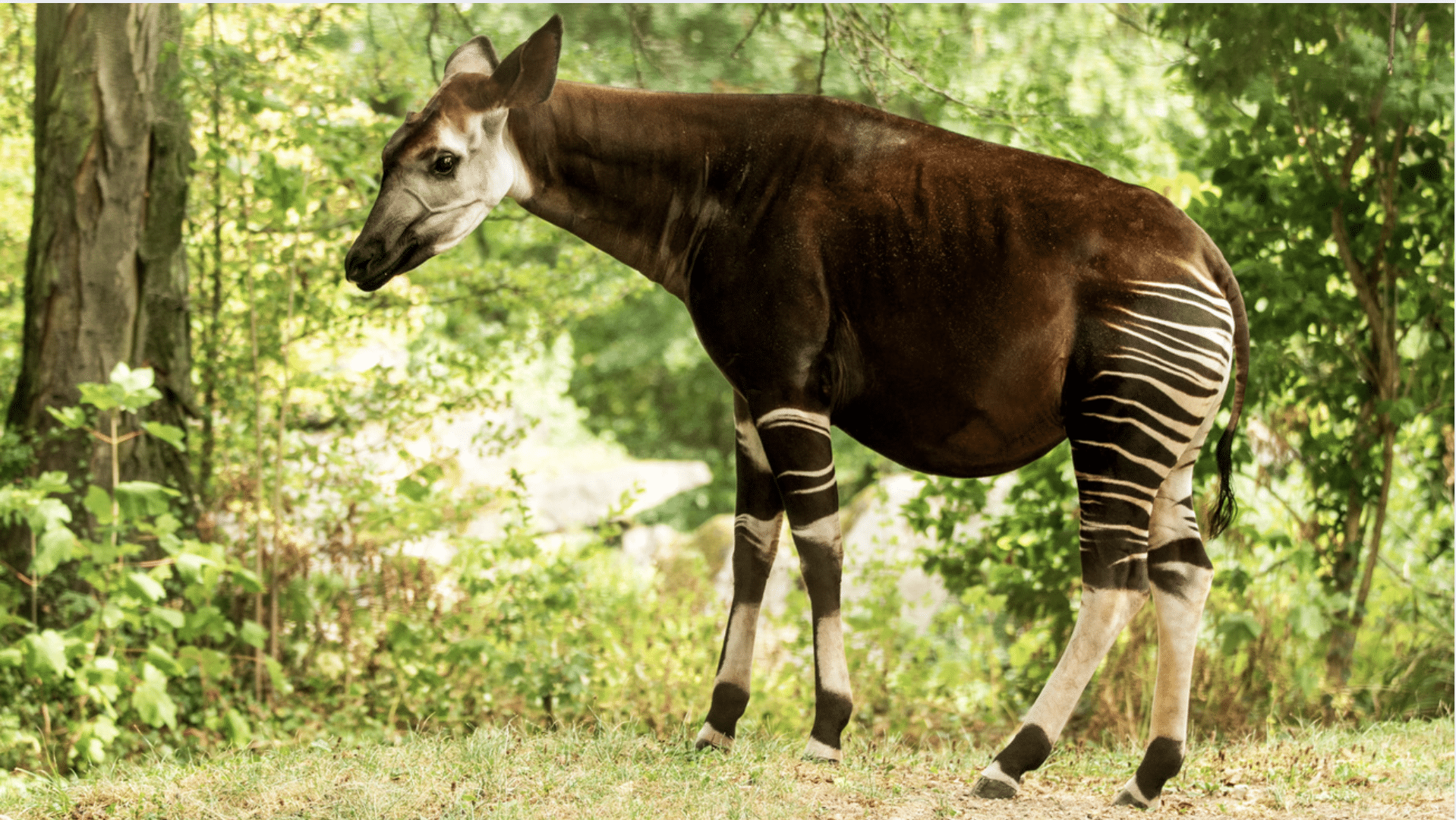
- Region of Habitat: Endemic to the northeastern rainforests of the Democratic Republic of the Congo
- Scientific Name: Okapia johnstoni
- Feeding Habits: Herbivorous browsers feeding on leaves, buds, grasses, ferns, fruits, and fungi; use their long tongues to clean their ears and eyes
- What Sound They Make: Generally silent, but can make quiet cough-like calls and infrasonic communications below human hearing range.
Fun Facts
Despite resembling zebras with their striped hindquarters and legs, okapis are actually the closest living relatives to giraffes.
They were unknown to Western science until 1901, making them one of the last large mammals to be discovered.
7. Oryx
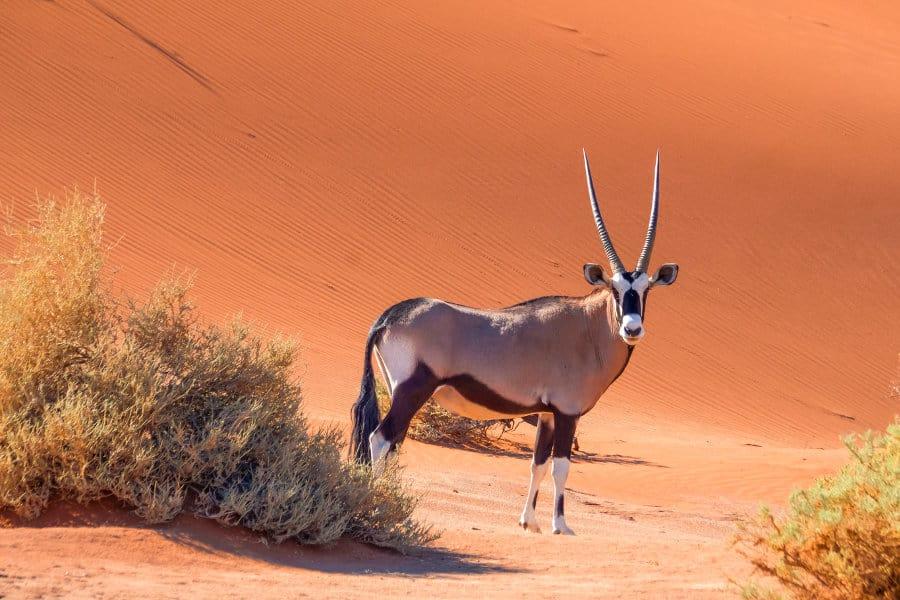
- Region of Habitat: Native to the arid areas of Africa and the Arabian Peninsula
- Scientific Name: Genus Oryx (includes four species: Arabian, Scimitar-horned, East African, and Gemsbok)
- Feeding Habits: Herbivorous, feeding on grasses, leaves, fruits, and buds; can go long periods without water.
- What Sound They Make: Low moans, grunts, and snorts; generally quiet animals
Fun Facts
Oryxes have special adaptations that allow them to survive in extreme desert environments, including the ability to raise their body temperature to reduce water loss through sweating.
Their long, straight horns (up to 3 feet in some species) have been linked to the unicorn myth, as they appear as a single horn when viewed in profile.
8. Ocelot
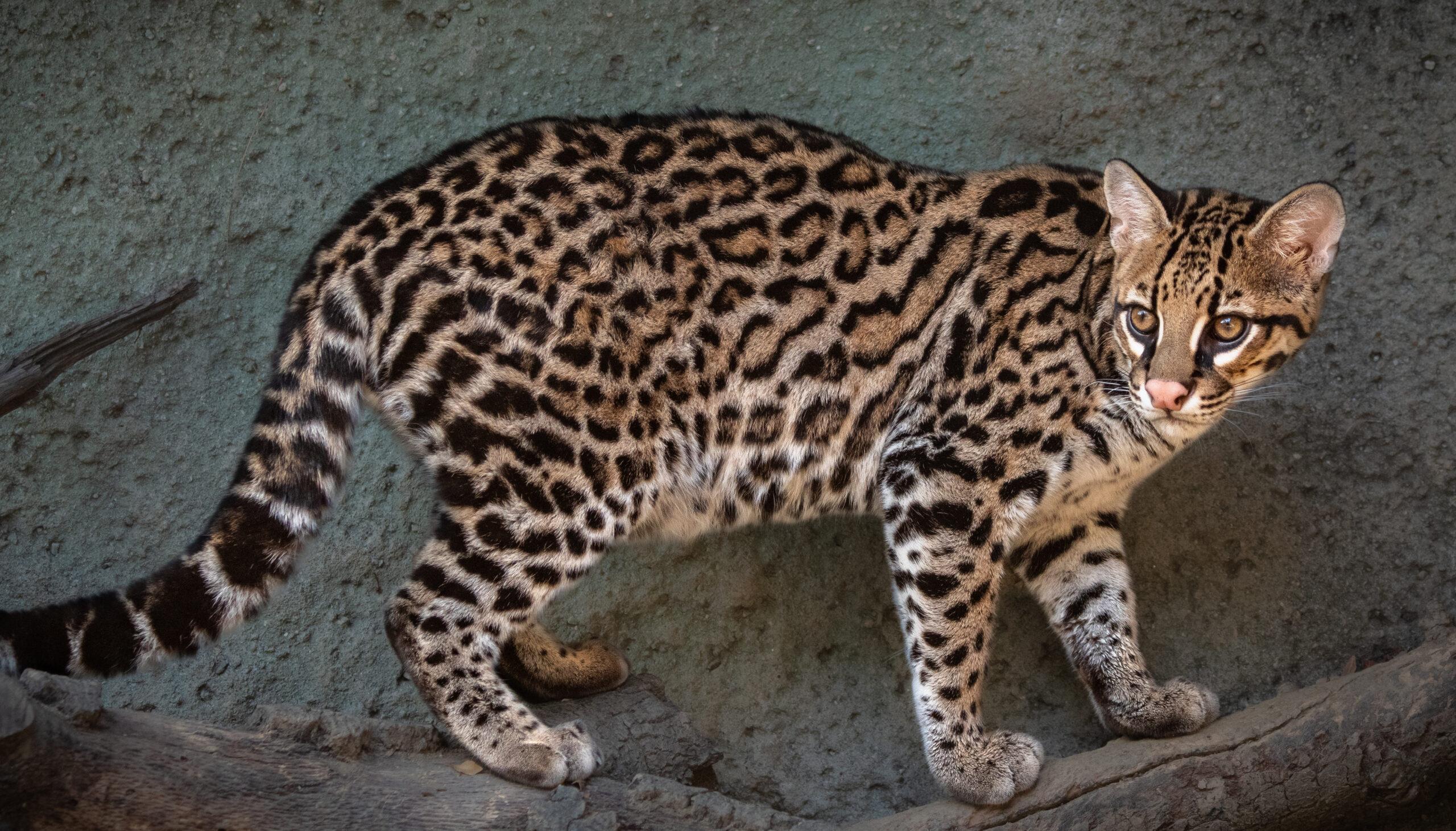
- Region of Habitat: Found across South America, Central America, Mexico, and small populations in Texas
- Scientific Name: Leopardus pardalis
- Feeding Habits: Carnivorous; hunts small mammals, birds, reptiles, and amphibians primarily at night
- What Sound They Make: Meows, growls, purrs, and a distinctive “yowl” during mating season.
Fun Facts
These spotted wildcats have incredibly adaptable vision, adjusting to changing light conditions six times faster than human eyes.
Despite their wild nature, ocelots were once popular exotic pets—Salvador Dalí famously kept an ocelot named Babou as his companion during the 1960s.
9. Olive baboon

- Region of Habitat: Central sub-Saharan Africa, from Mali to Ethiopia and Tanzania
- Scientific Name: Papio anubis
- Feeding Habits: Omnivorous; consumes fruits, roots, seeds, mushrooms, insects, and occasionally small vertebrates
- What Sound They Make: Variety of barks, grunts, screams, and “wahoos” (two-syllable calls by males)
Fun Facts
Olive baboons are named for their olive-green fur, but their most distinctive feature is their incredibly complex social structure with hierarchies that can change daily.
They’re remarkably intelligent problem-solvers who have been observed using stones as tools to access food and even kidnapping puppies to raise as guard dogs.
10. Oceanic dolphin

- Region of Habitat: All oceans and many seas worldwide
- Scientific Name: Family Delphinidae (includes over 30 species)
- Feeding Habits: Carnivorous; primarily eat fish and squid, hunting strategies vary by species
- What Sound They Make: Clicks, whistles, and burst-pulse sounds; each dolphin has a unique whistle that acts as a name
Fun Facts
Dolphins sleep with half their brain at a time, keeping one eye open to watch for predators and to surface for air.
They have exceptional cognitive abilities and can recognize themselves in mirrors—a rare trait that suggests self-awareness found in only a few animal species.
11. Olingo
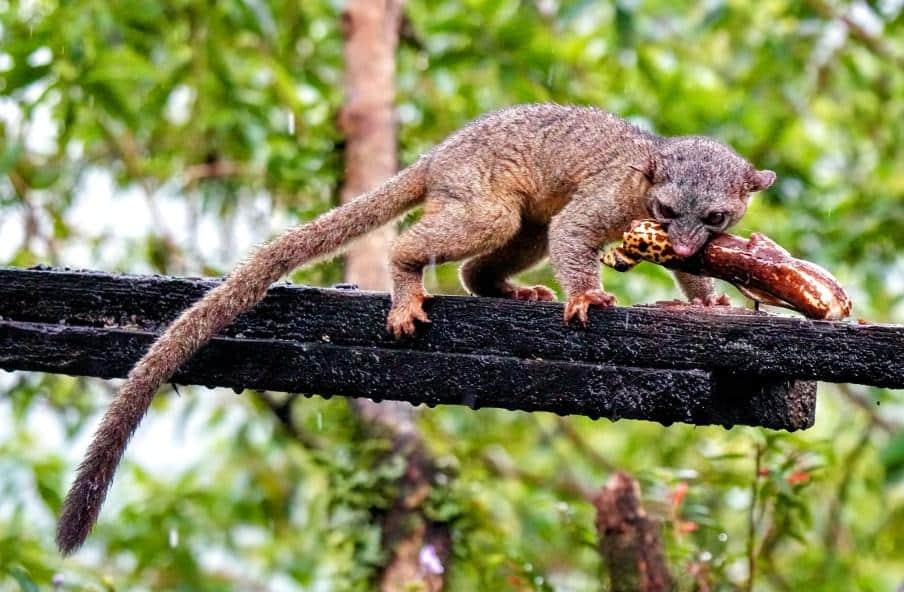
- Region of Habitat: Rainforests of Central and South America
- Scientific Name: Genus Bassaricyon (5 species)
- Feeding Habits: Omnivorous with focus on fruits; also consumes nectar, insects, and small vertebrates
- What Sound They Make: High-pitched “hoo-hoo” calls and rapid chattering sounds.
Fun Facts
Olingos were often confused with their close relative, the kinkajou, until scientific studies distinguished them in the 1960s. In 2013, a new olingo species (the olinguito) was discovered in the Andes—the first new carnivore mammal discovery in the Western Hemisphere in 35 years.
12. Ondatra (Muskrat)
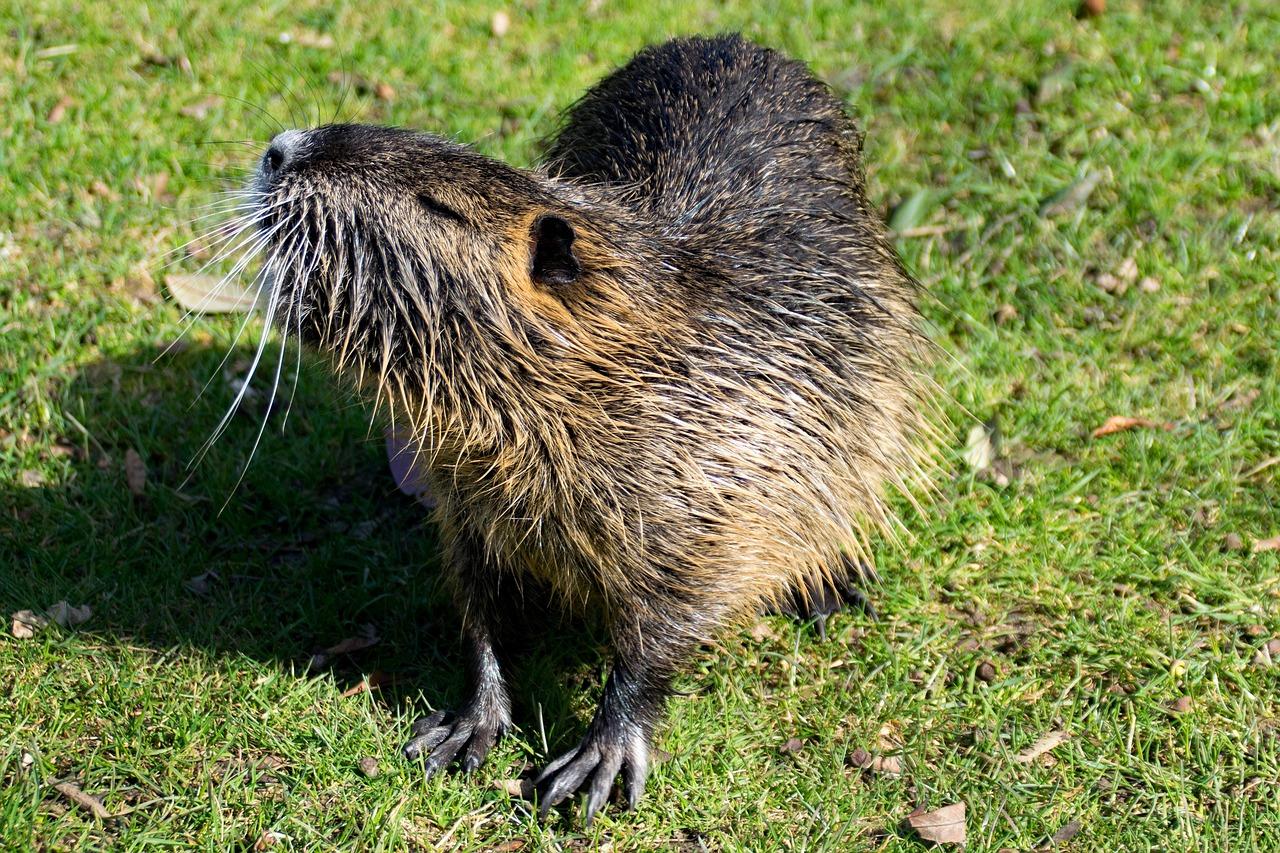
- Region of Habitat: Wetlands across North America and parts of Europe and Asia
- Scientific Name: Ondatra zibethicus
- Feeding Habits: Omnivorous; primarily eats aquatic plants, also small animals like crayfish and small fish
- What Sound They Make: Soft chirps, squeaks, and a distinctive low growl when threatened
Fun Facts
Muskrats are excellent engineers who build elaborate dome-shaped houses called “push-ups” from mud and vegetation.
These houses have underwater entrances to protect them from predators. Despite their rat-like appearance, muskrats are not true rats but are more closely related to voles and lemmings.
13. Owl monkey
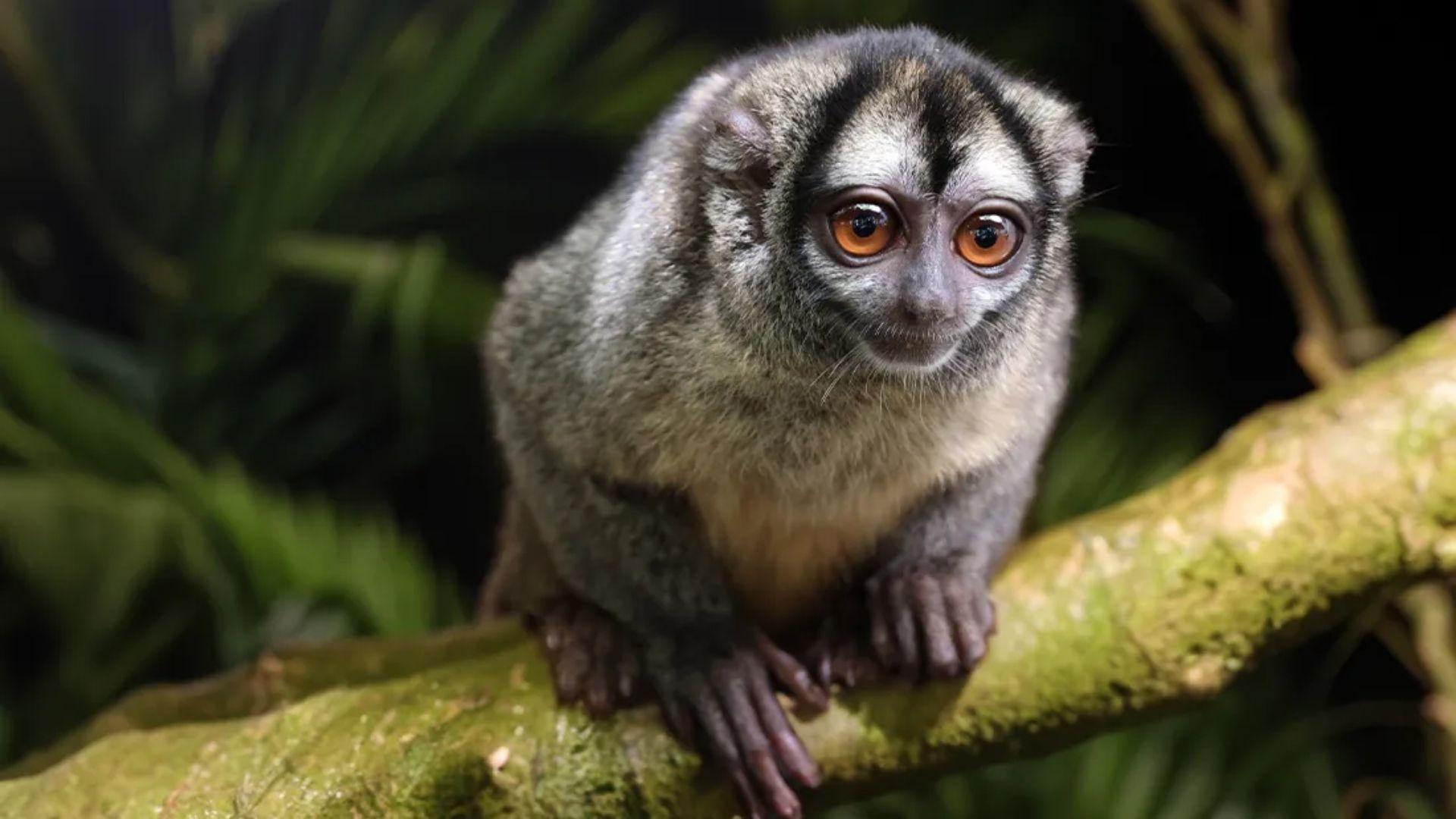
- Region of Habitat: Forests of Central and South America
- Scientific Name: Genus Aotus (11 species)
- Feeding Habits: Omnivorous; eats fruits, leaves, insects, small vertebrates, and bird eggs
- What Sound They Make: Variety of hoots, trills, and grunts; loud resonating “hoot-hoot-hoot” territorial calls
Fun Facts
Also known as “night monkeys,” owl monkeys are the world’s only truly nocturnal primates with large eyes specialized for night vision.
They form monogamous pairs that mate for life—a rarity among primates—with fathers playing an unusually active role in raising offspring, carrying babies more than mothers do.
14. Oncilla
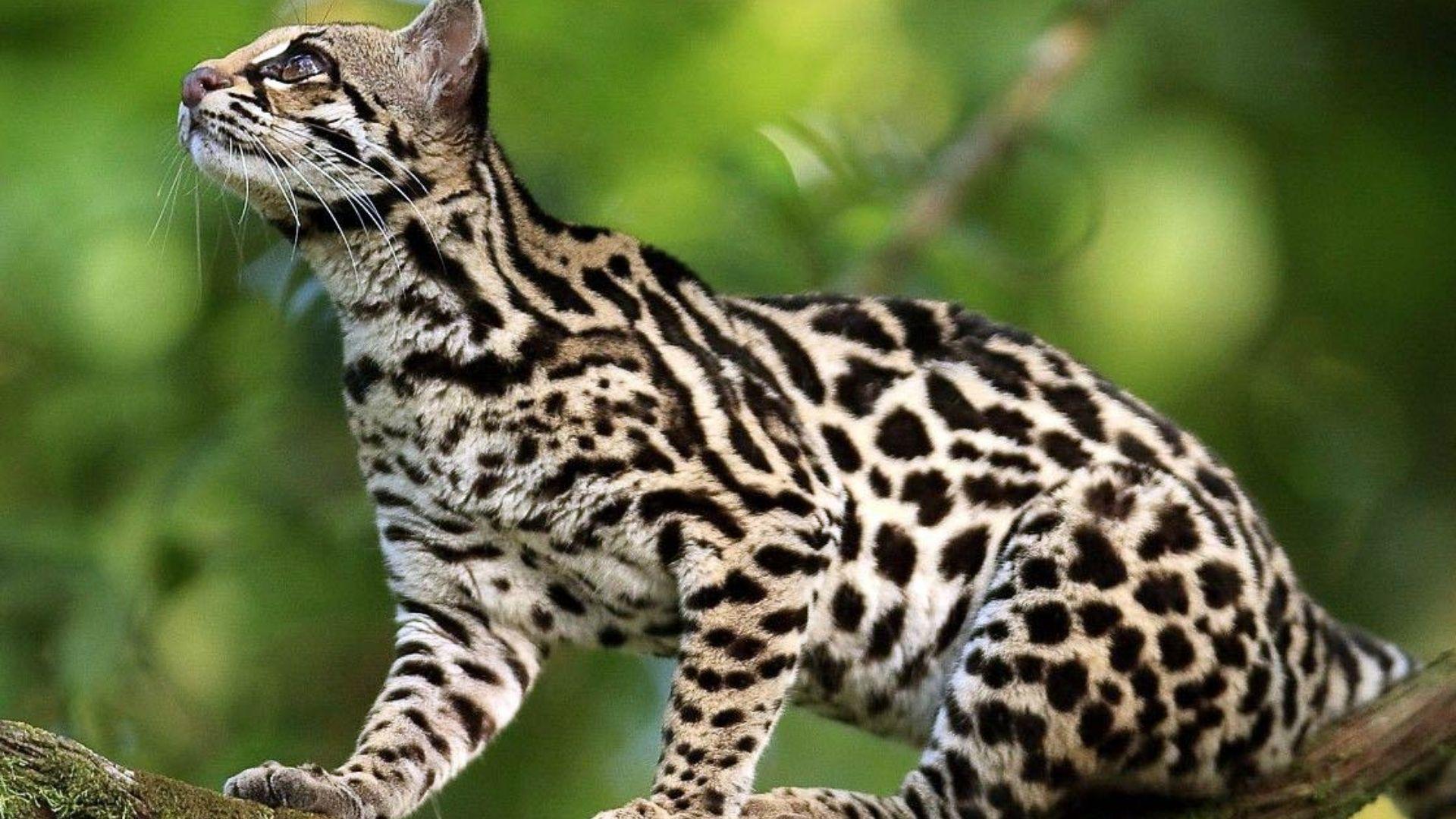
- Region of Habitat: Forests of Central and South America
- Scientific Name: Leopardus tigrinus
- Feeding Habits: Carnivorous; hunts small mammals, birds, lizards, and insects
- What Sound They Make: Purrs, meows, and chirps similar to domestic cats but higher-pitched
Fun Facts
The oncilla is sometimes called the “tiger cat” due to its tiger-like markings, despite being one of the smallest wild cats, about the size of a large house cat.
They’re exceptional climbers who spend much of their time in trees. Because they are so unreachable, researchers know remarkably little about their wild behavior.
15. Oribi
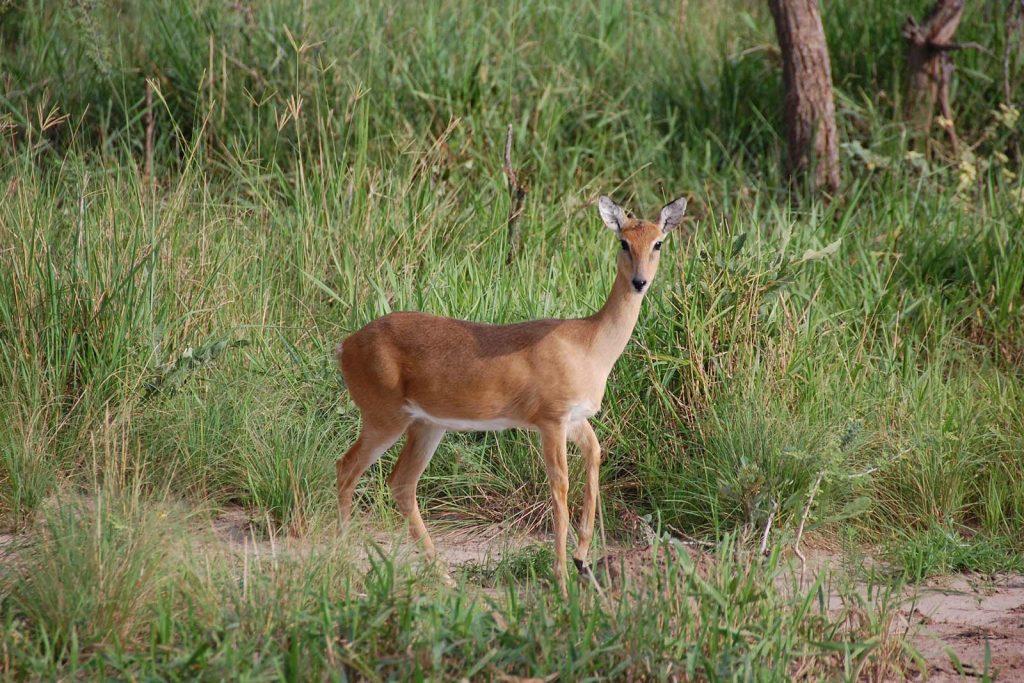
- Region of Habitat: Grasslands across sub-Saharan Africa
- Scientific Name: Ourebia ourebi
- Feeding Habits: Herbivorous; selectively feeds on fresh grass shoots and herbs
- What Sound They Make: Sharp, shrill whistling alarm call; females make a soft “mwah” sound to maintain contact with young
Fun Facts
Oribis perform a unique behavior called “pronking” when threatened—a series of stiff-legged jumps up to 3 feet high with their white-tailed rumps flashing as a warning signal.
They’re extraordinary athletes who can reach speeds up to 50 mph and make incredible leaps of up to 15 feet in a single bound.
16. Onager
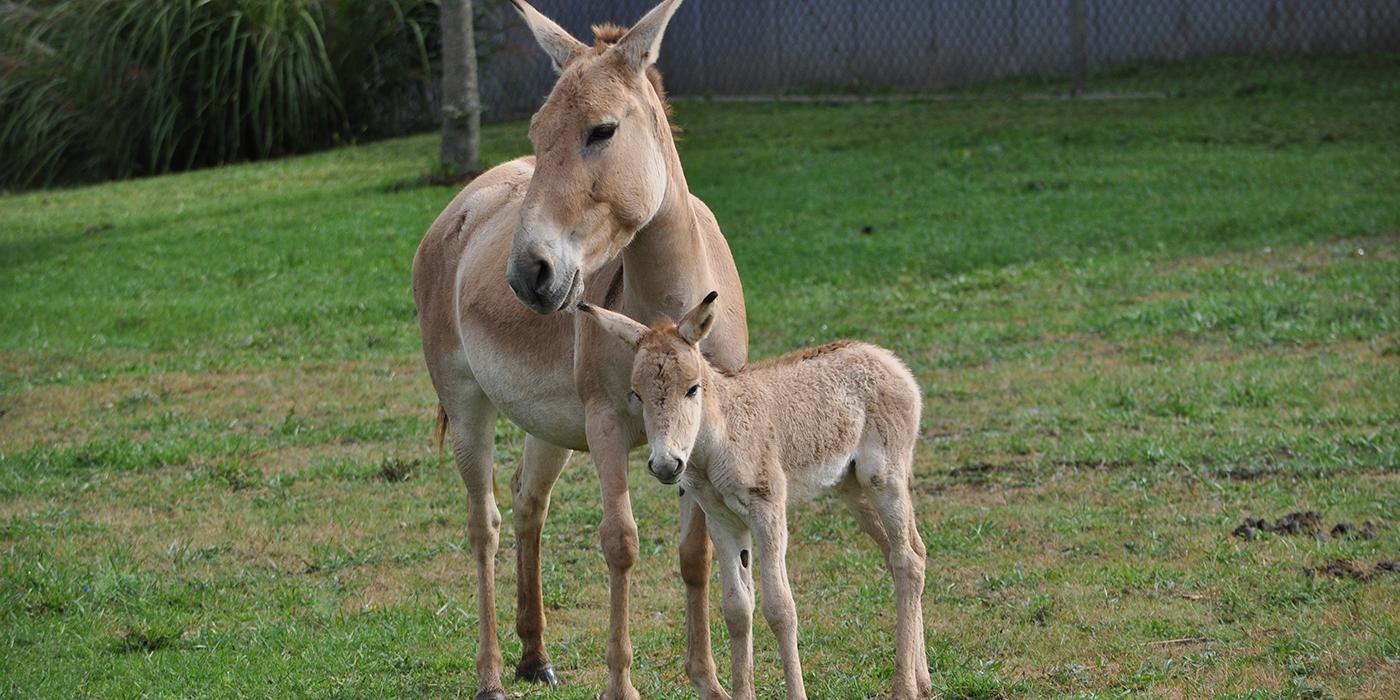
- Region of Habitat: Desert and steppe regions of Iran, Pakistan, India, and Mongolia
- Scientific Name: Equus hemionus
- Feeding Habits: Herbivorous; grazes on grasses, herbs, shrubs, and occasionally tree bark
- What Sound They Make: Loud braying sound similar to a donkey’s, but higher-pitched
Fun Facts
The onager is mentioned in the Bible and was domesticated by the ancient Sumerians around 2600 BCE for pulling war chariots.
Despite appearing delicate, these wild asses can survive in extreme desert conditions where temperatures range from -40°F in winter to 120°F in summer.
17. Otter civet
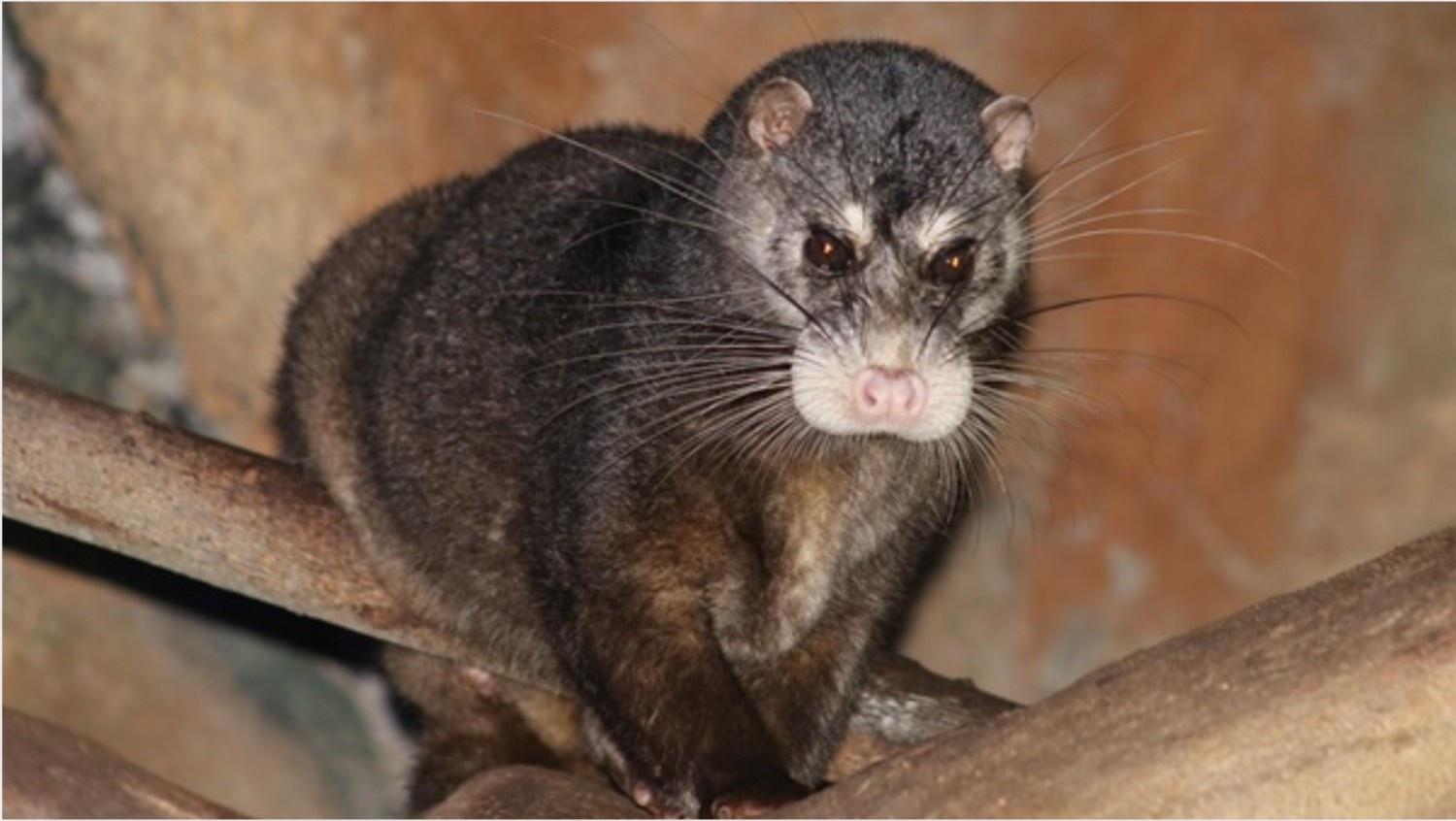
- Region of Habitat: Southeast Asia, primarily Malaysia, Indonesia, and Brunei
- Scientific Name: Cynogale bennettii
- Feeding Habits: Carnivorous; feeds on fish, crustaceans, mollusks, small mammals, and birds
- What Sound They Make: Soft chirps and growls; rarely vocalize
Fun Facts
Despite its name and otter-like appearance, the otter civet is actually a member of the viverrid family (related to genets and civets).
This semi-aquatic mammal has special adaptations for hunting underwater, including closable nostrils, webbed feet, and an exceptionally dense, water-resistant coat.
Some More Mammals Starting With The Letter ‘O’
18. Olive colobus monkey
19. Oribi
20. Olingo
21. Onager (Asian wild ass)
22. Oceanic dolphin
23. Oncilla (tiger cat)
24. Otter civet
25. Olympic black bear
26. Orange nectar bat
27. Olinguito
28. Owl-faced monkey
29. Oregon vole
30. Orizaba cottontail
31. Ord’s kangaroo rat
32. Orange-bellied squirrel
33. Ocellated pangolin
34. Orinoco dolphin (Amazon river dolphin)
35. Osgood’s deer mouse
36. Oaxacan deer mouse
37. Oldfield mouse
38. Opossum rat
39. Ornate dormouse
40. Olive flying squirrel
41. Orange-rumped agouti
42. Ornate shrew
43. Omilteme cottontail
44. Ornate kangaroo rat
45. Ontong Java flying fox
46. Oldfield white-footed mouse
47. Oman mouse-tailed bat
48. Ouvéa flying fox
49. Ogasawara flying fox
50. Omani hedgehog
51. Orlando mouse
52. Ozark pygmy shrew
53. Osgood’s short-tailed opossum
54. Ochre mouse
55. Ornate rice rat
56. Ornate tree rat
57. Olympic marmot
58. Orange-spined hairy dwarf porcupine
59. Oaxacan blond-tailed rat
60. Ornate fruit-eating bat
61. Ornate mouse-eared bat
62. Ogilby’s duiker
63. Ortegon’s spiny pocket mouse
64. Osgood’s spiny pocket mouse
65. Oaxacan spiny pocket mouse
66. Omilteme rabbit
67. Osborn’s caribou
68. Ossa rice rat
69. Omotehmen flying squirrel
70. Orange-footed marsupial mouse
71. Opossum shrew
Mammal Breeds Whose Name Starts With “O”
72. Old English Bulldog
73. Orlov trotter horse
74. Oxford Down sheep
75. Ossabaw Island hog
76. Ottawa Valley cattle
77. Oldenberg Red Pied cattle
Mammals Whose Scientific Name Starts With “O”
78. Oryctolagus cuniculus (European rabbit)
79. Ovis canadensis (bighorn sheep)
80. Omura’s whale
81. Owl monkey
82. Otocyon megalotis (bat-eared fox)
83. Otariidae (fur seal family)
84. Ovis dalli (Dall sheep)
85. Onychogalea (nail-tailed wallaby)
86. Ozotocerus bezoarticus (pampas deer)
87. Oman ibex
88. Oriental small-clawed otter
89. Ovis ammon (argali sheep)
90. Ovis nivicola (snow sheep)
91. Ochrotomys nuttalli (golden mouse)
92. Otocolobus manul (Pallas’s cat)
93. Octodon (degu genus)
94. Otomys (vlei rat genus)
95. Okapia johnstoni
96. Odontoceti (toothed whale suborder)
97. Otocyon (bat-eared fox genus)
98. Ochotona (pika genus)
99. Orinoco crocodile (not a mammal – reptile)
100. Ozark big-eared bat
101. Ornate kangaroo rat
Wrapping It Up
As we wrap up our look at these O-named mammals, we can see how each one plays an important role in nature.
These animals, whether they live in oceans, forests, deserts, or even our homes, have found clever ways to survive in their worlds.
Some are doing well, while others need our help to keep their homes safe. Each has a story worth telling, from how they find food to how they care for their children.
By learning about these creatures, we gain a deeper understanding of the natural world around us. The next time you spot an okapi at the zoo or hear about orcas in the news, you’ll know more about these amazing animals.
Our planet’s wildlife is full of surprises, and these O-named mammals are just one wonderful piece of that puzzle.
If you’re interested in more informative animal and wildlife content, feel free to click here and explore other blogs that you might enjoy!

